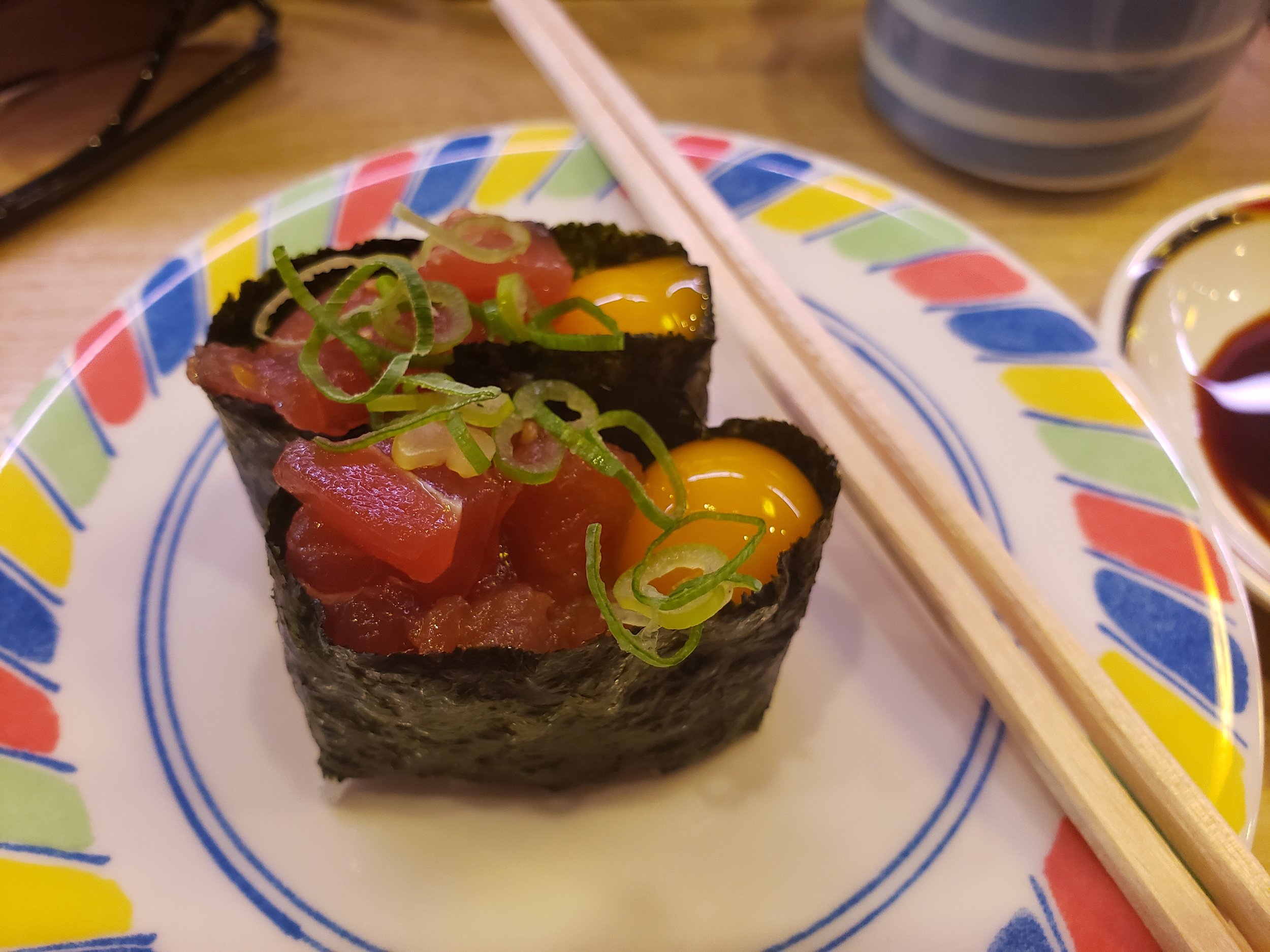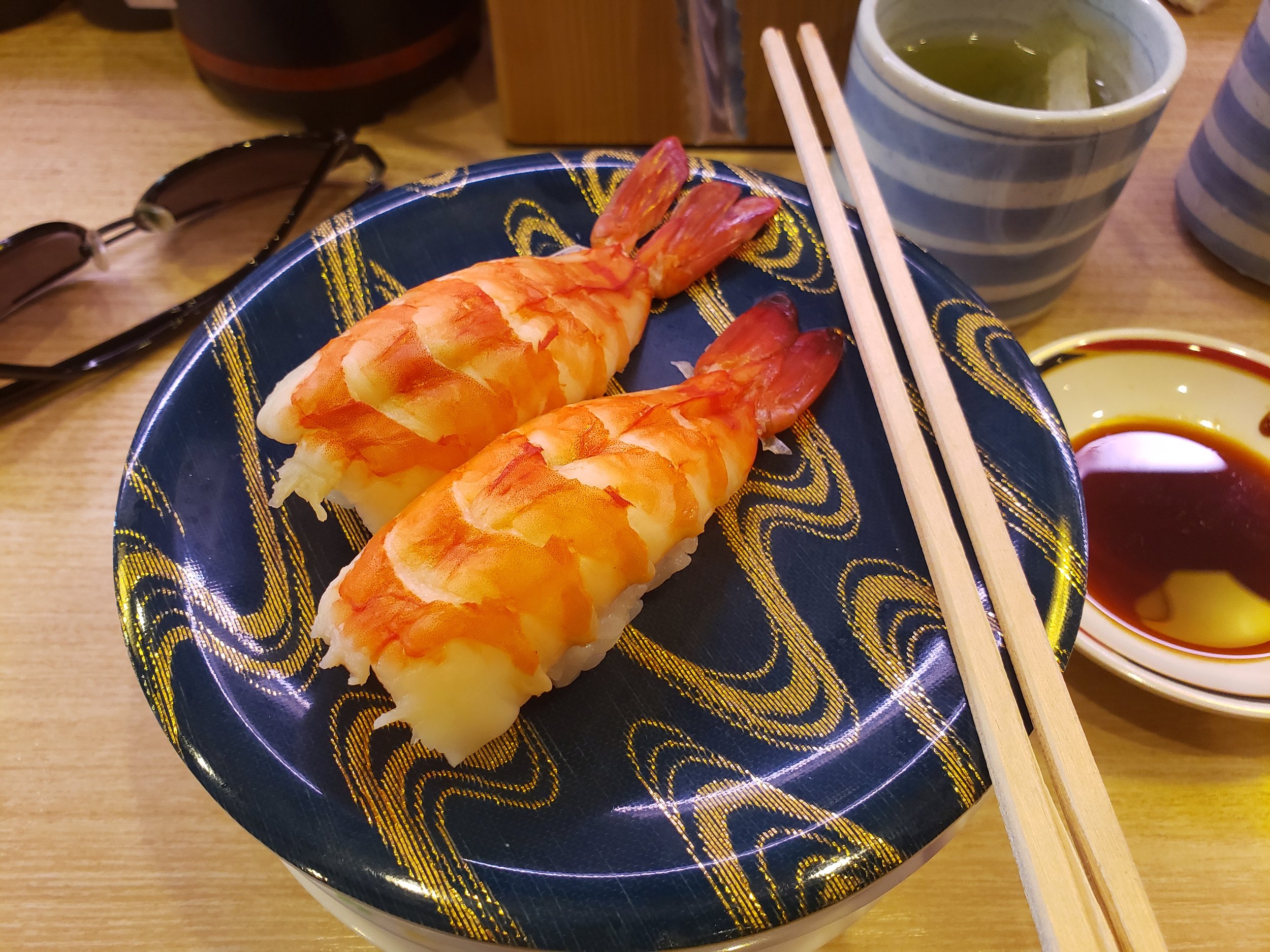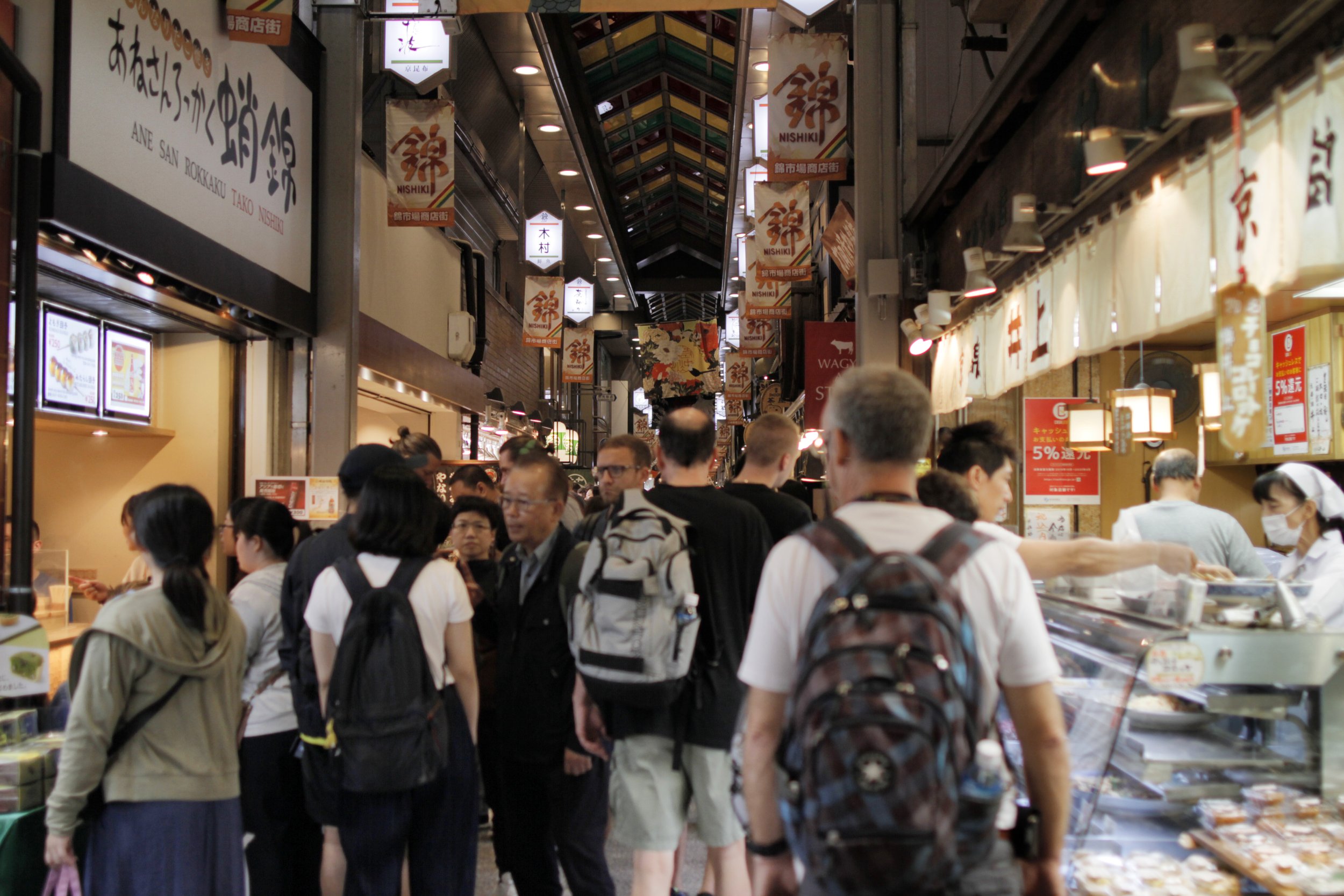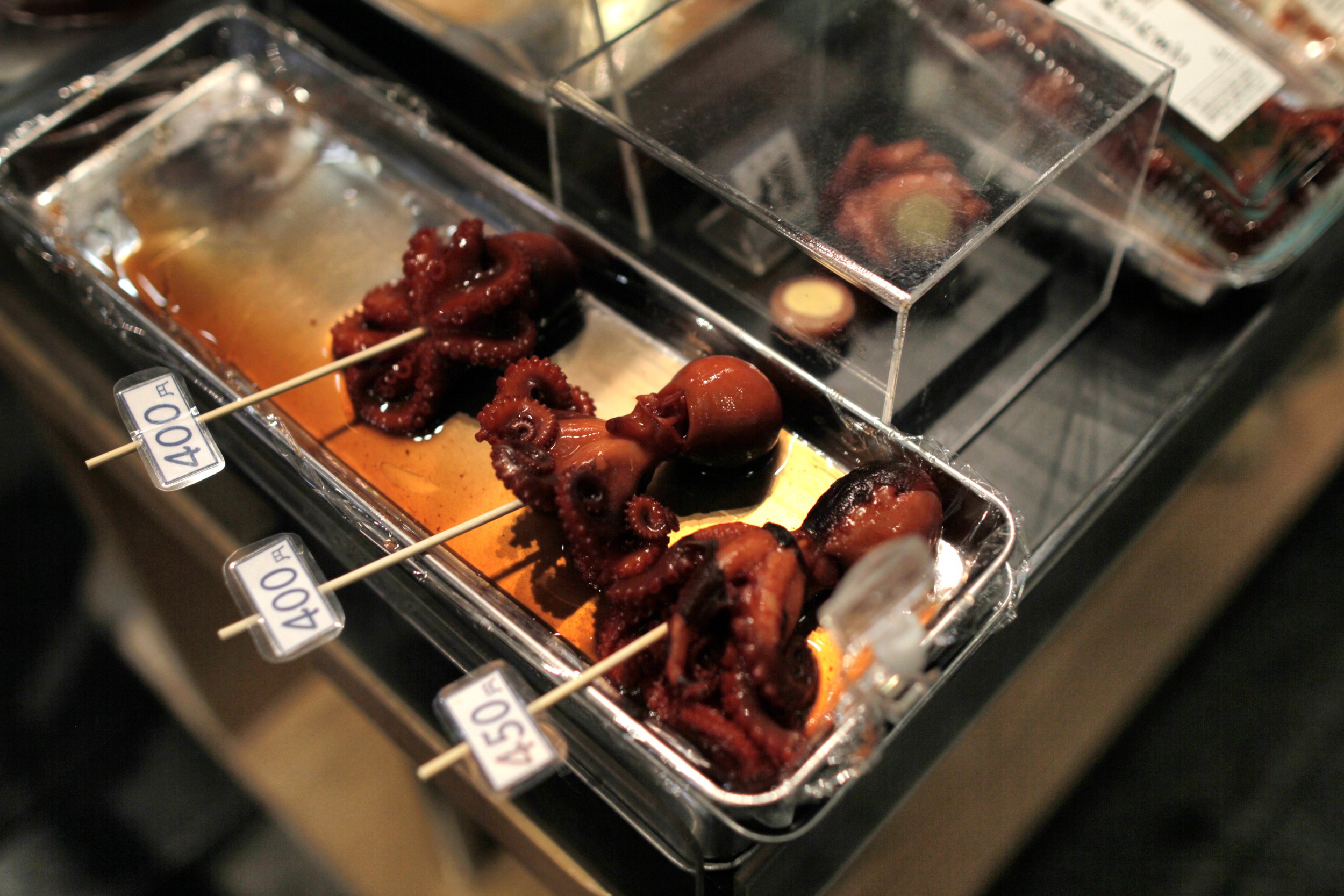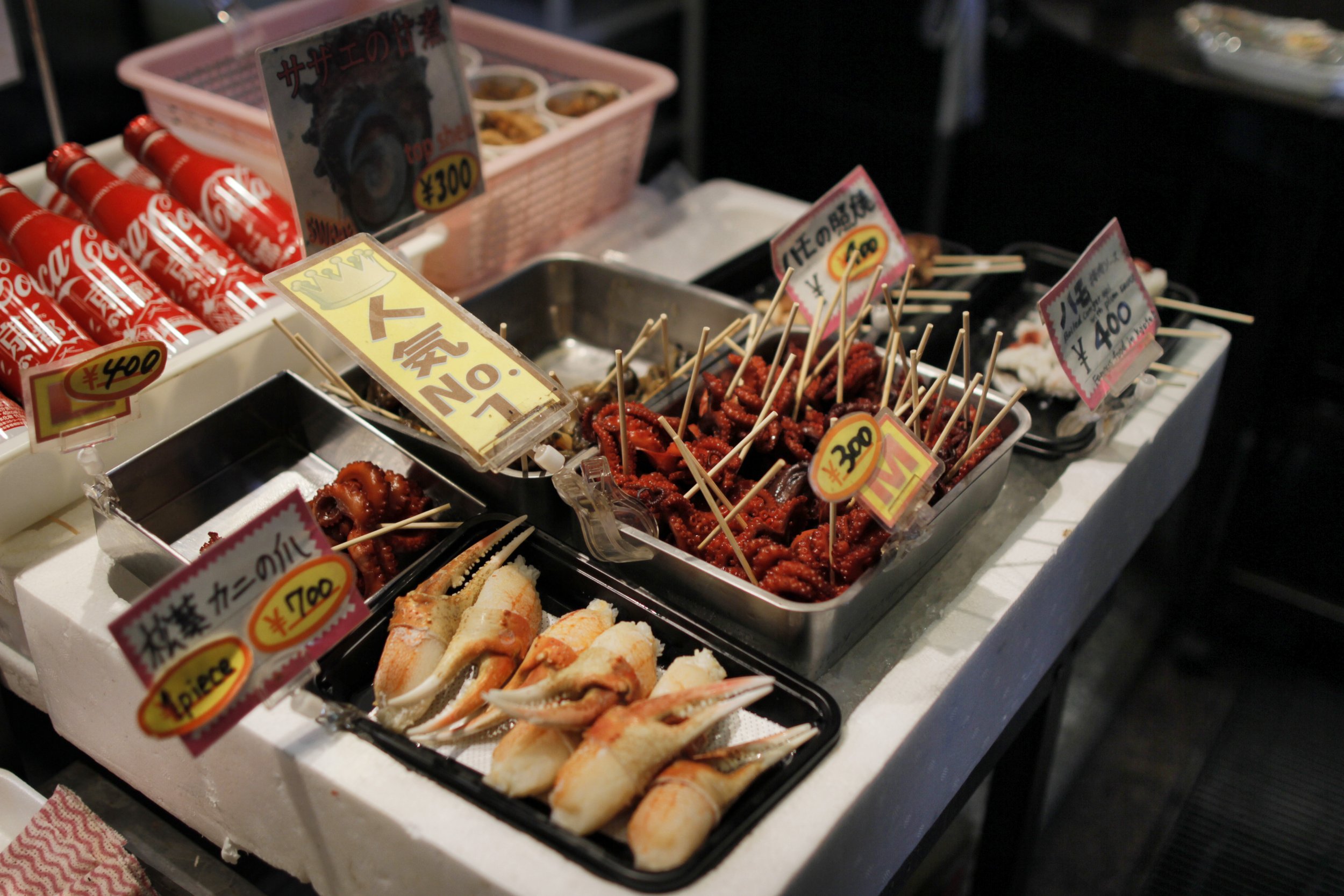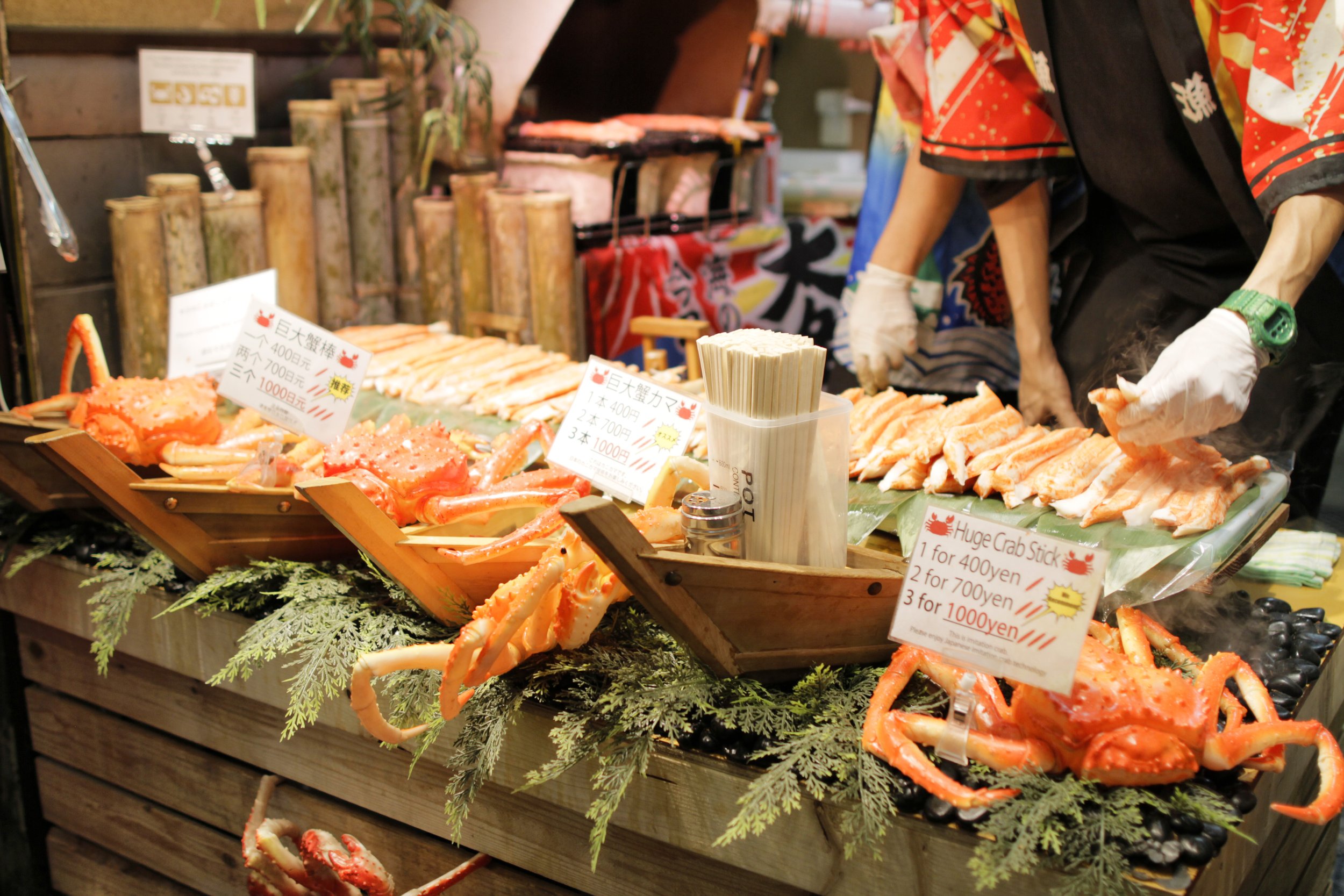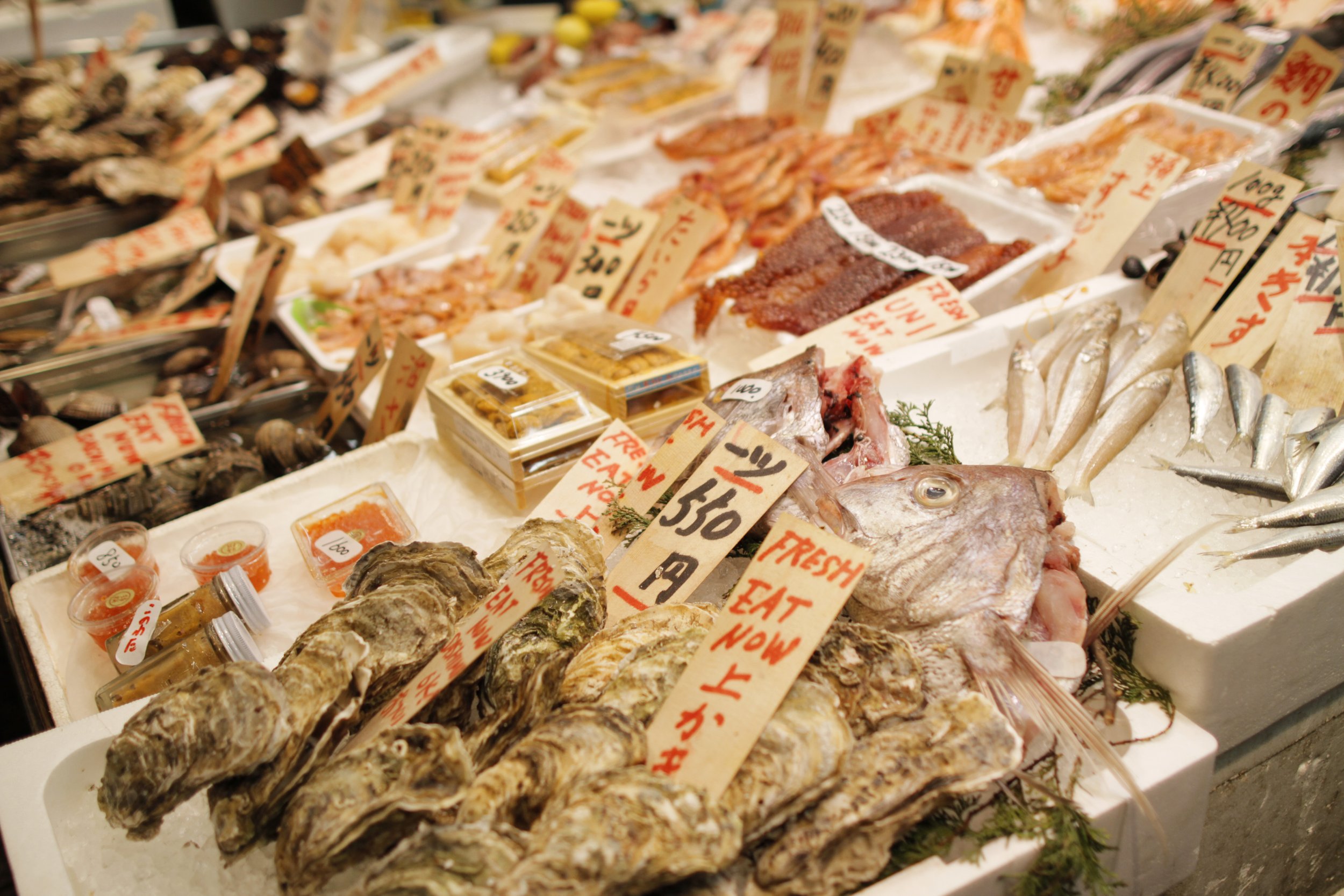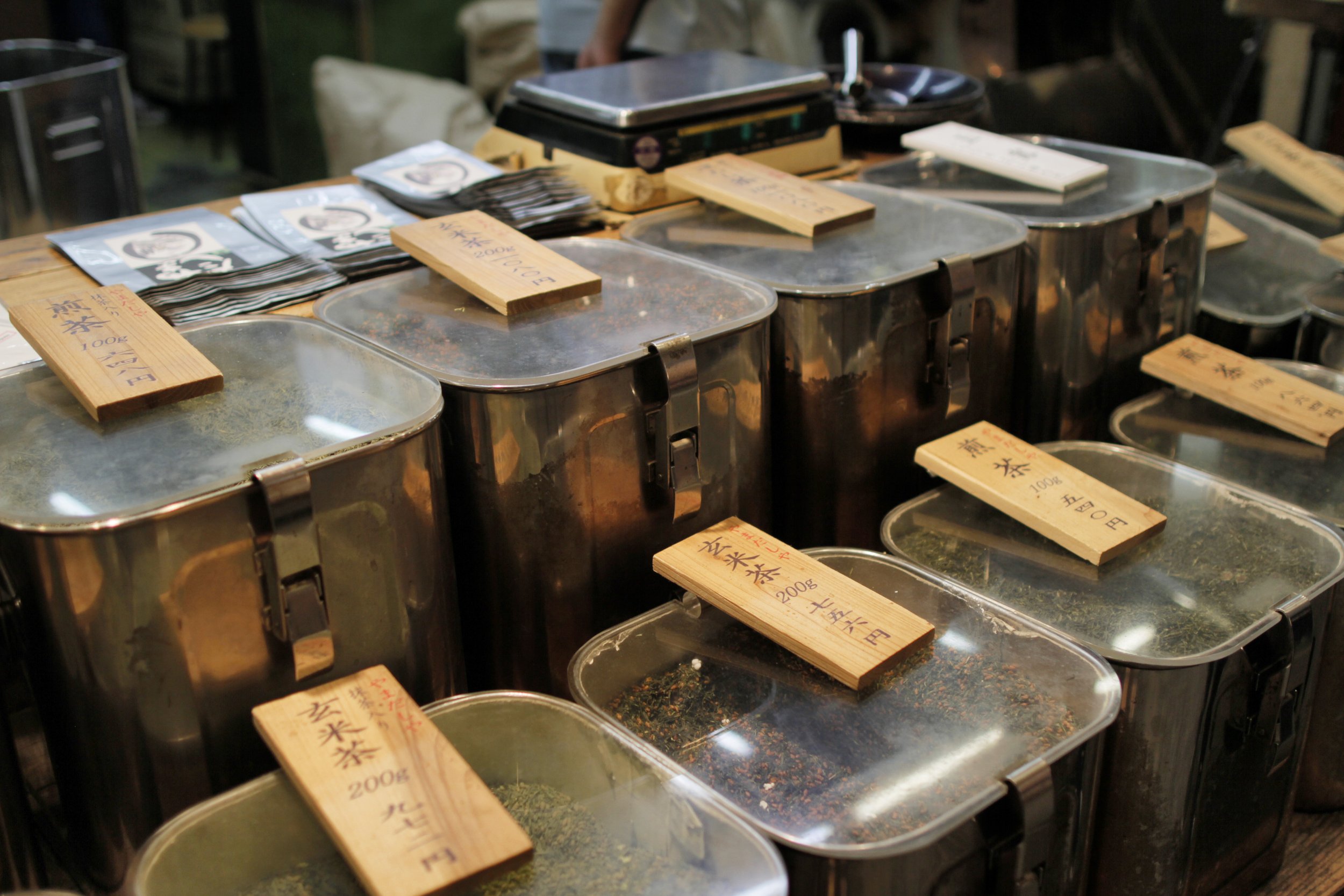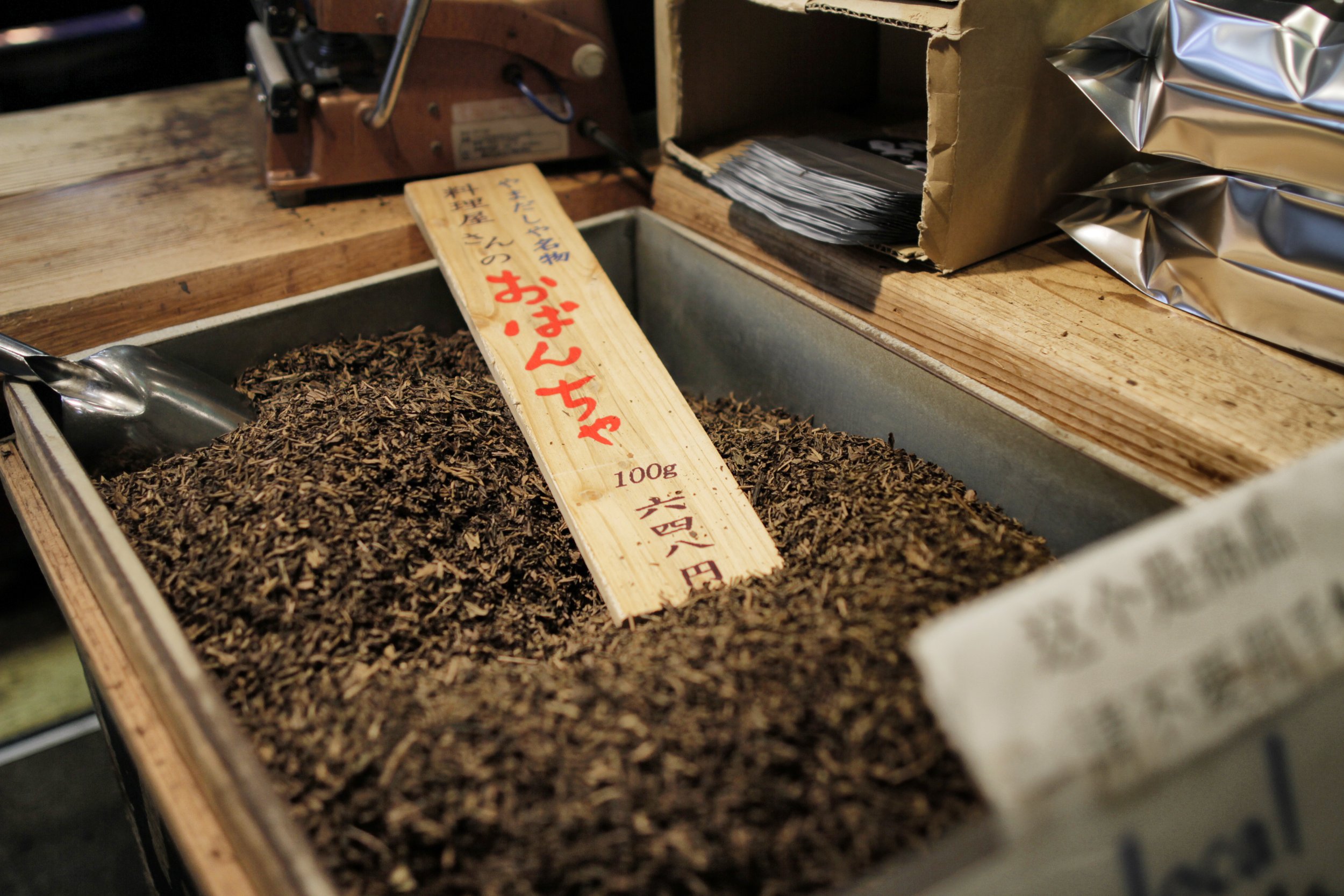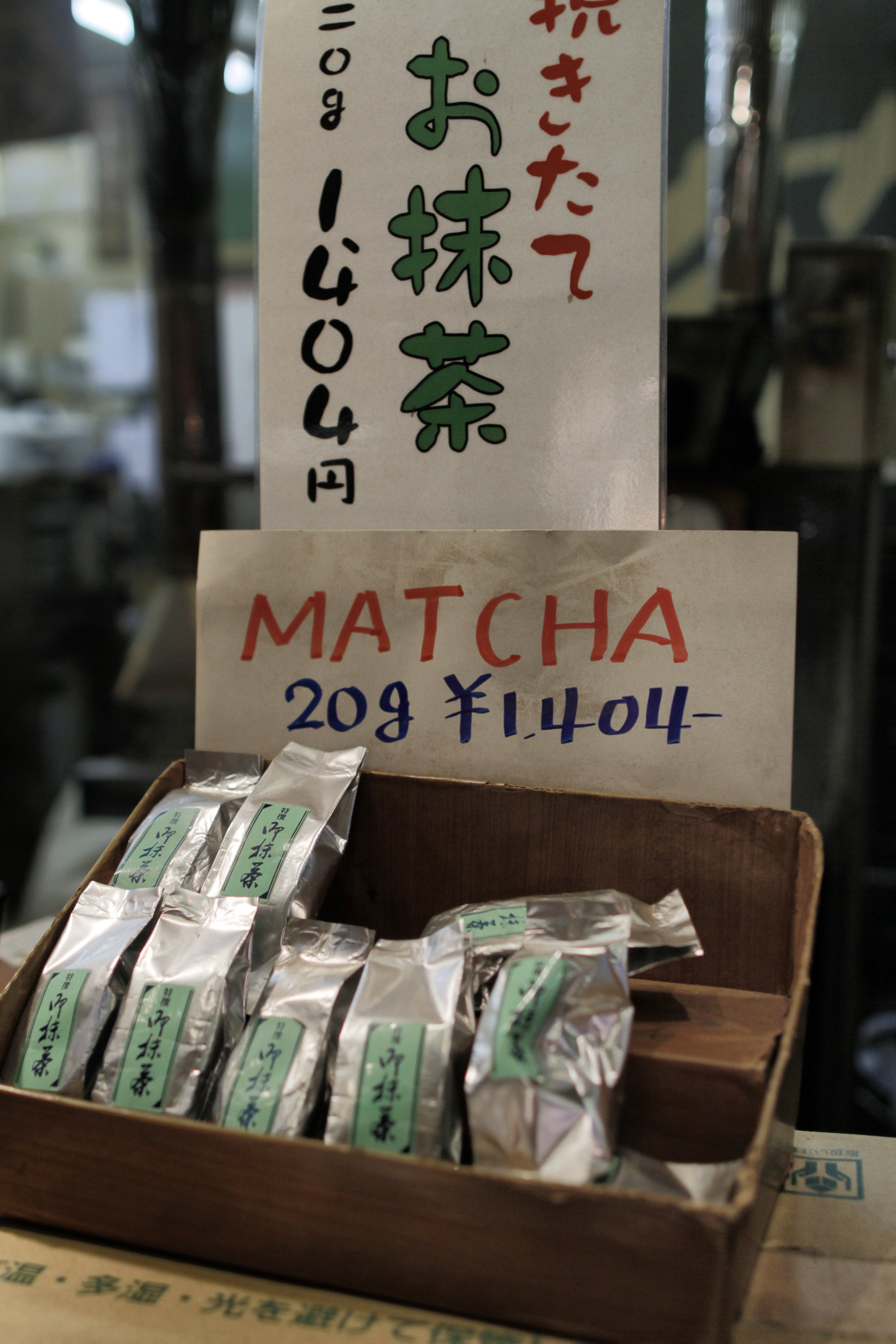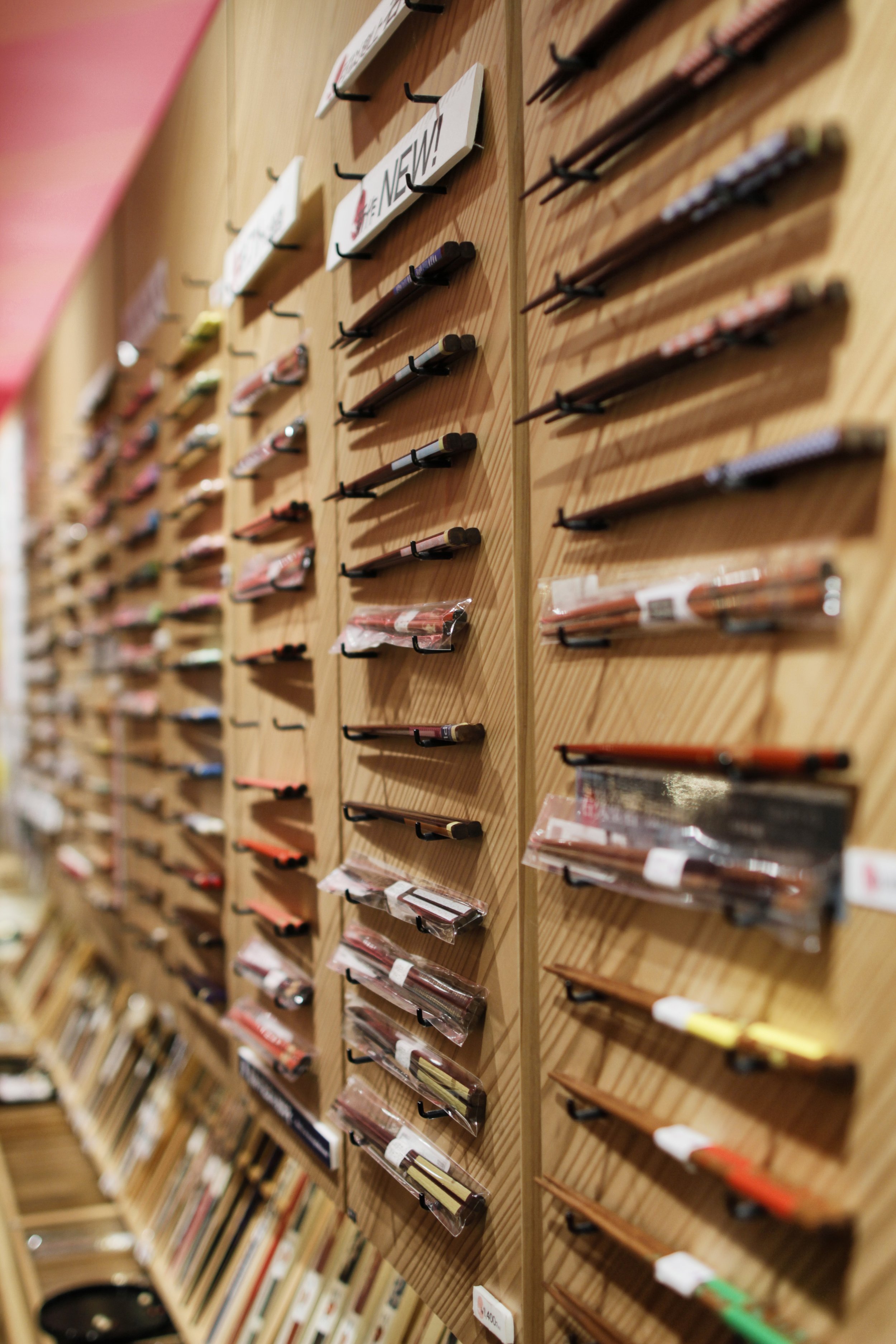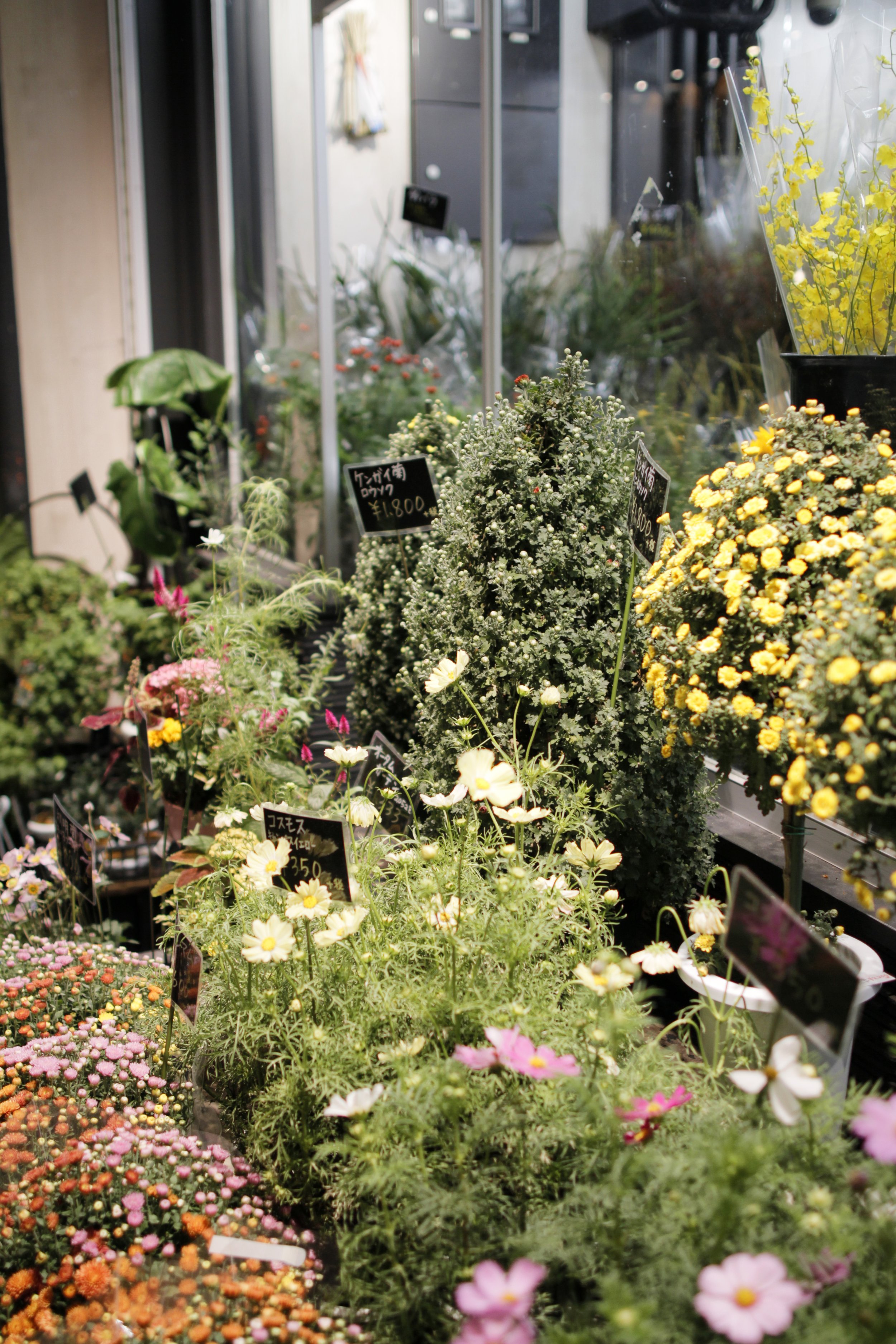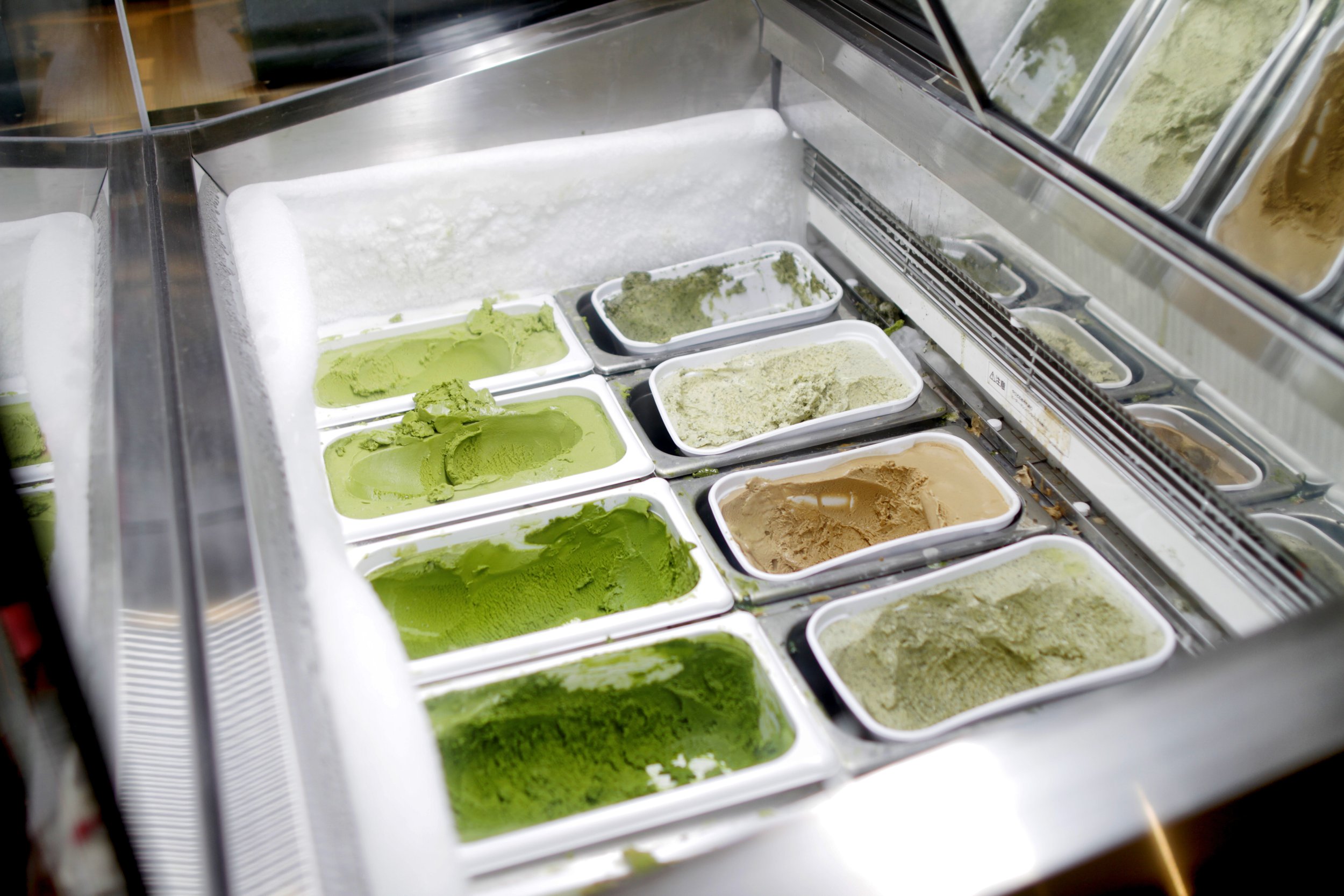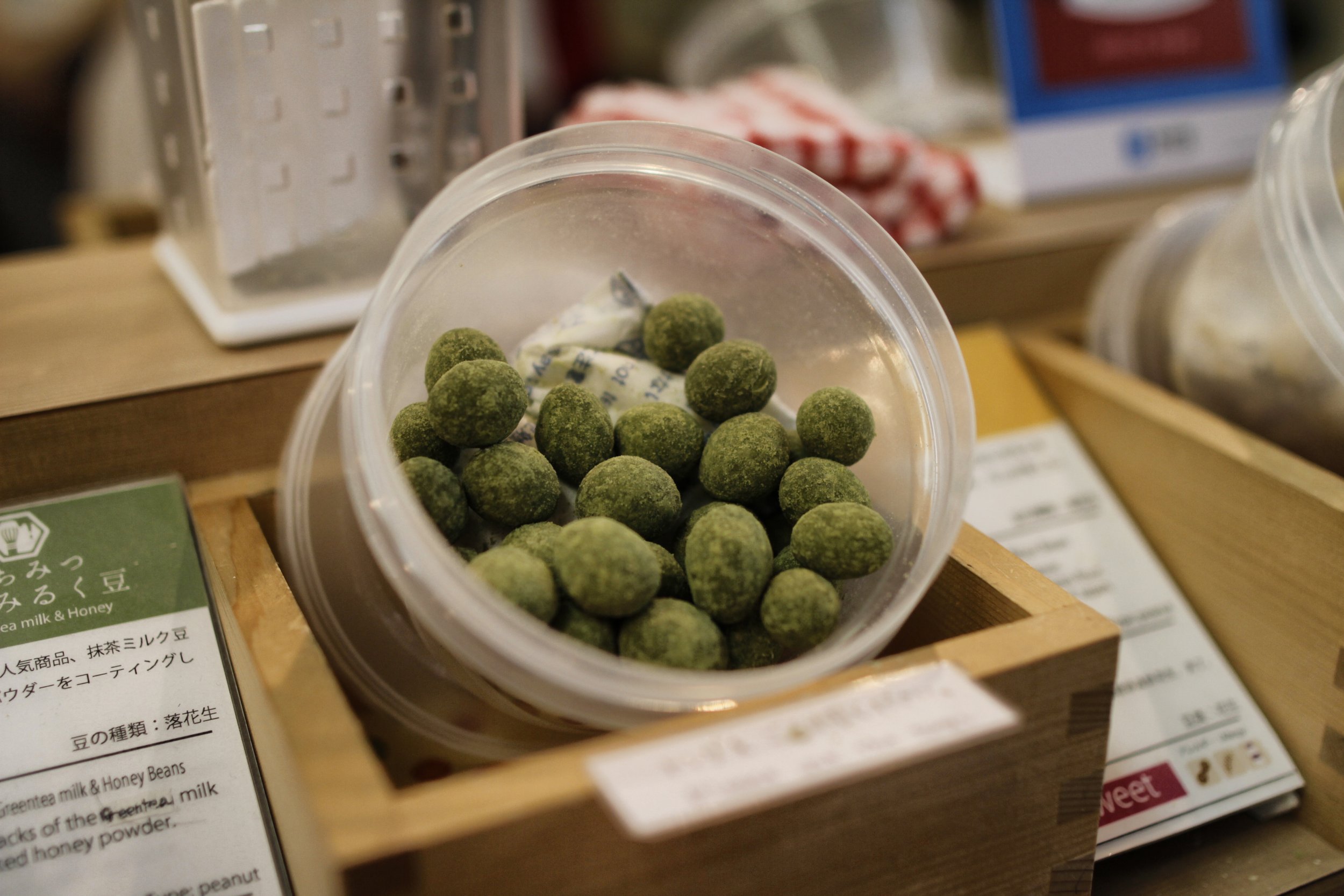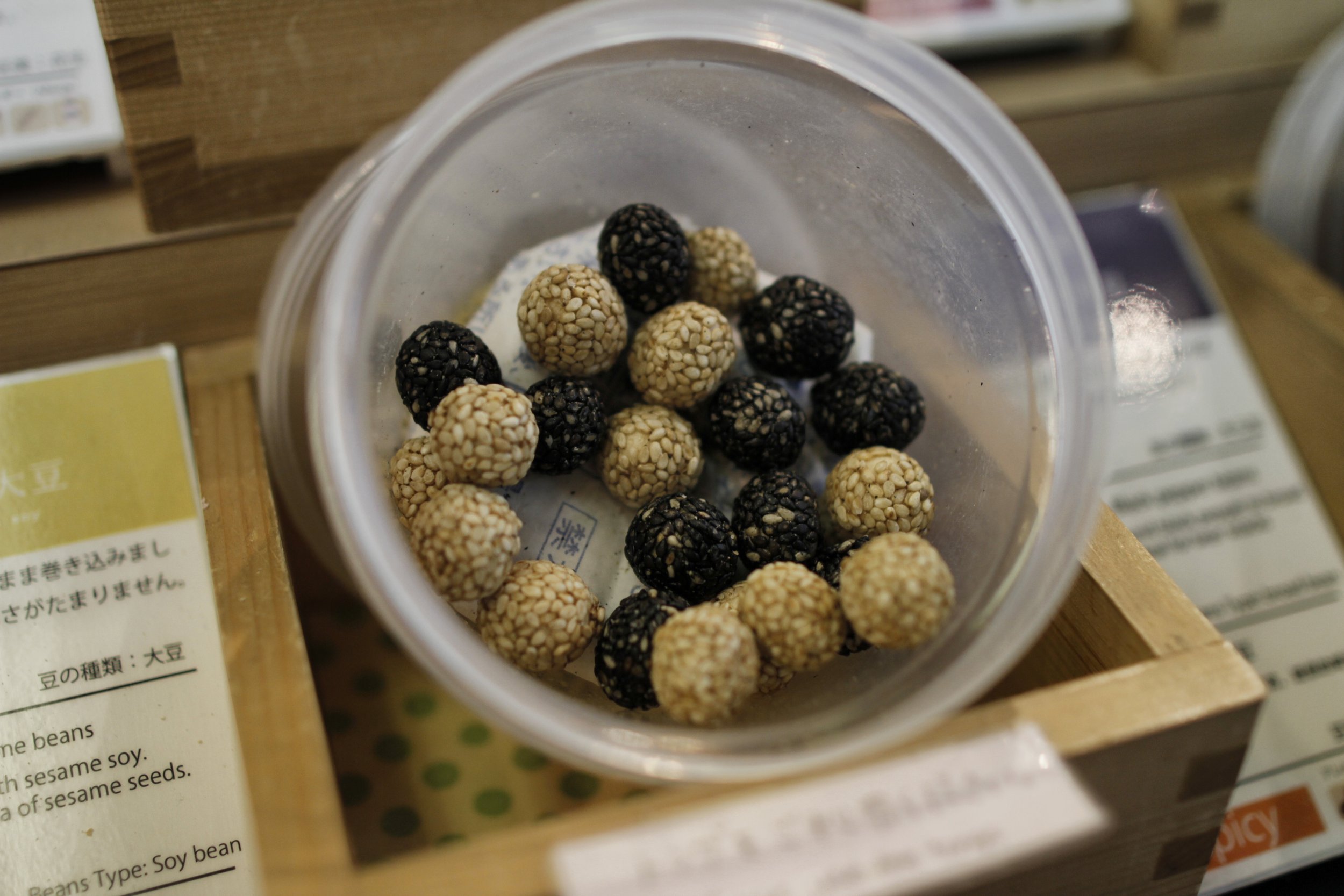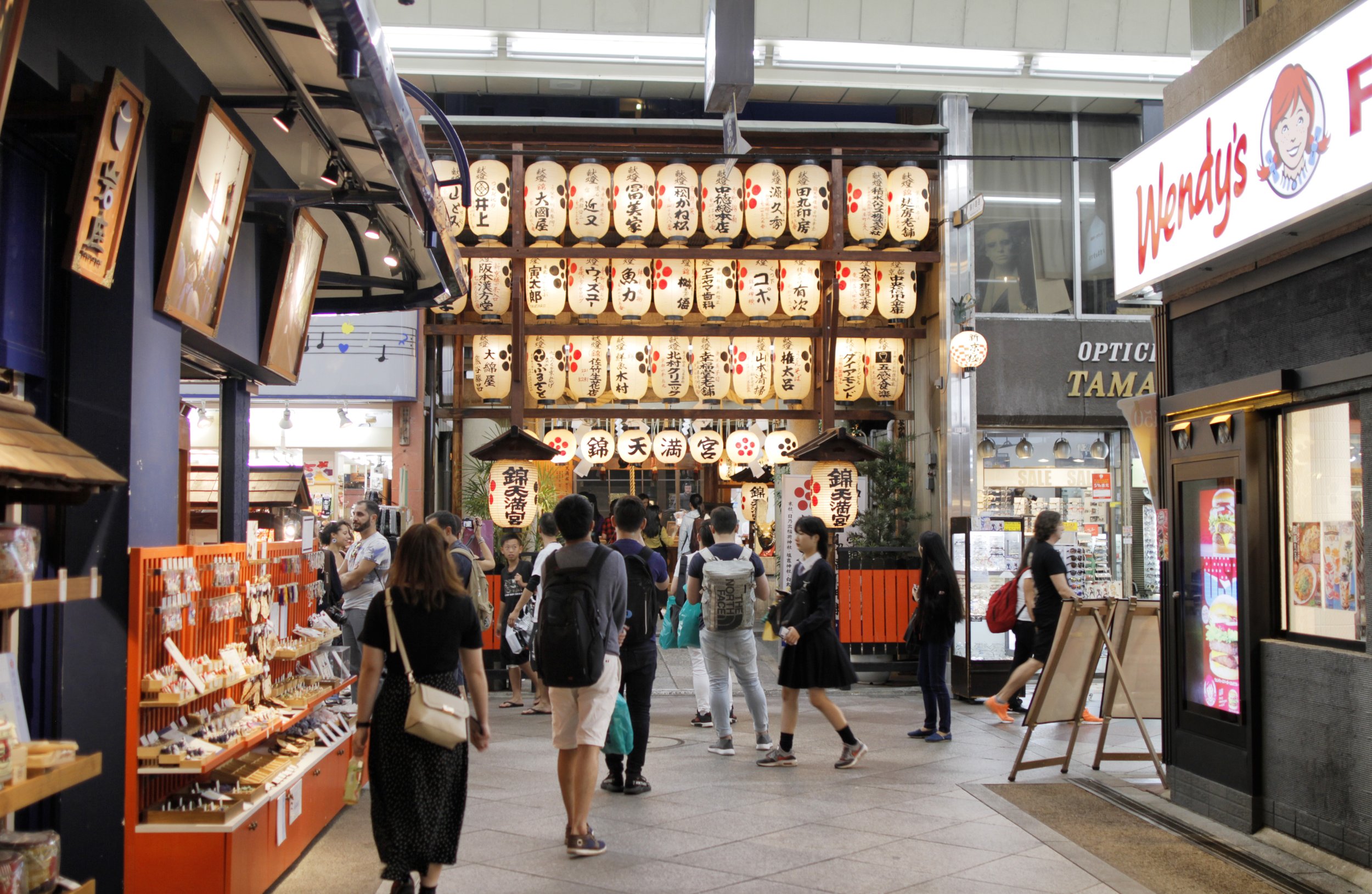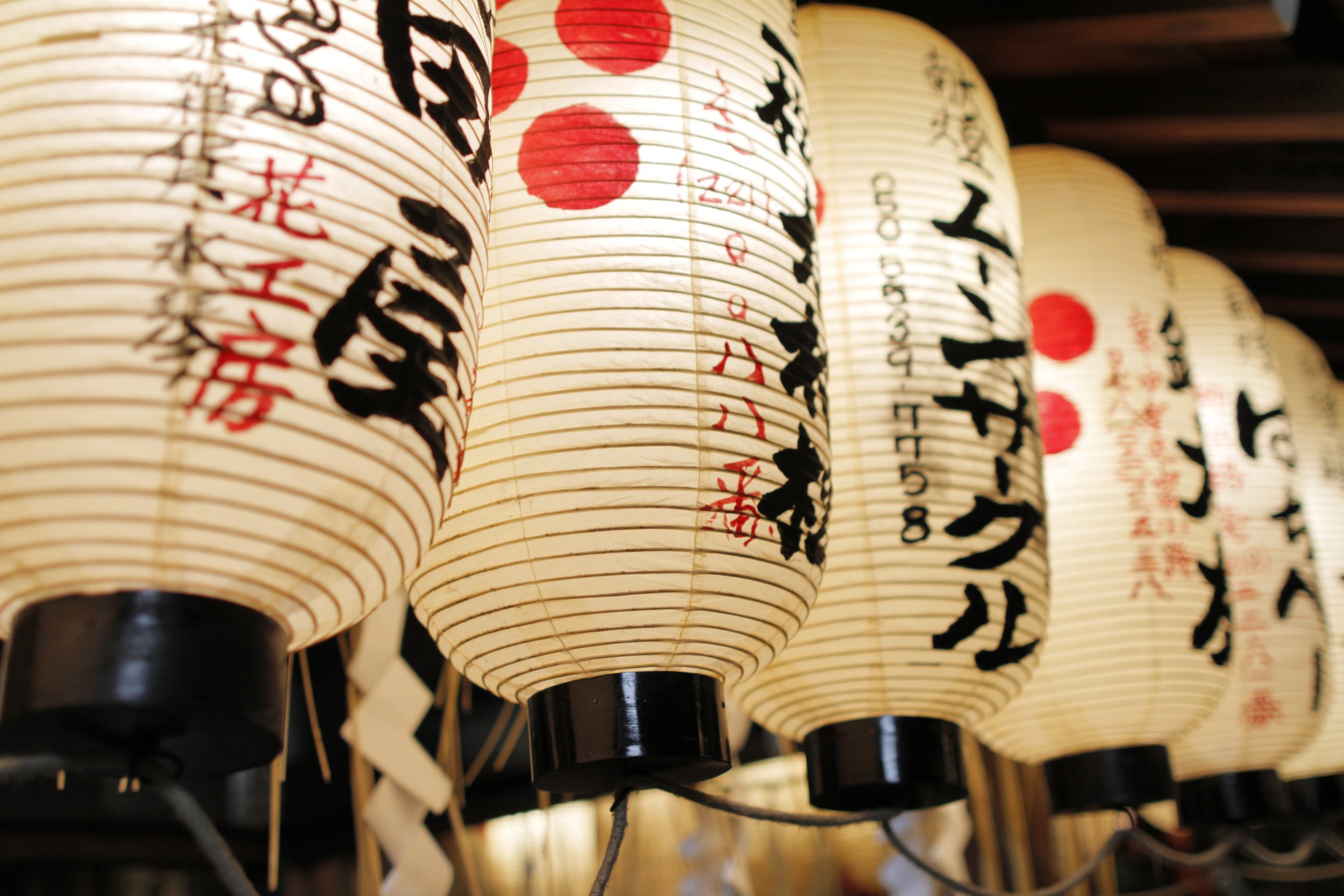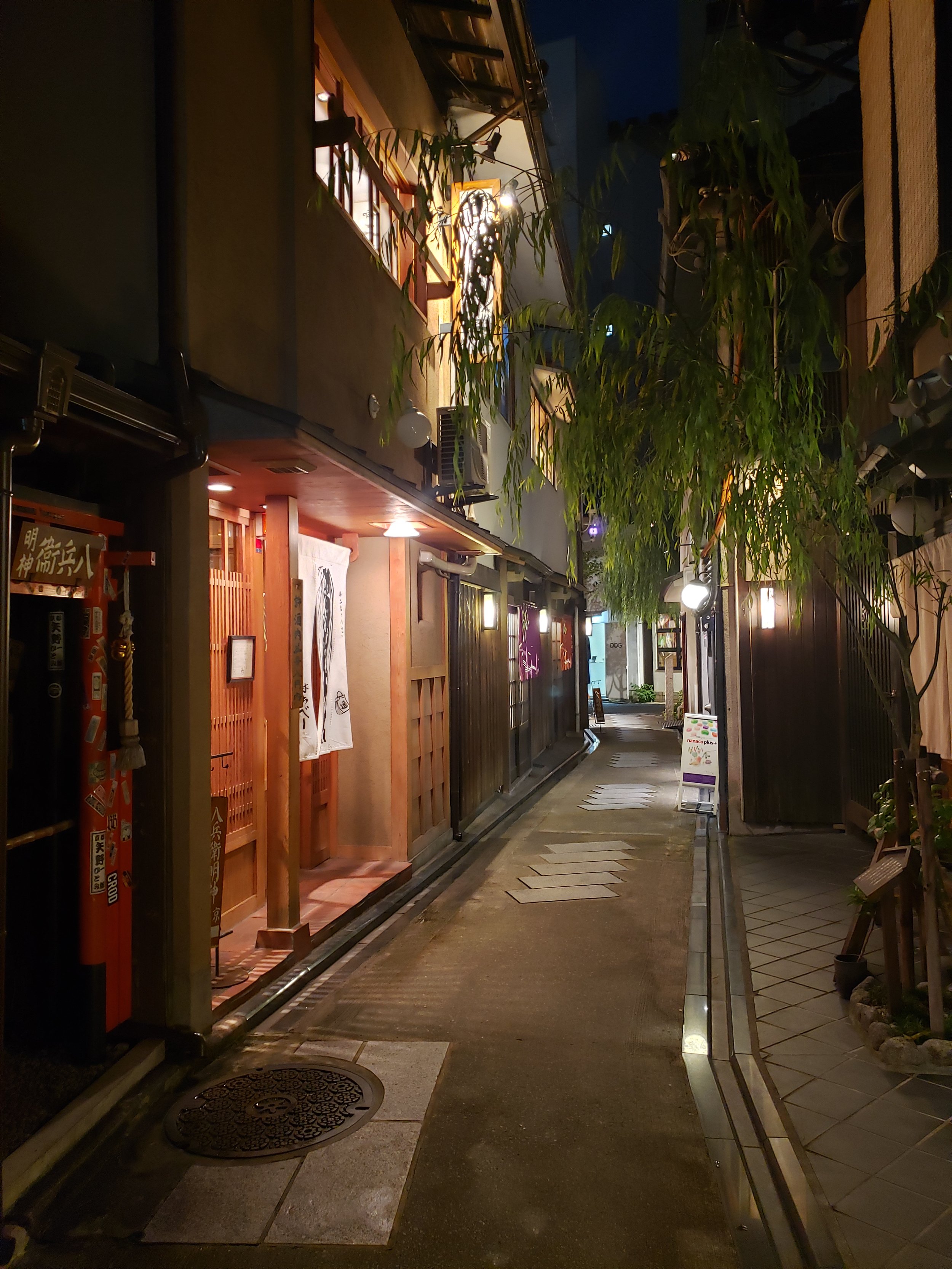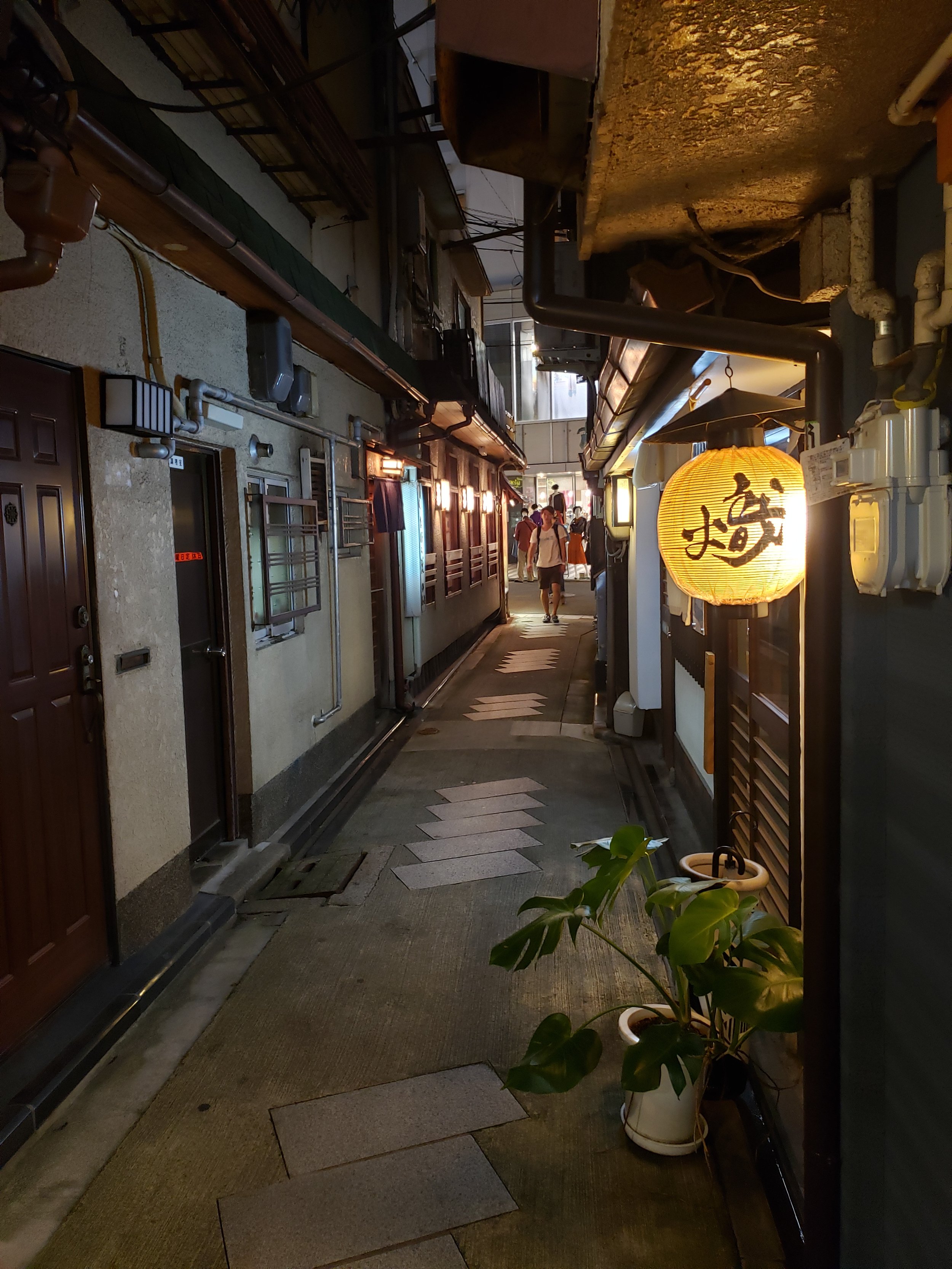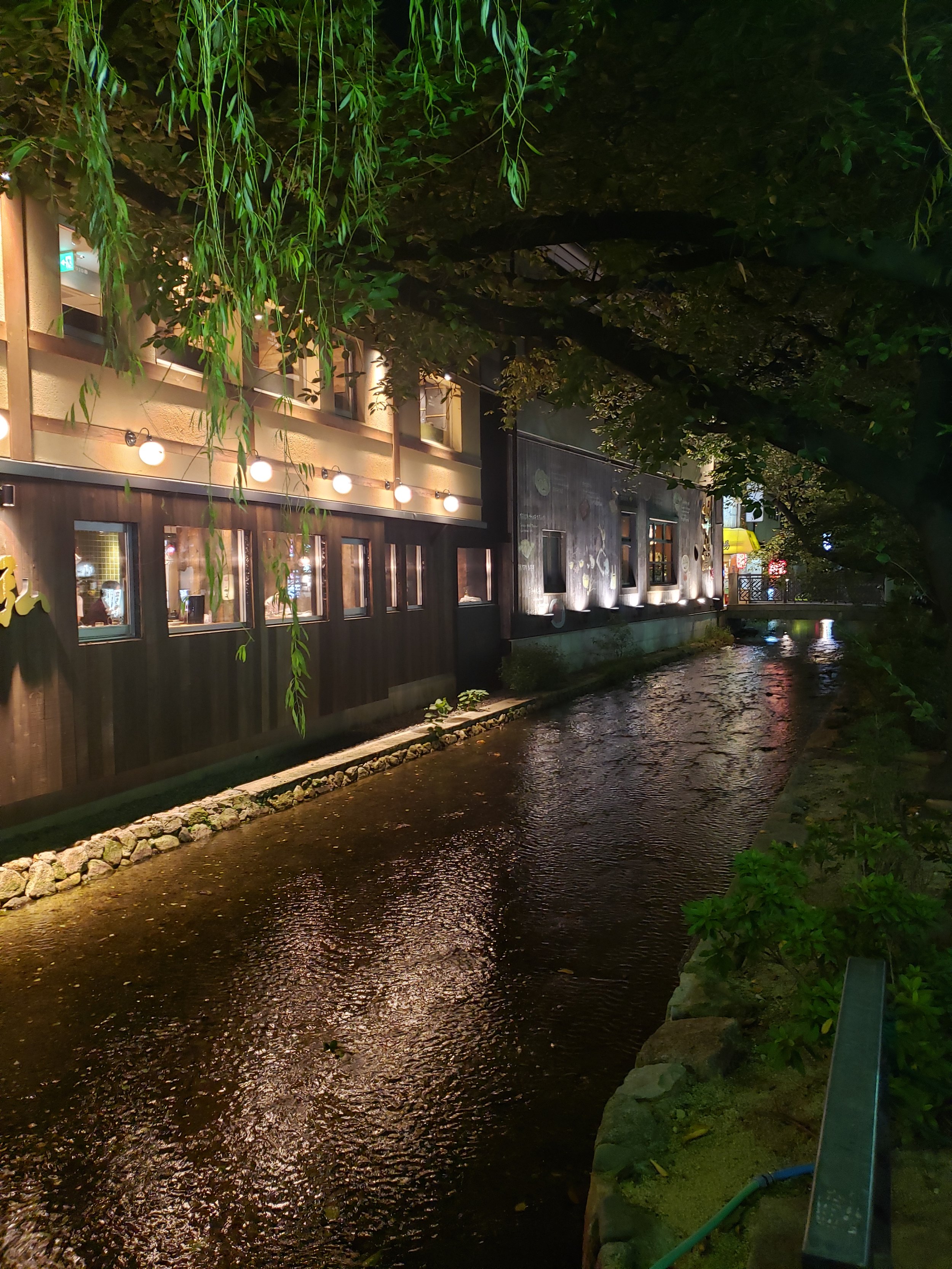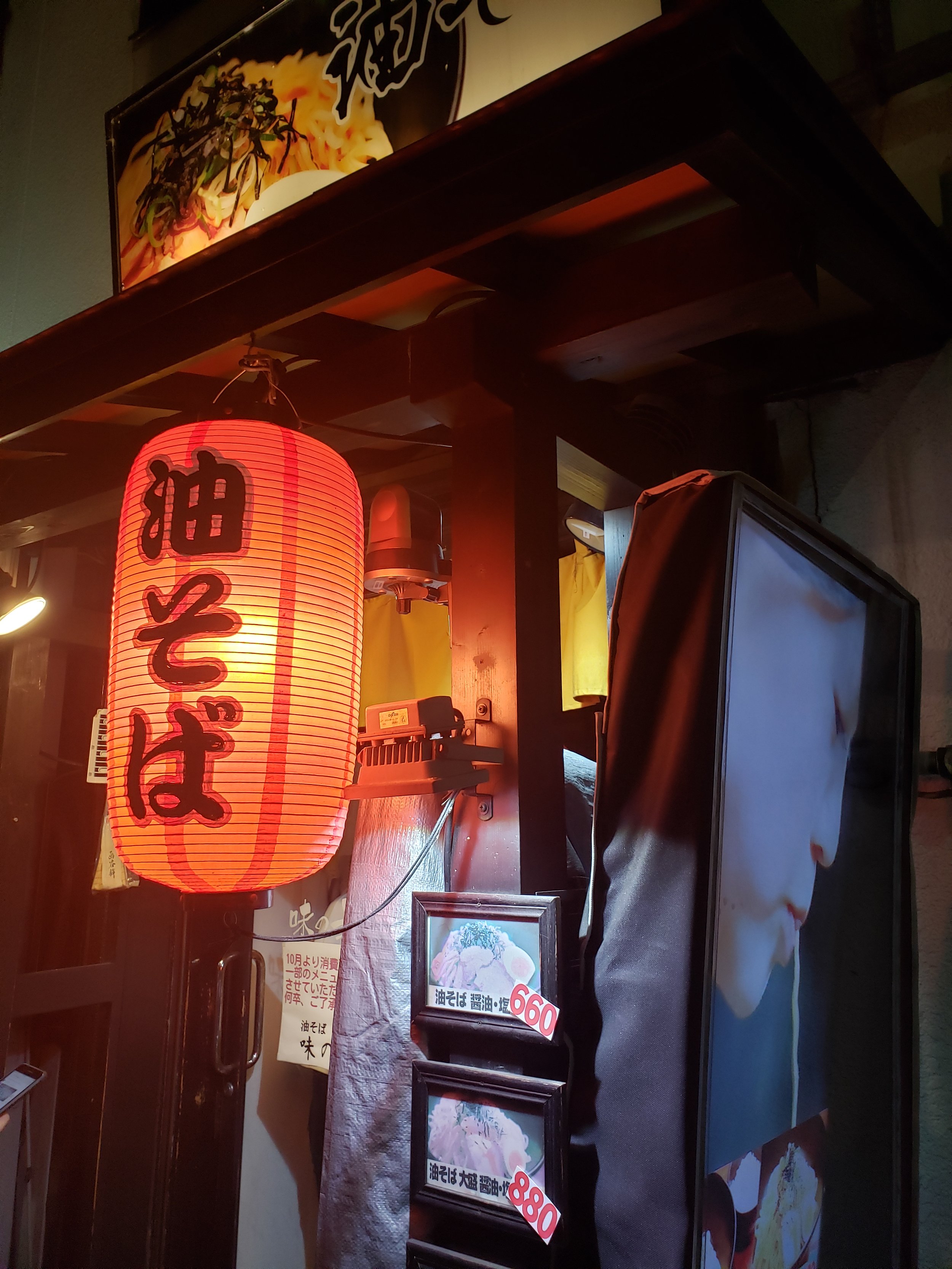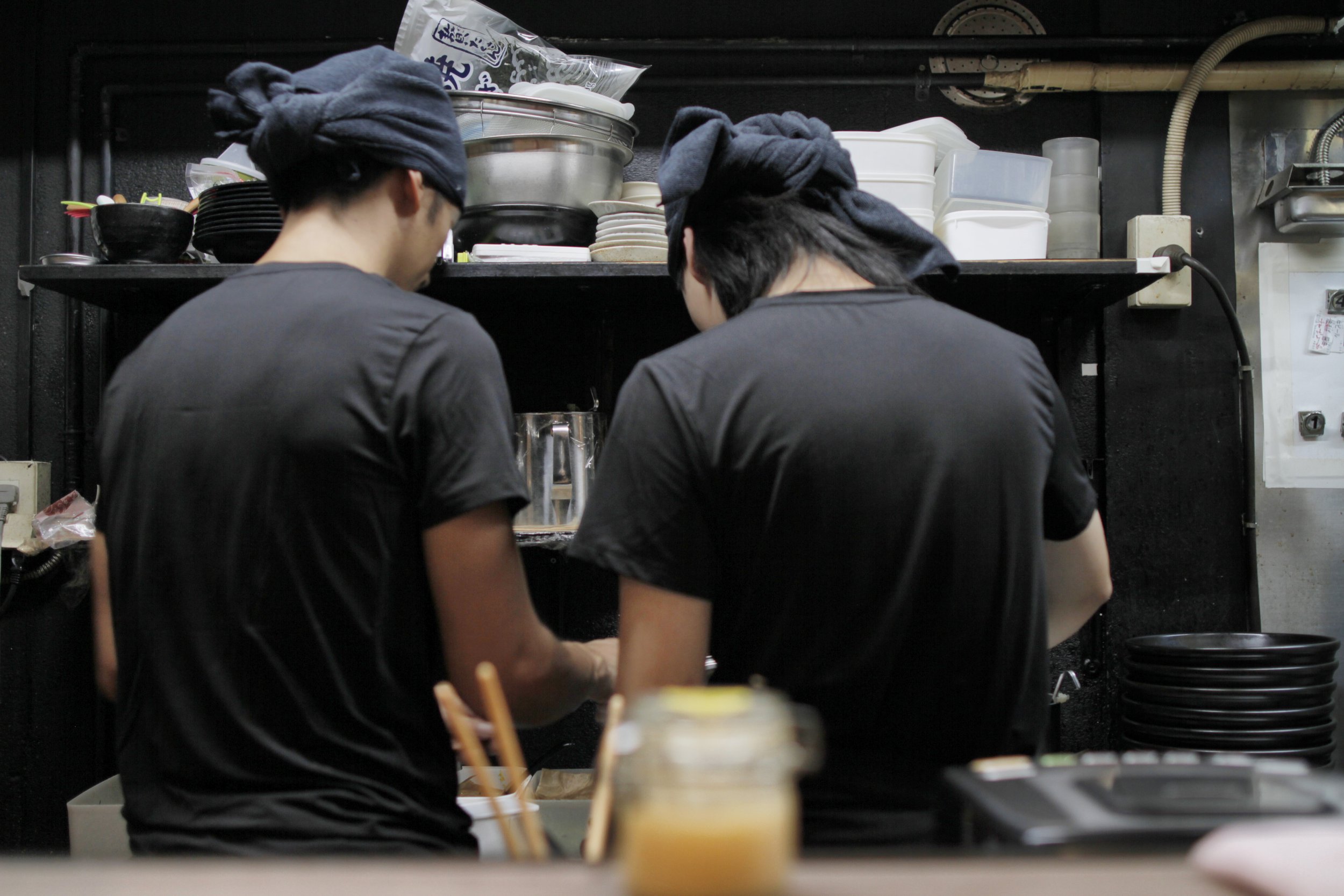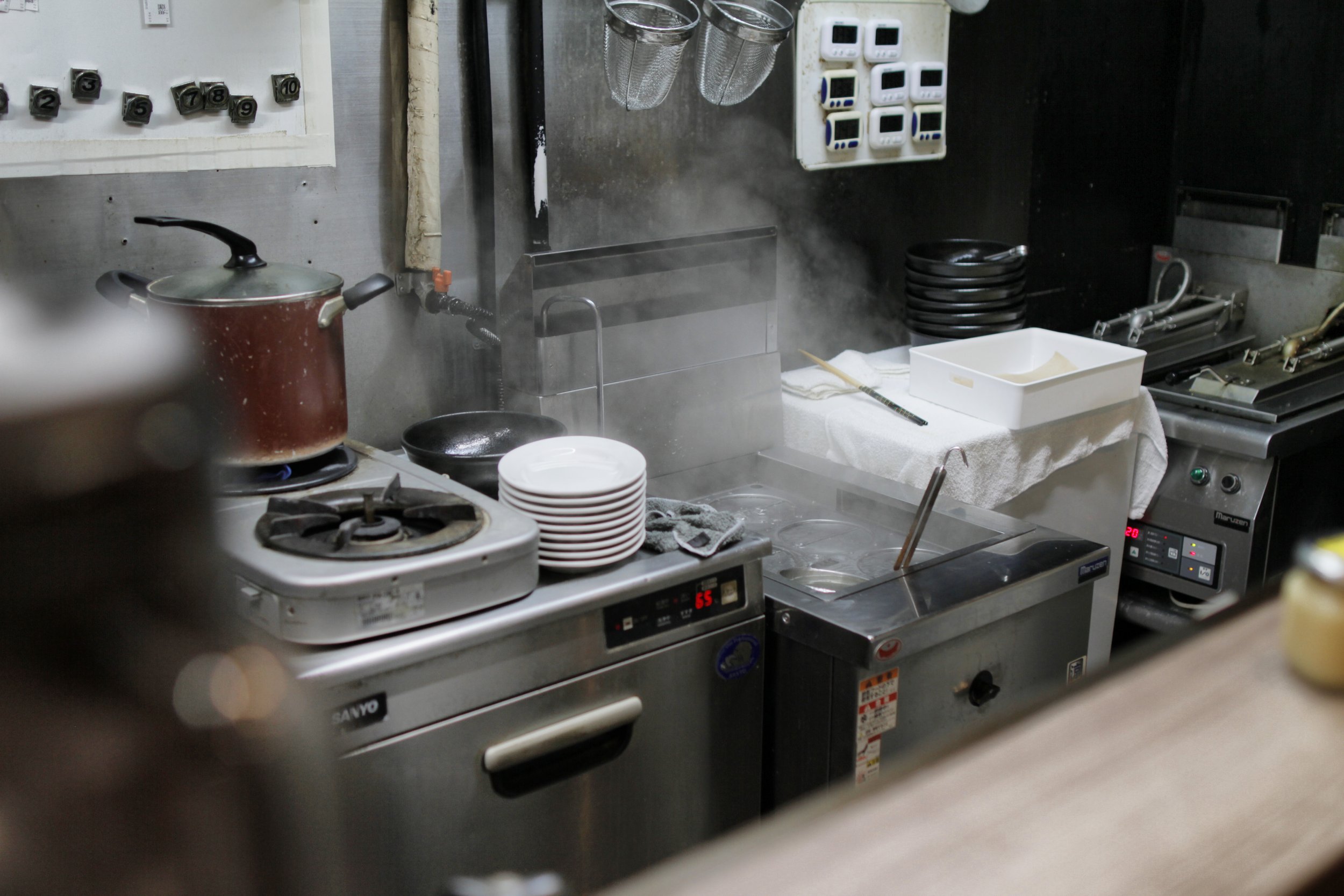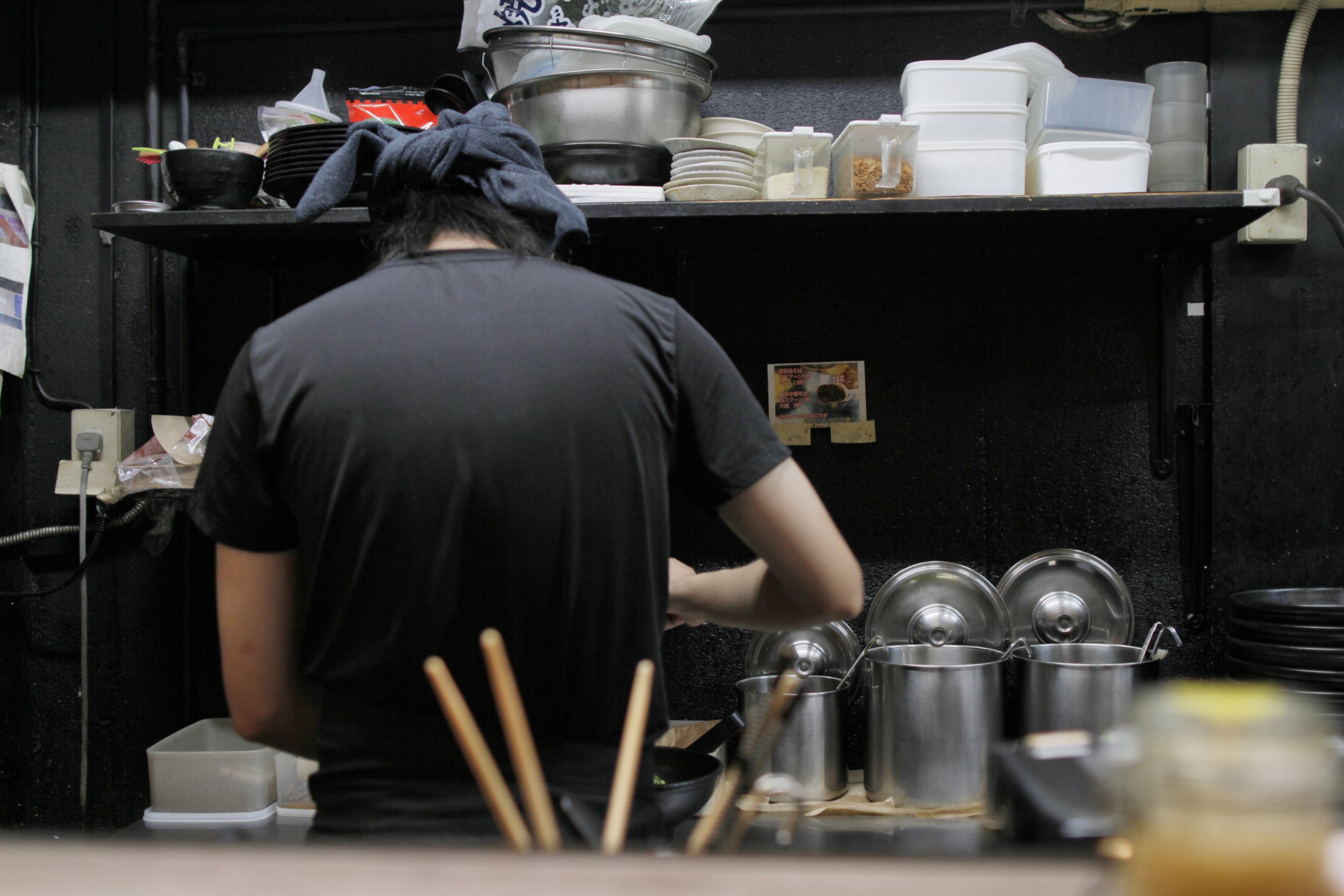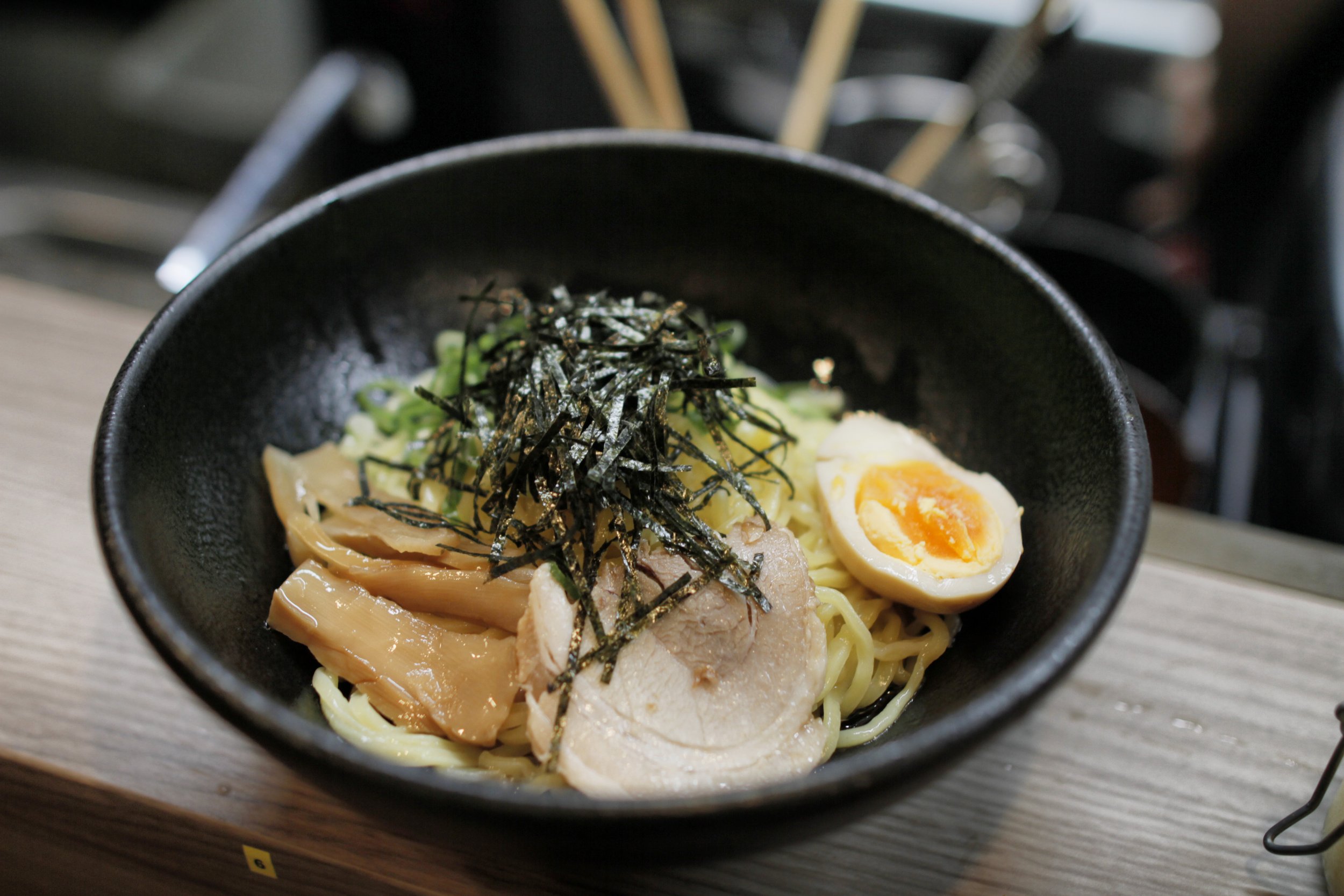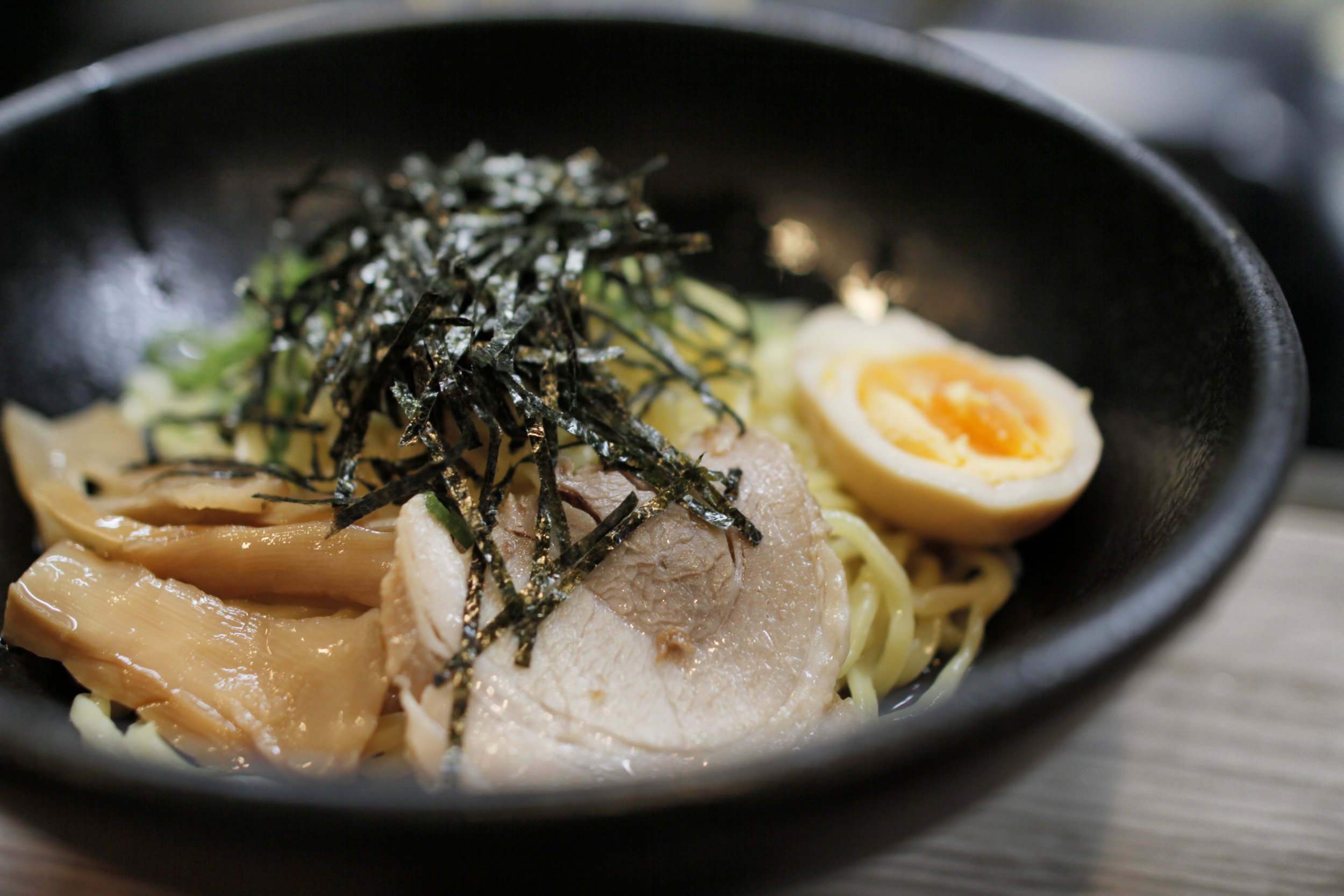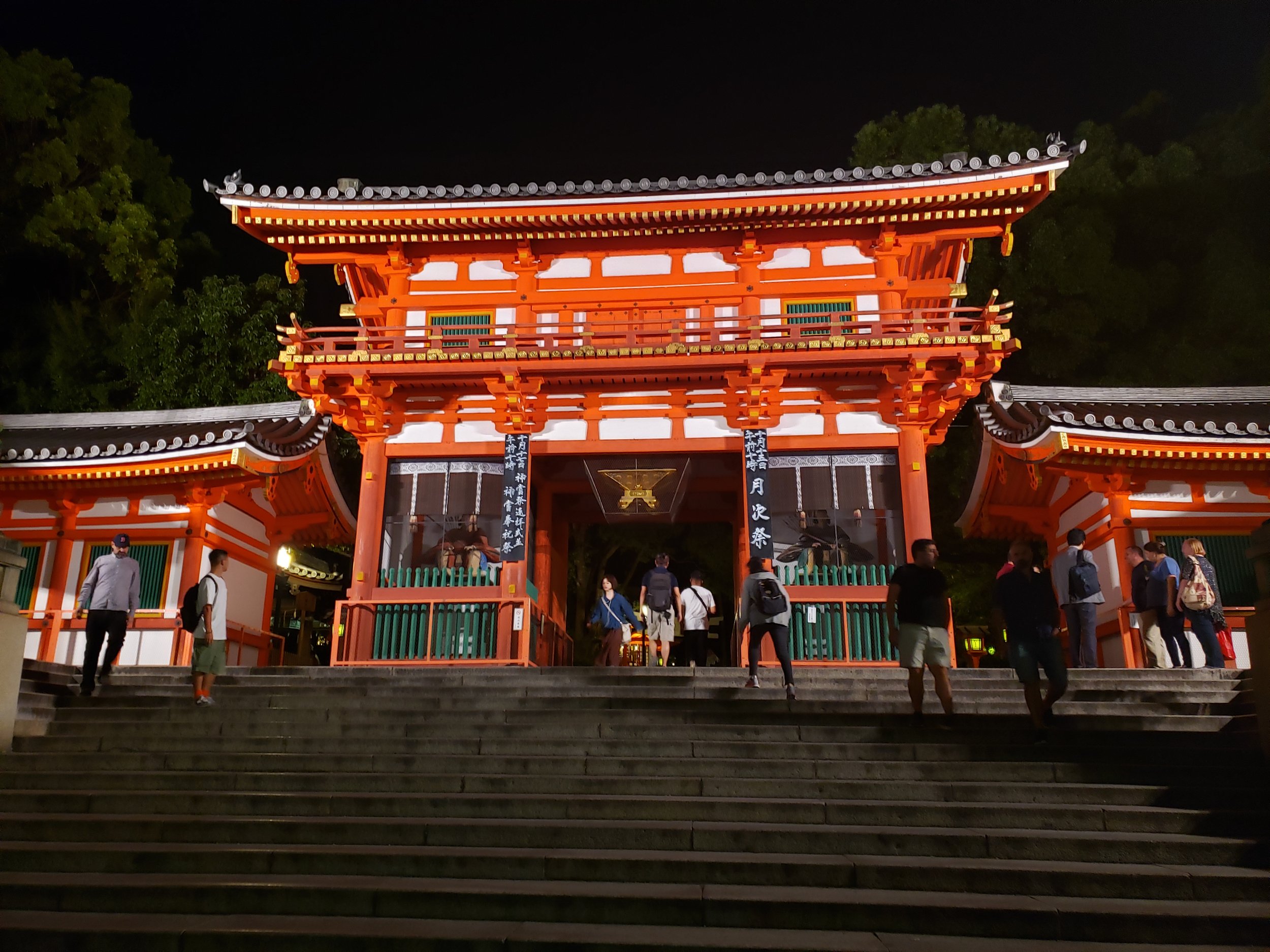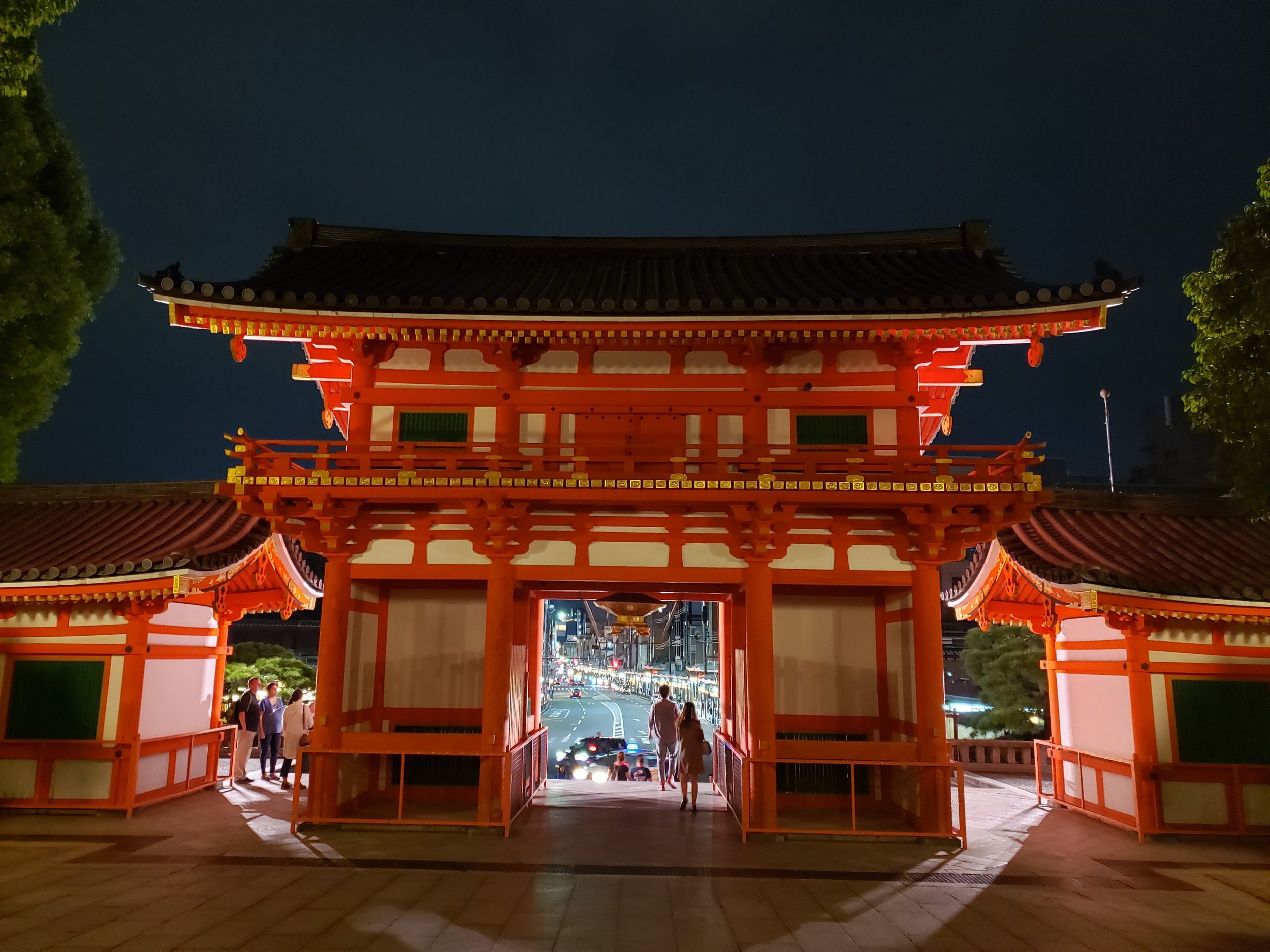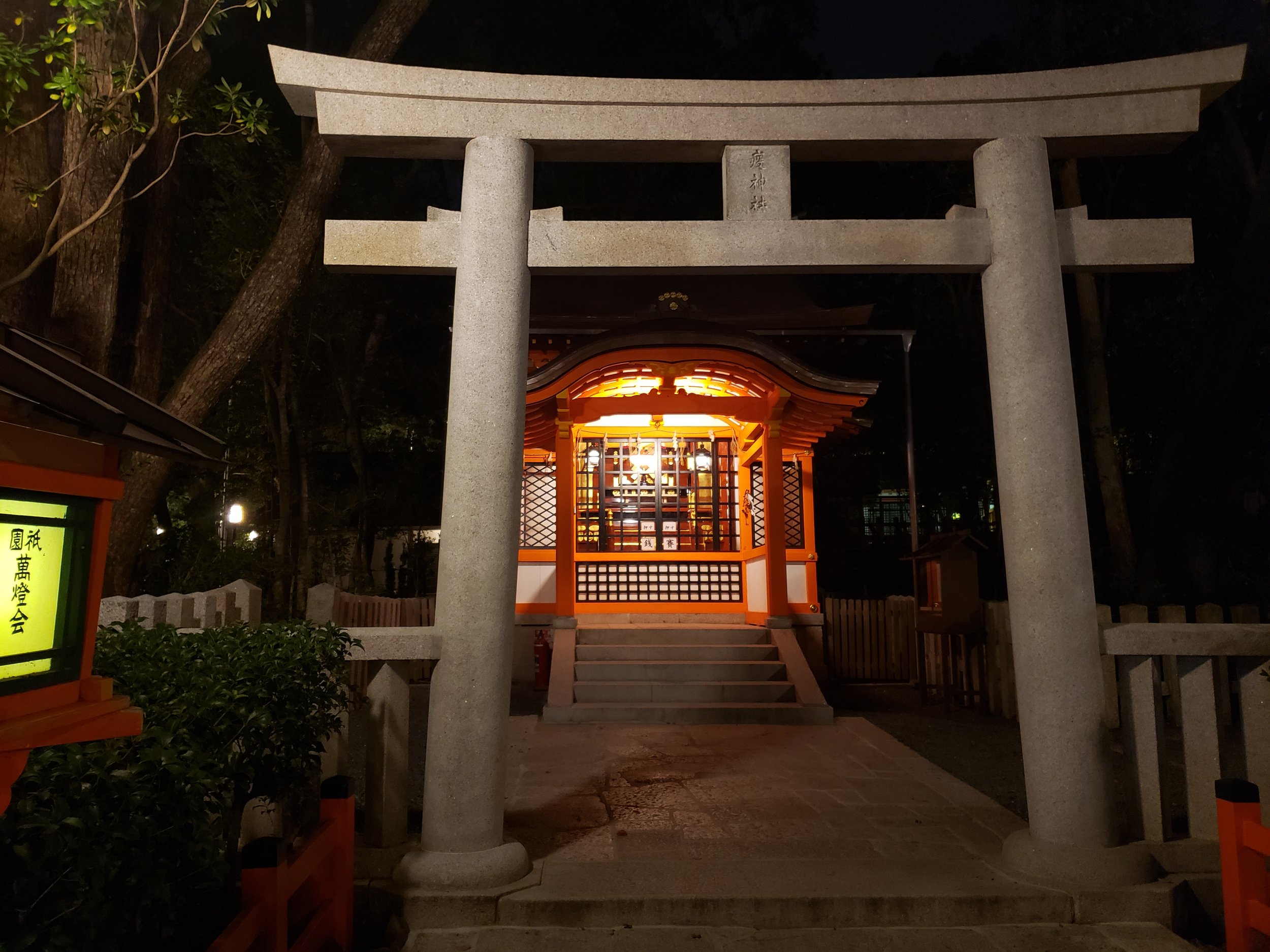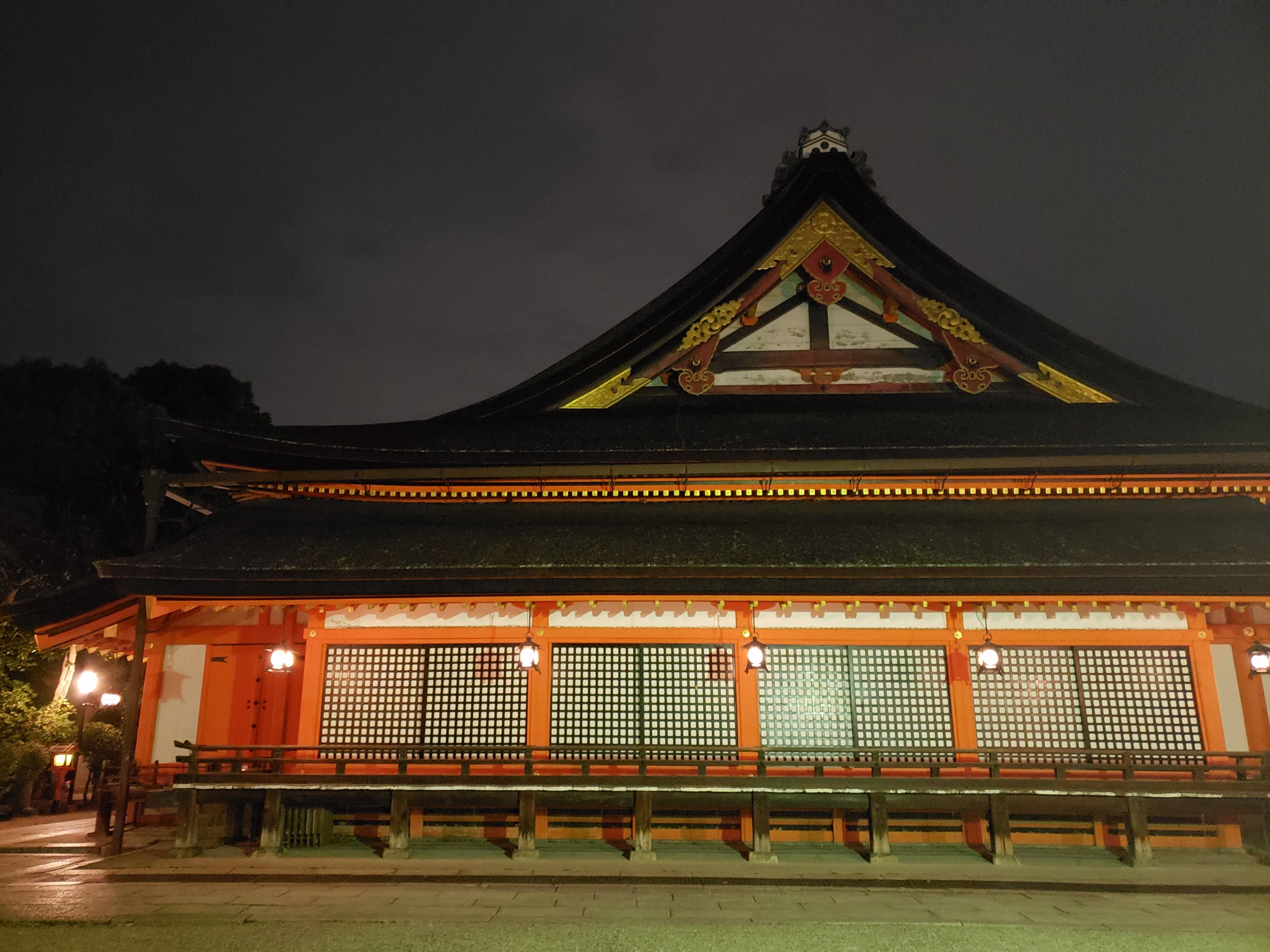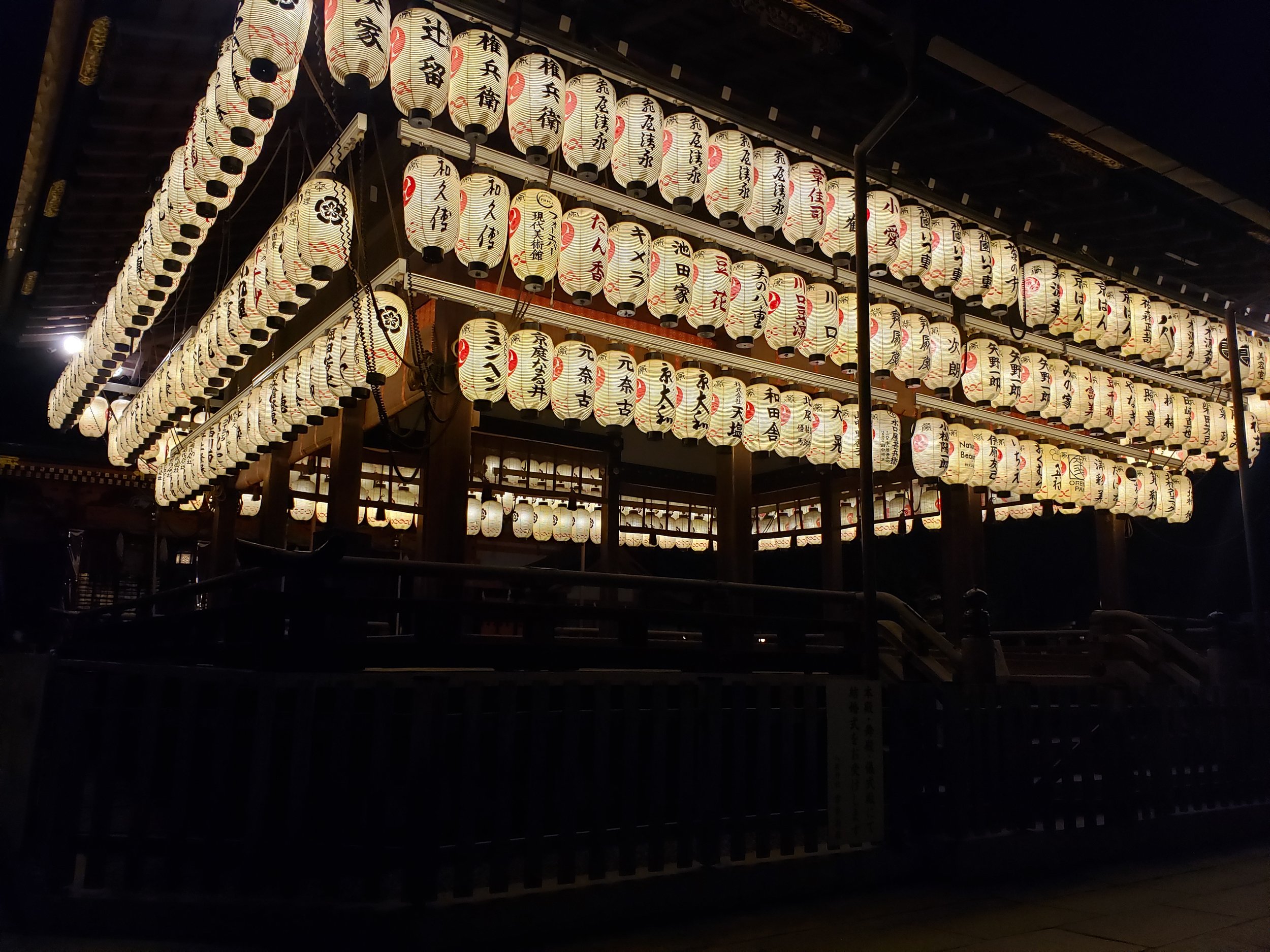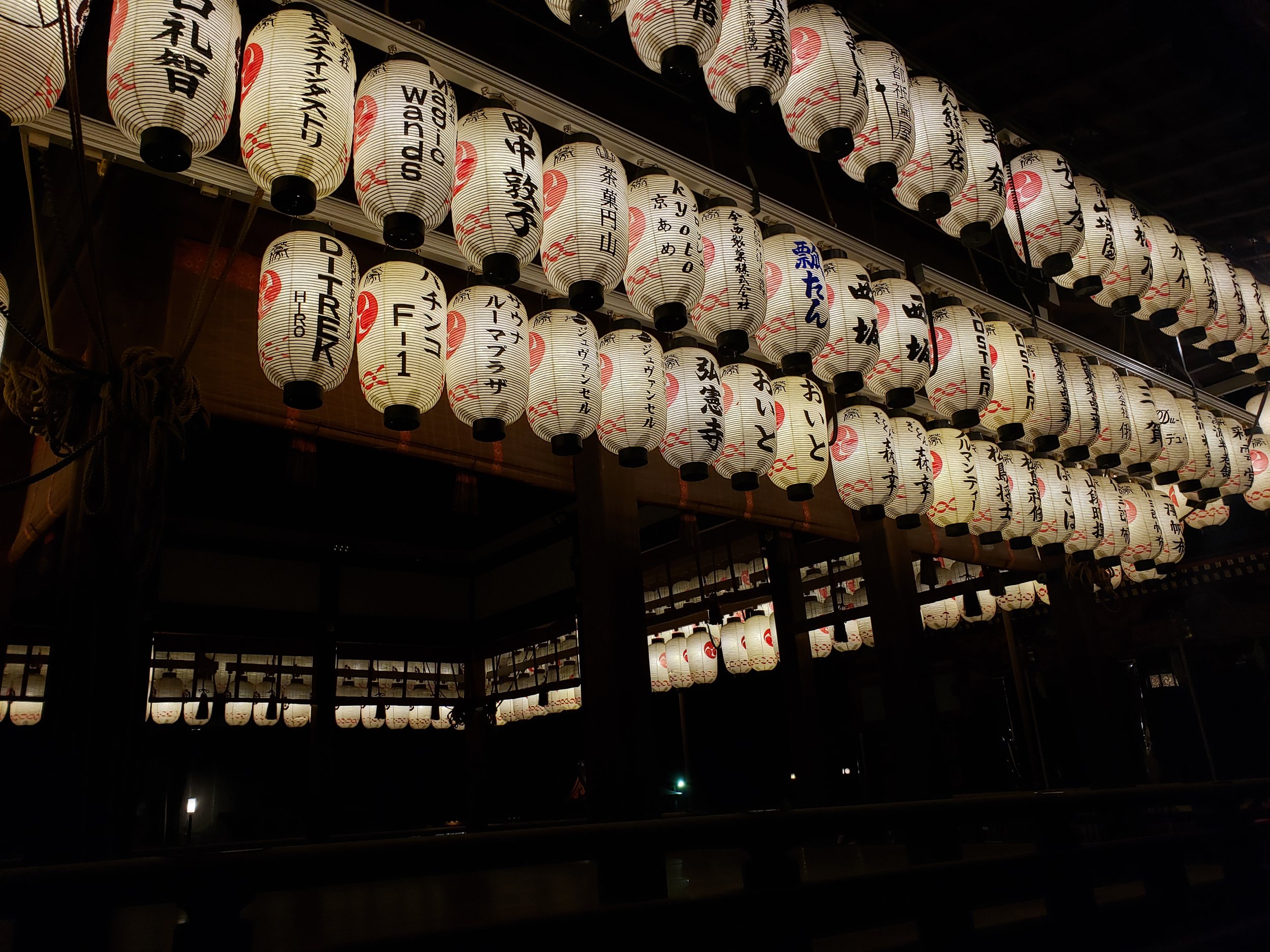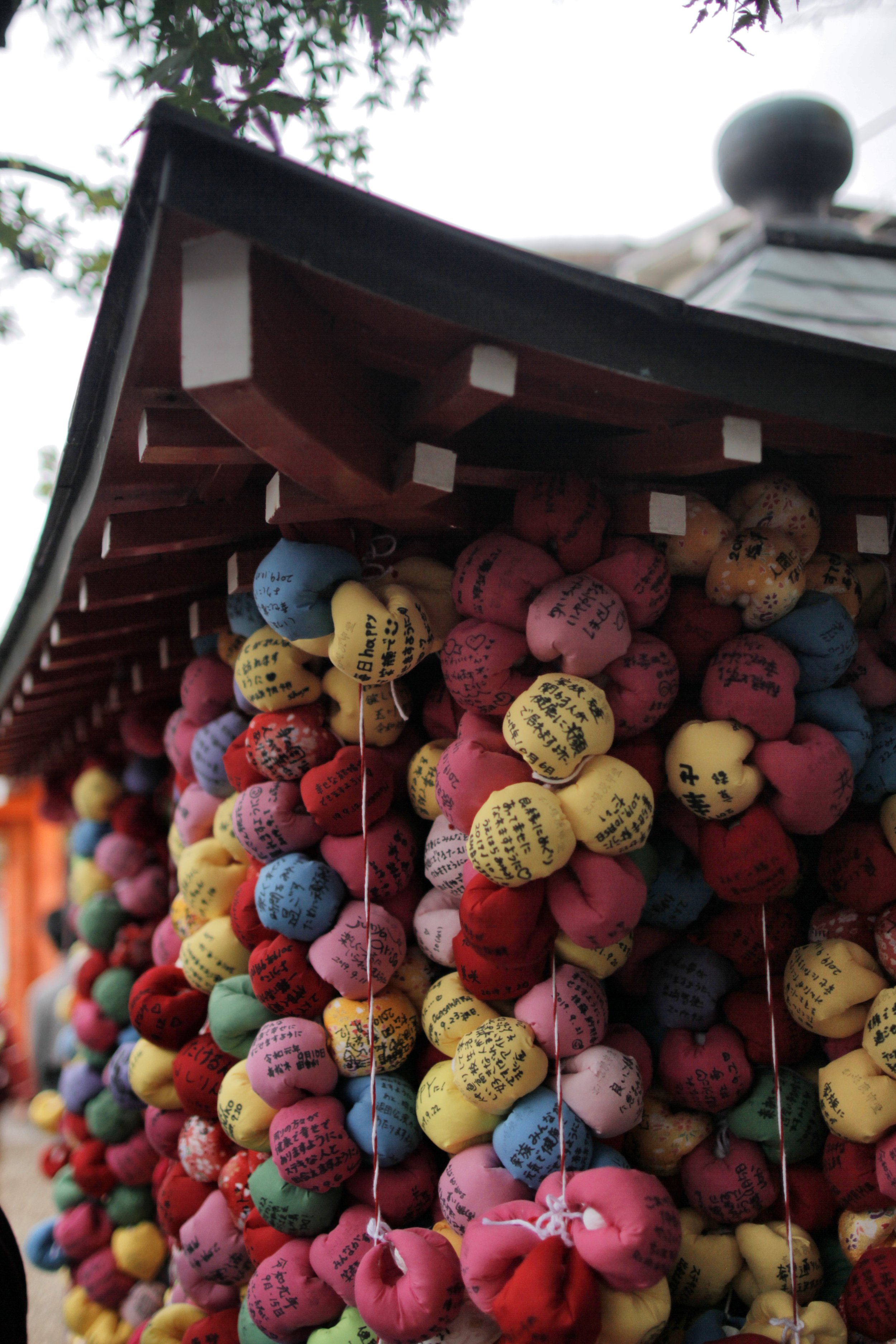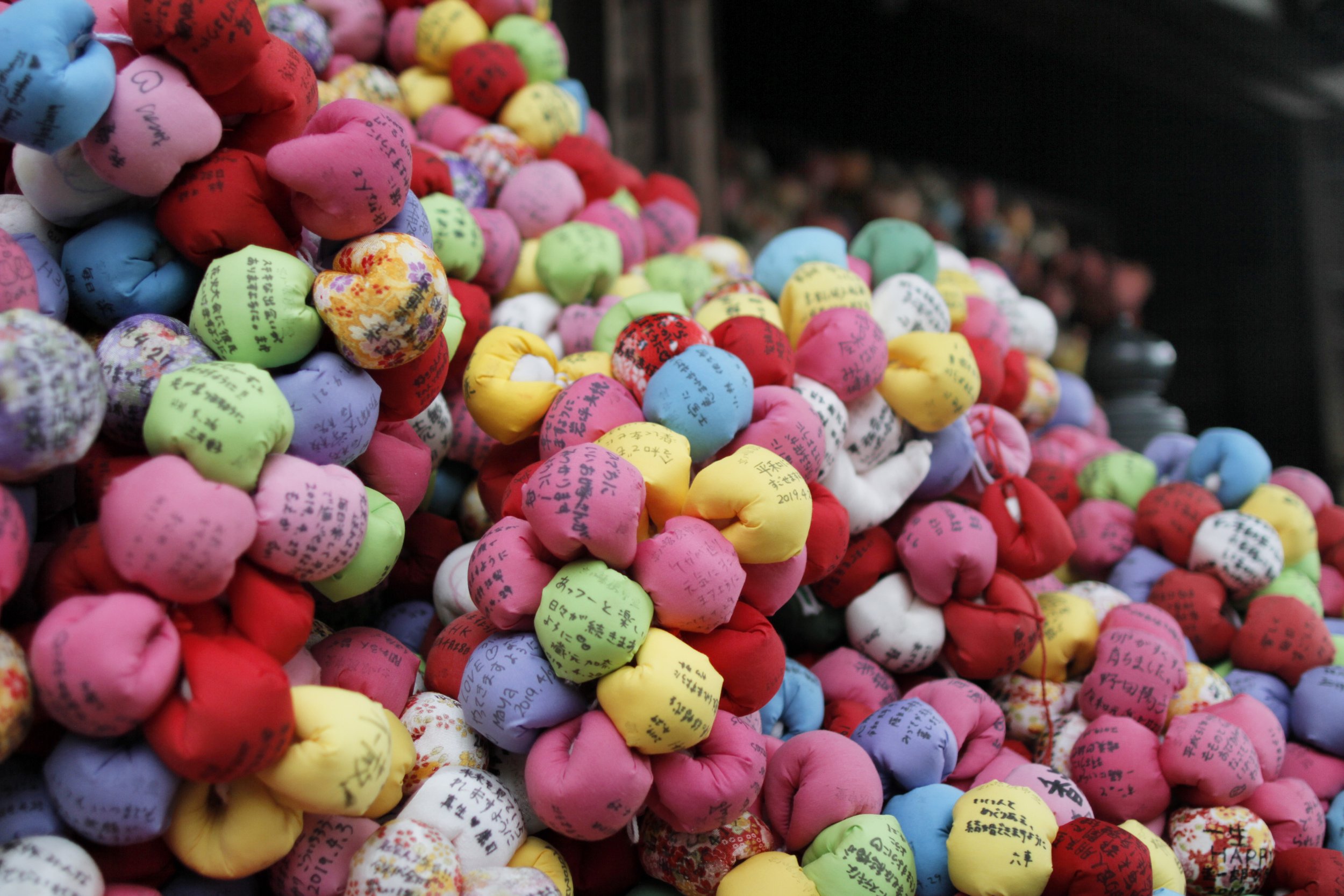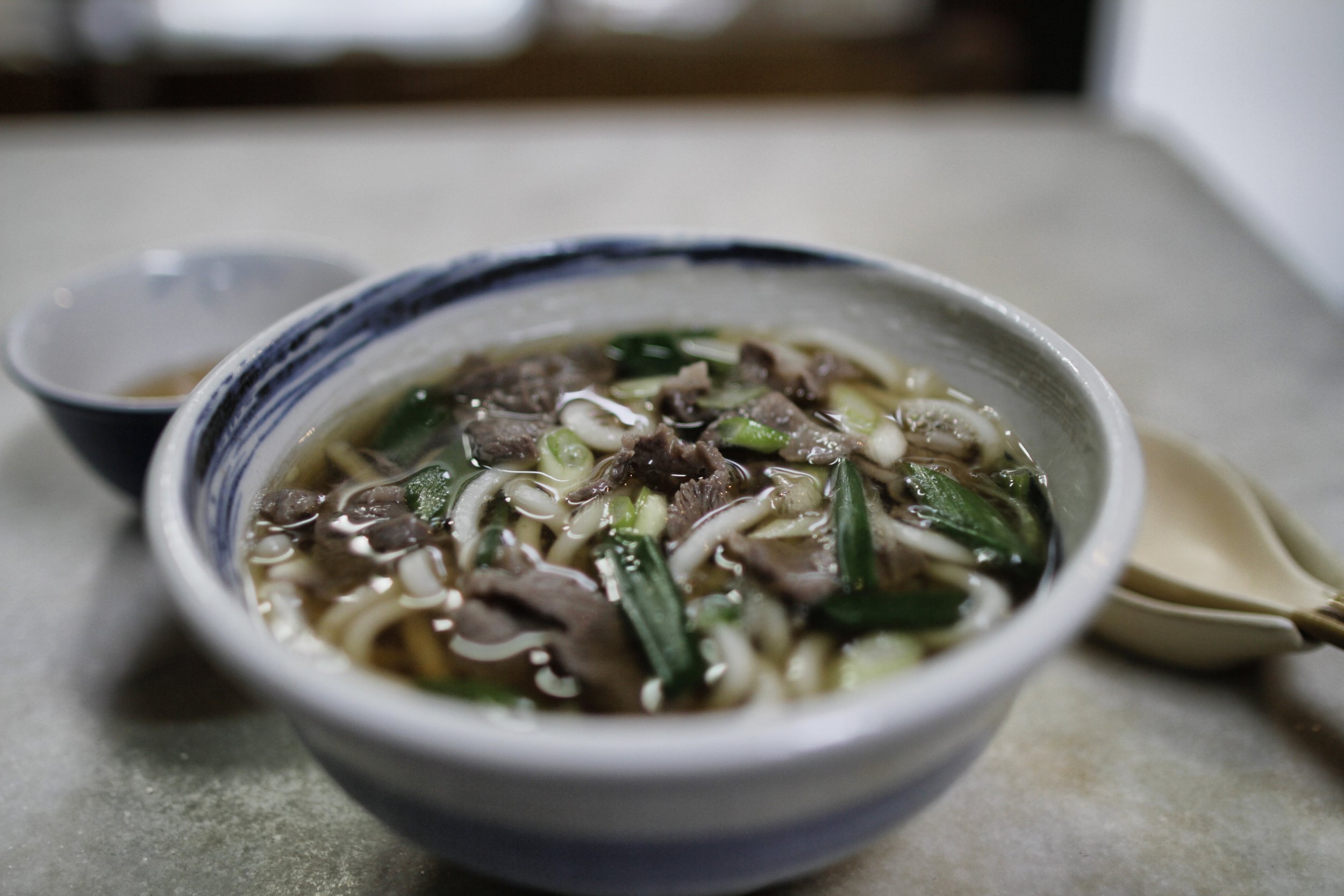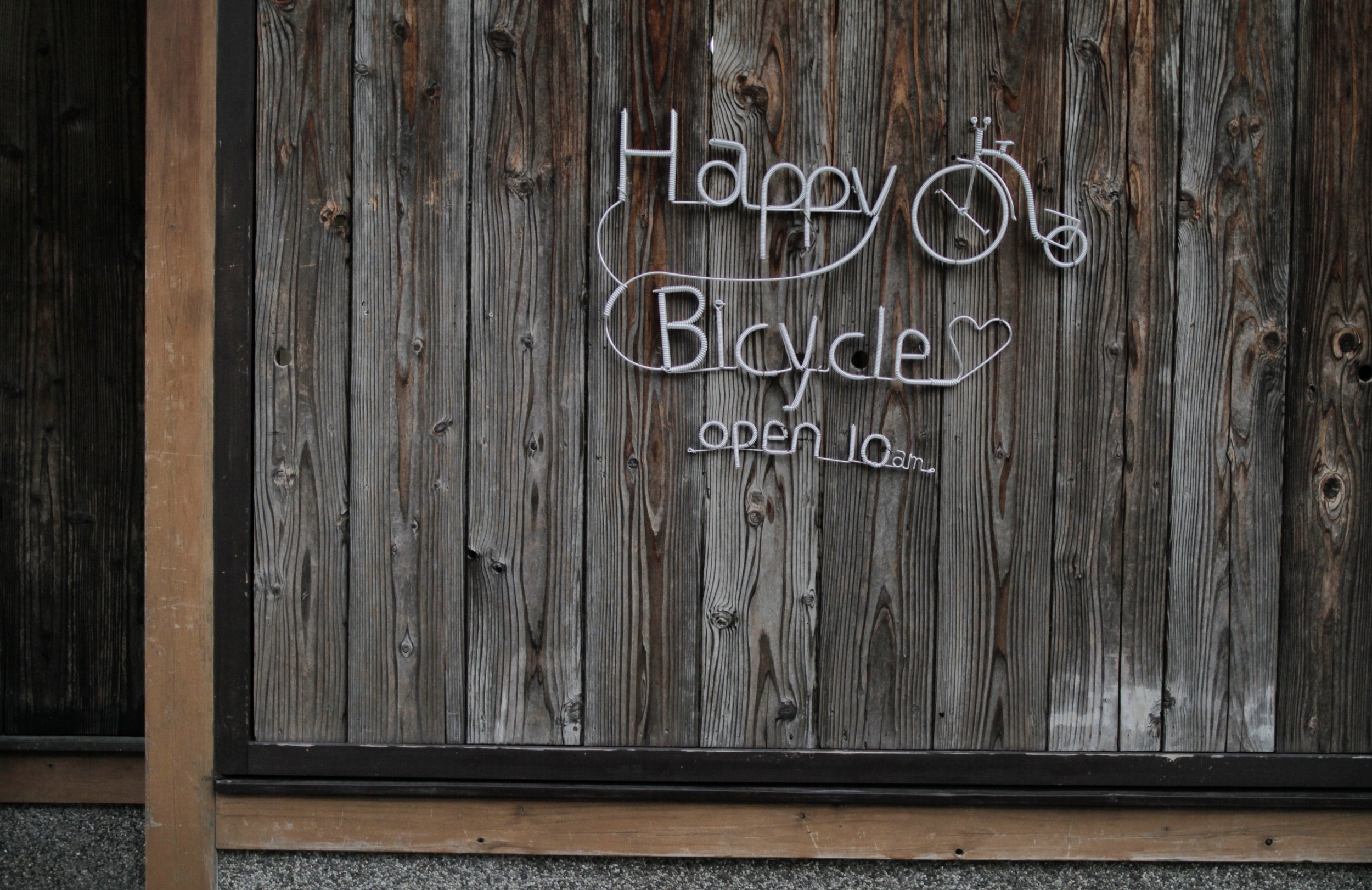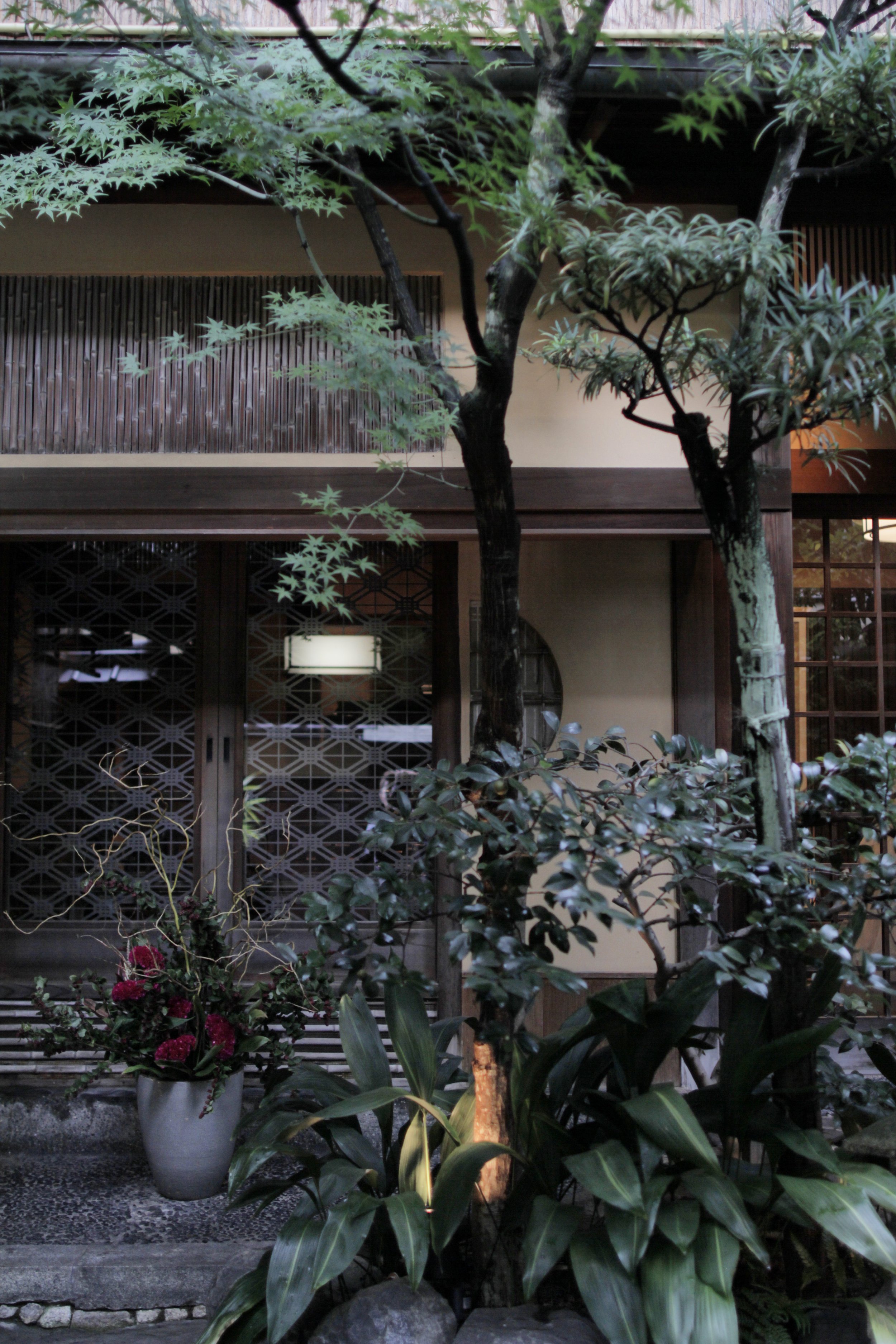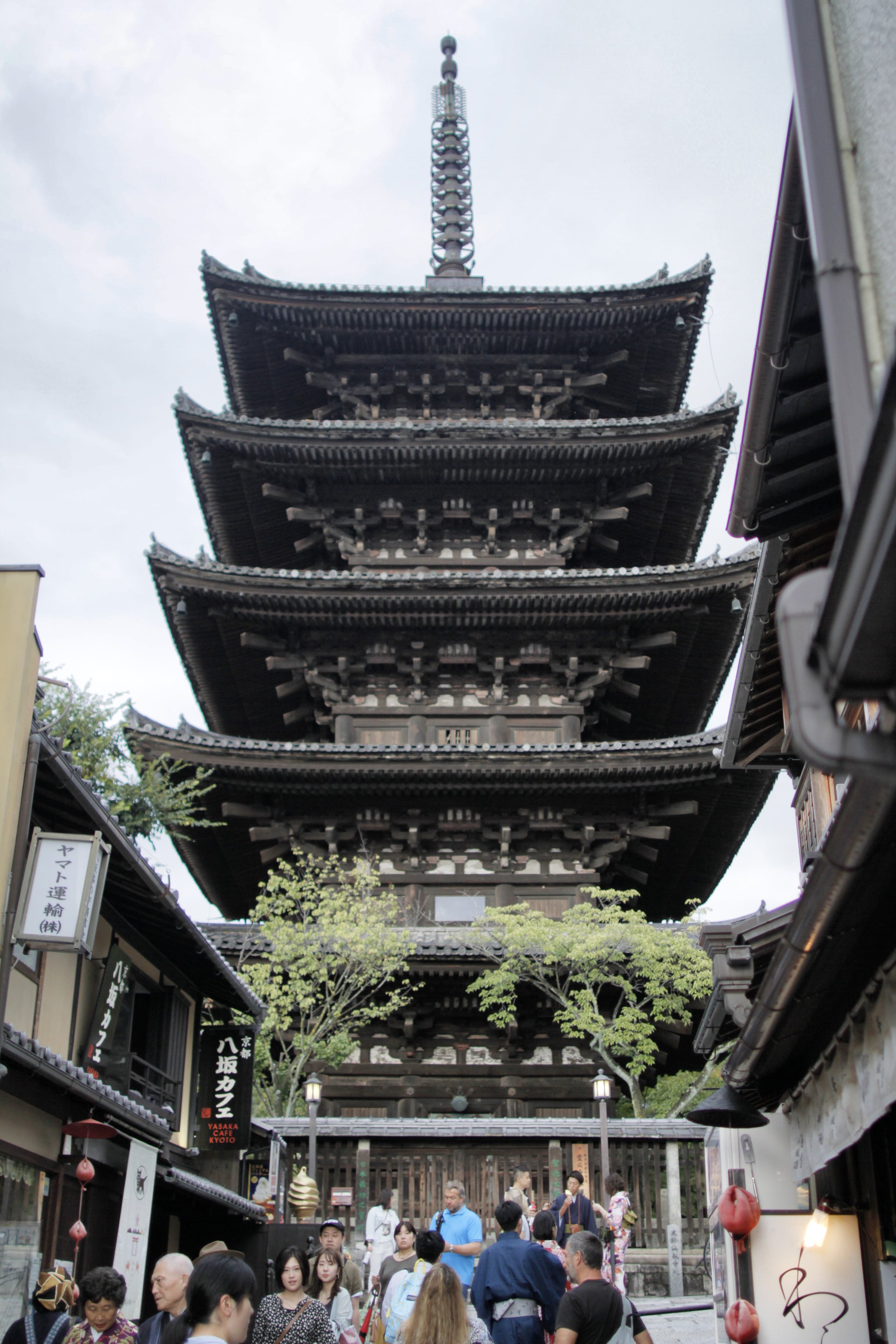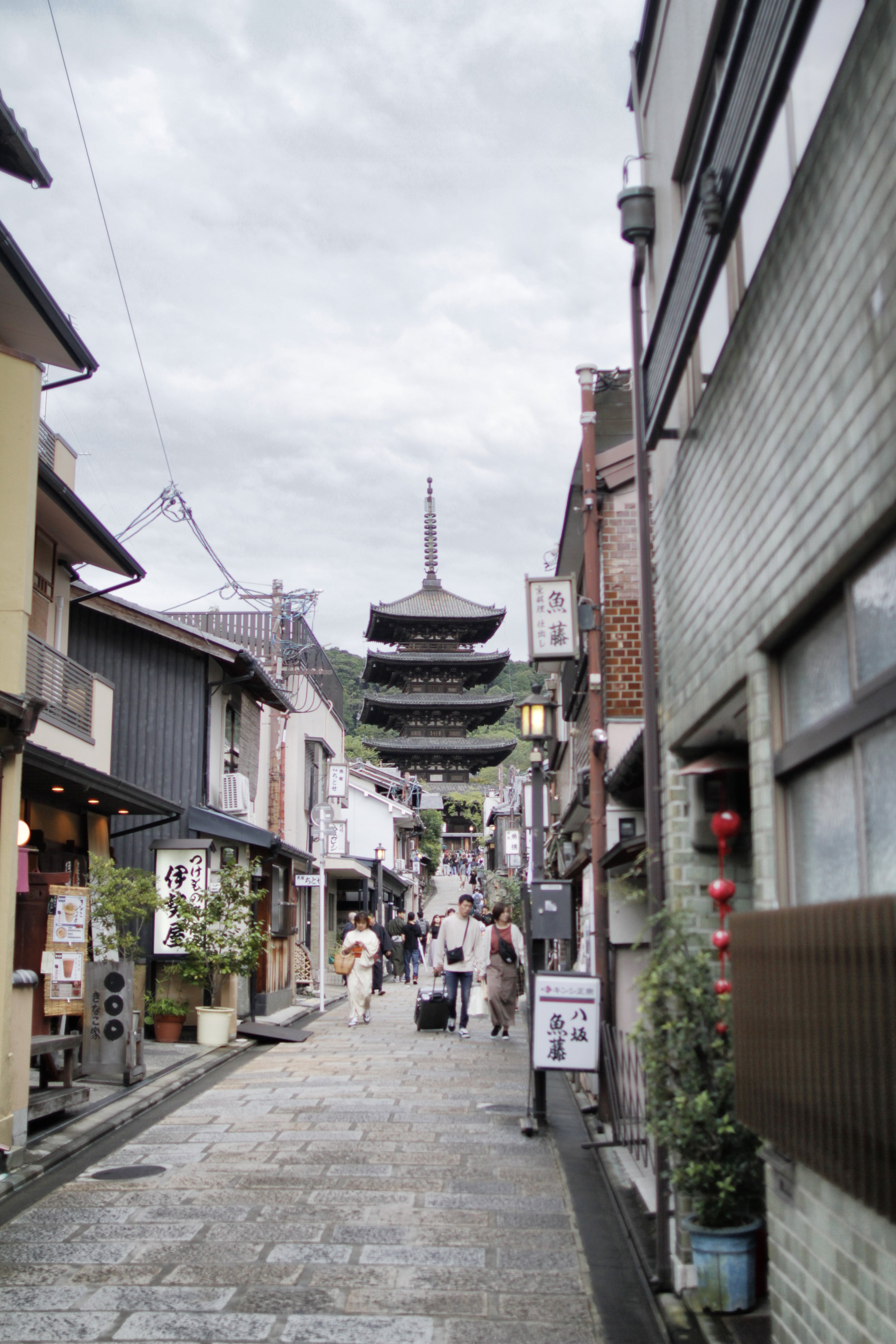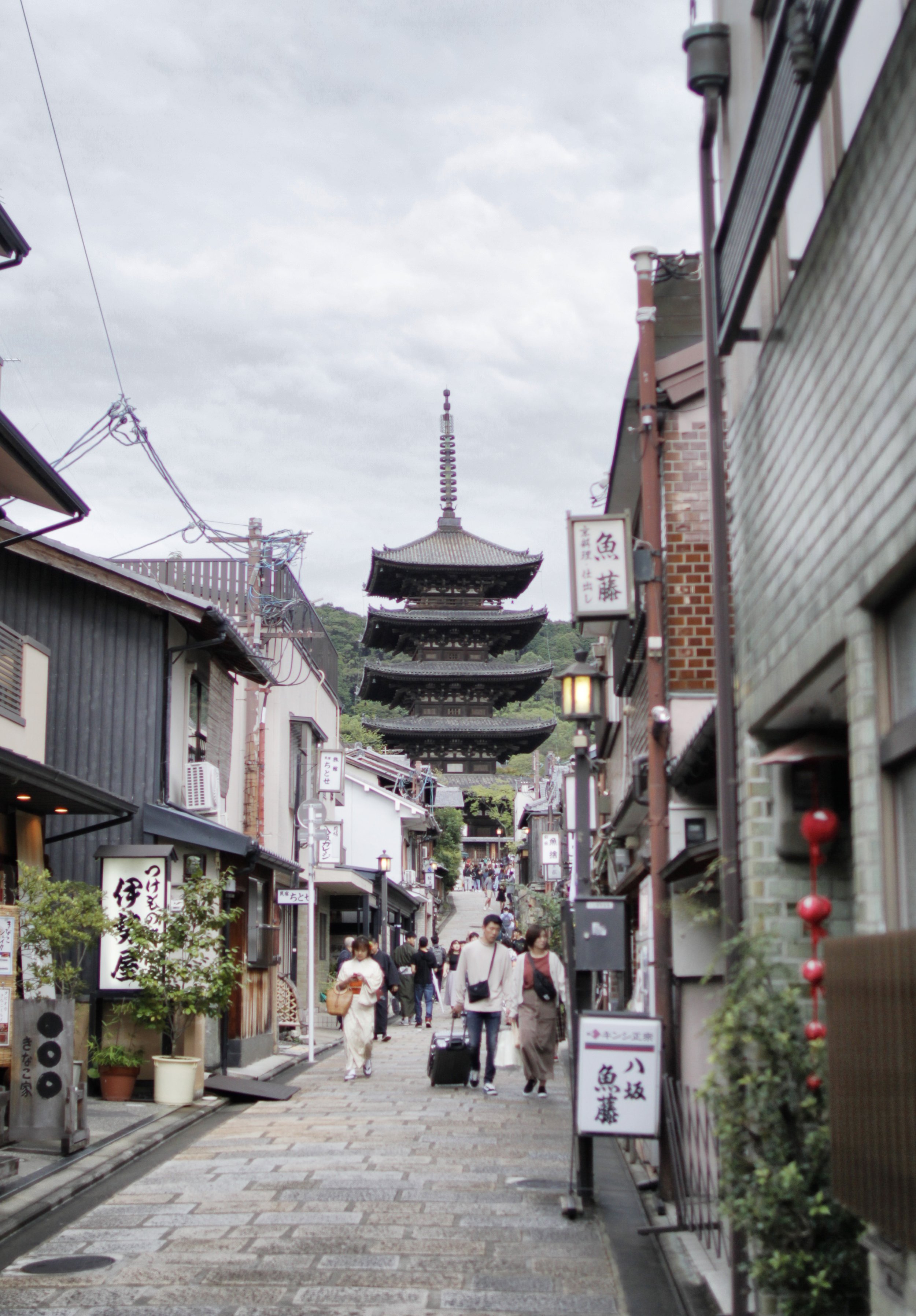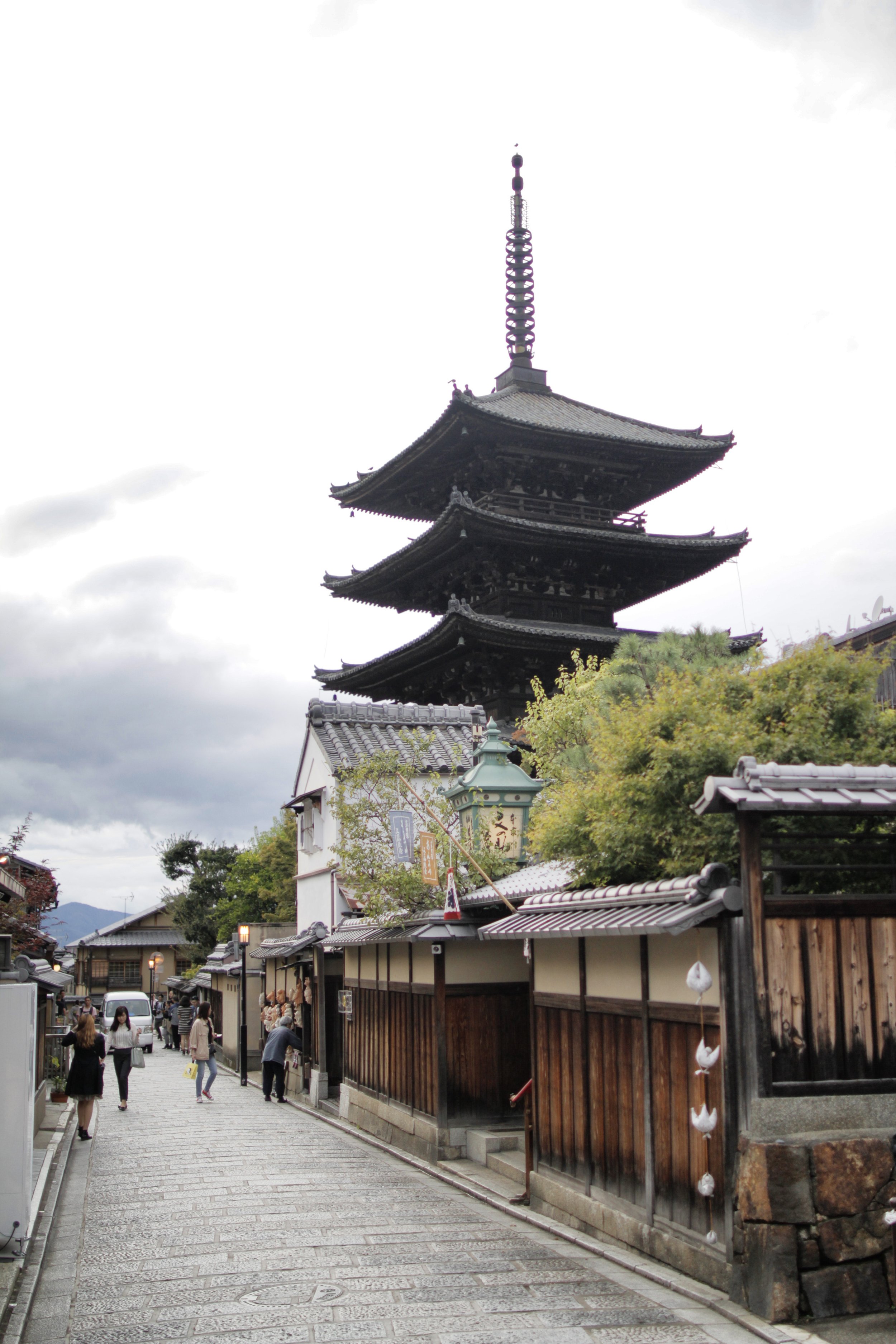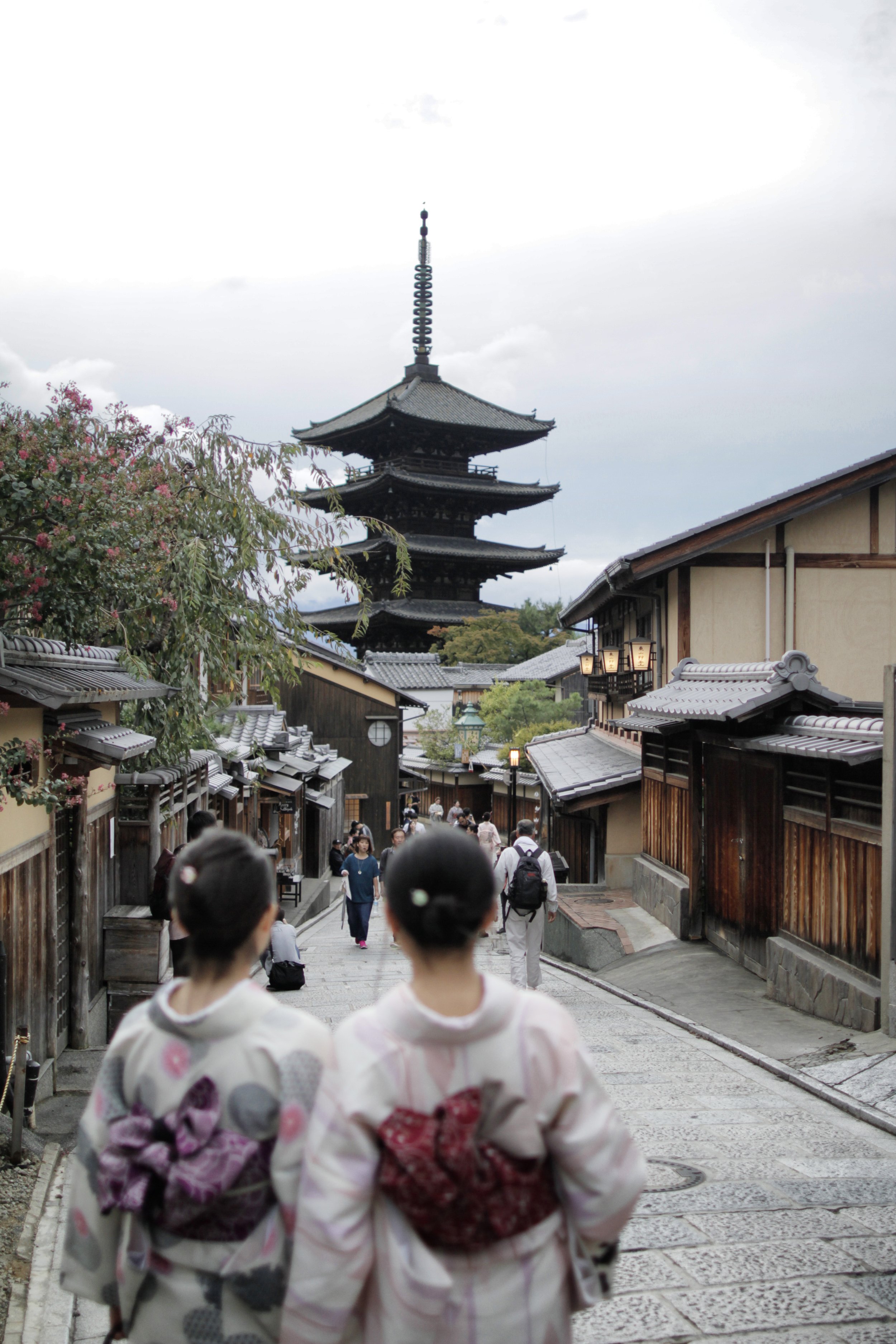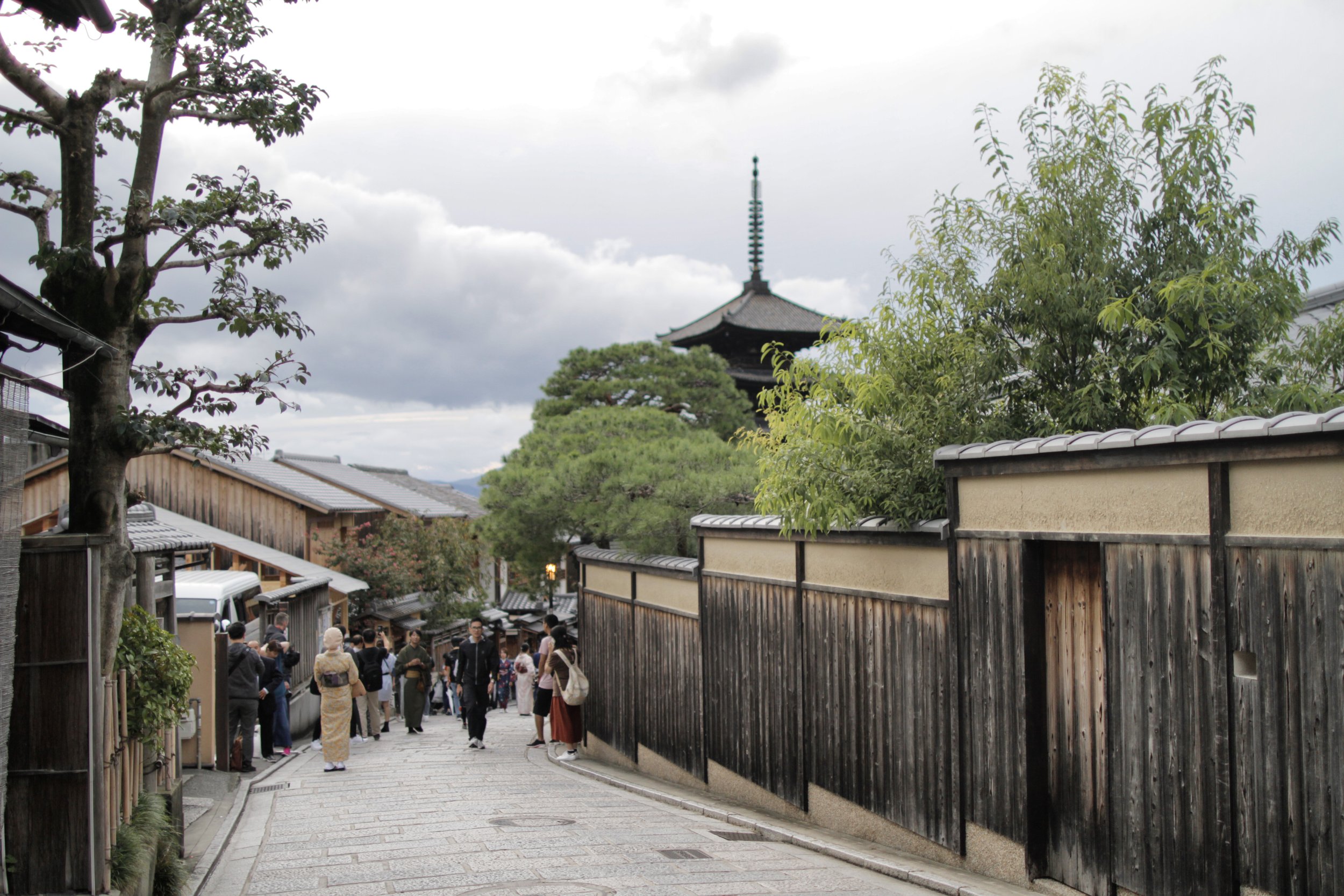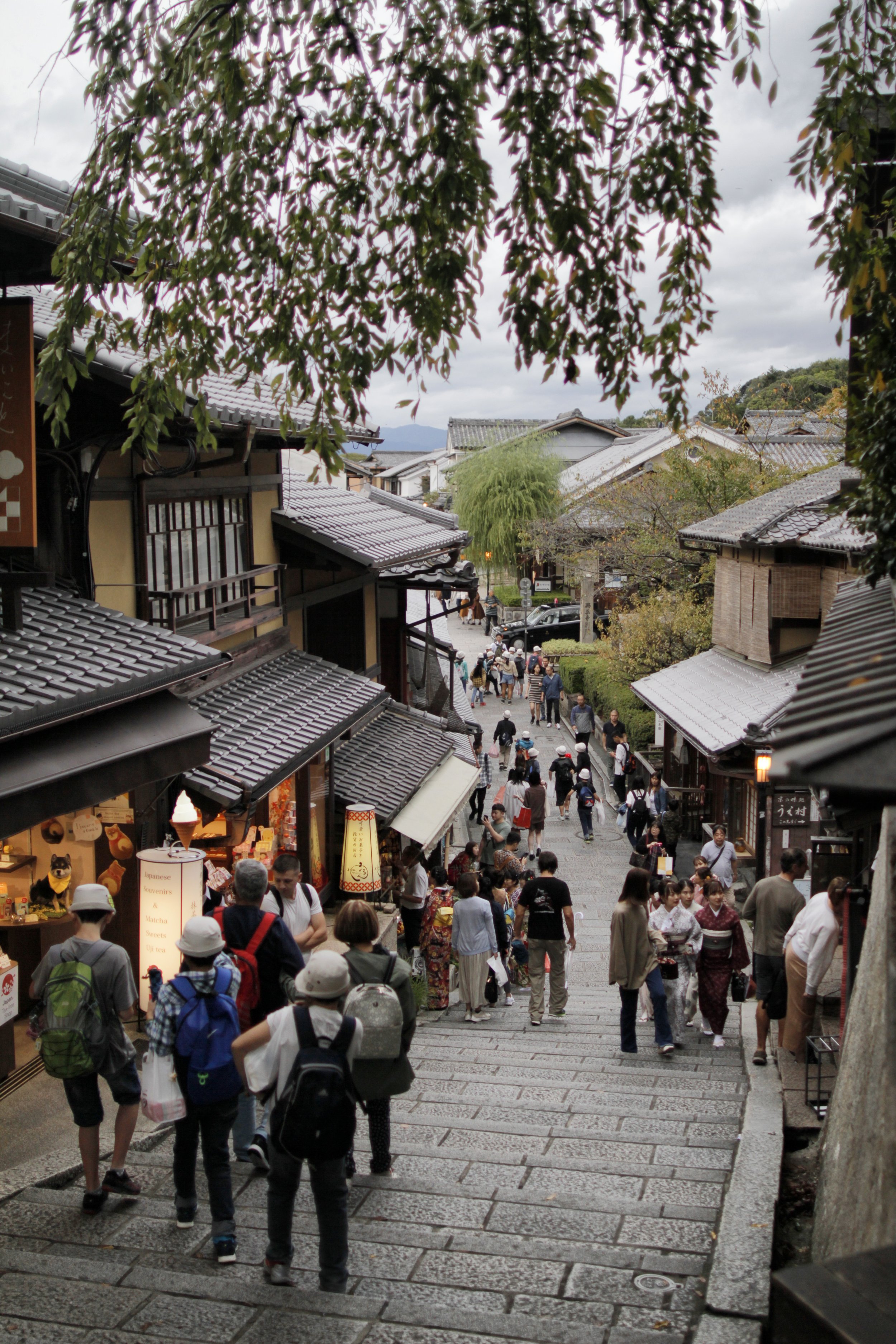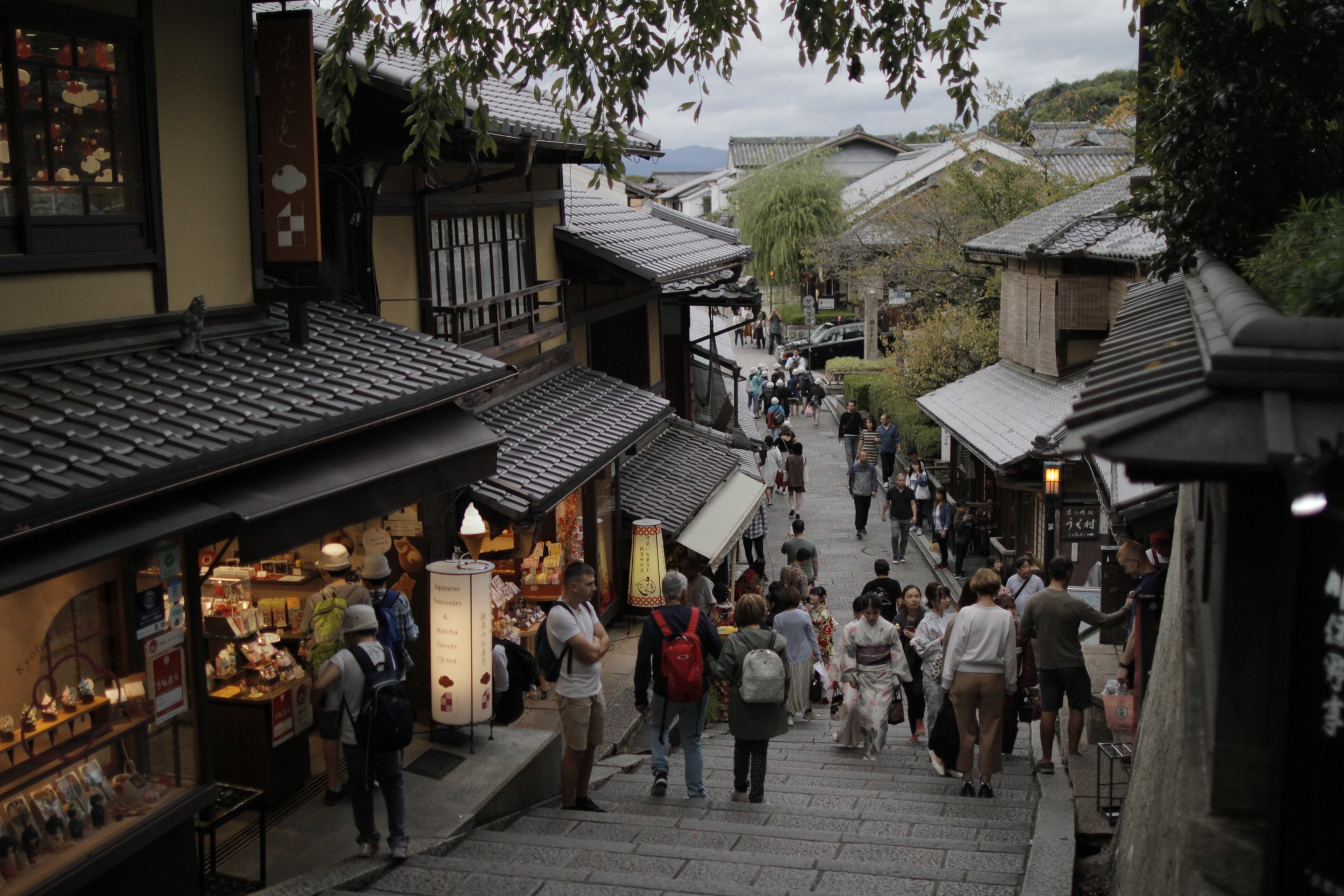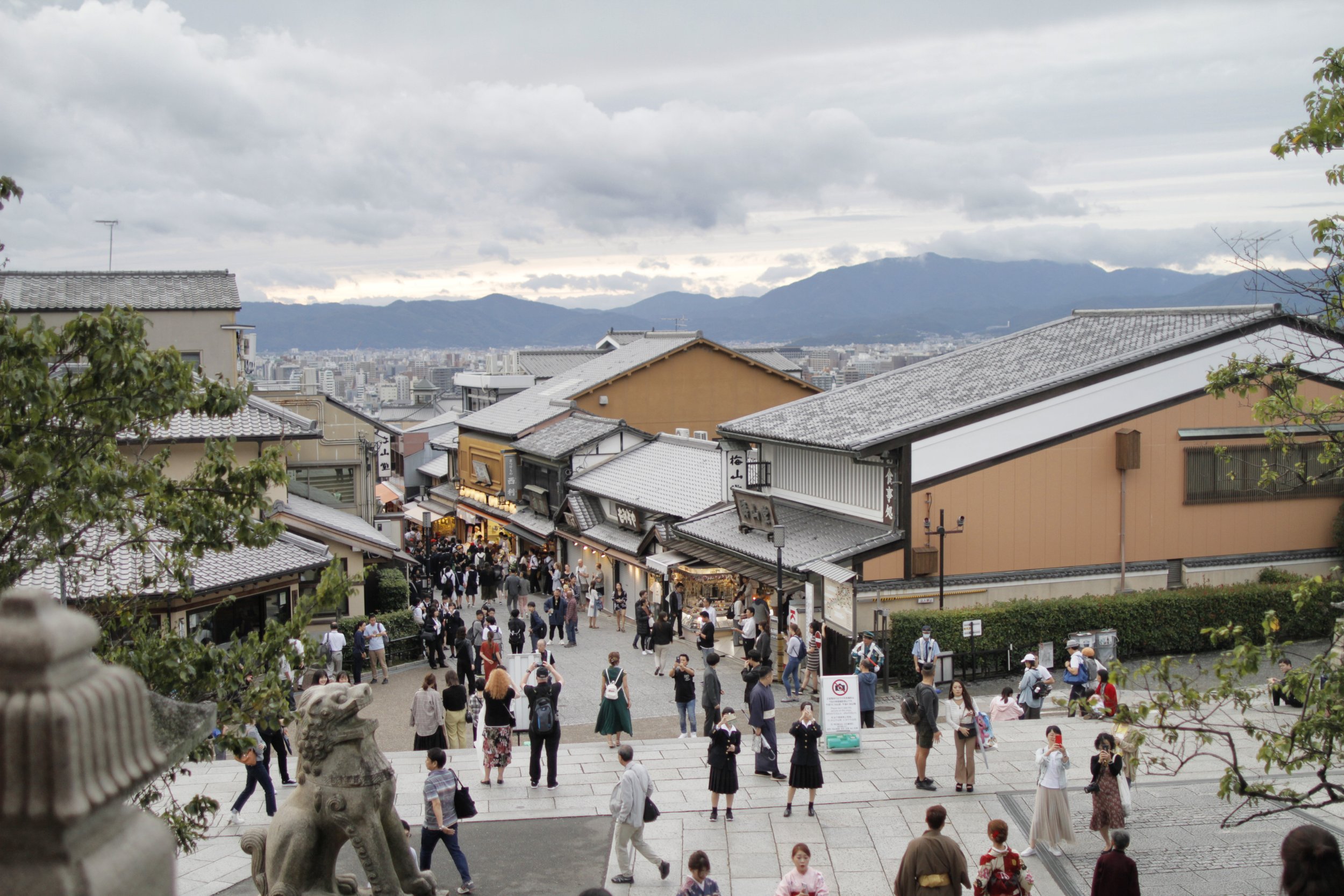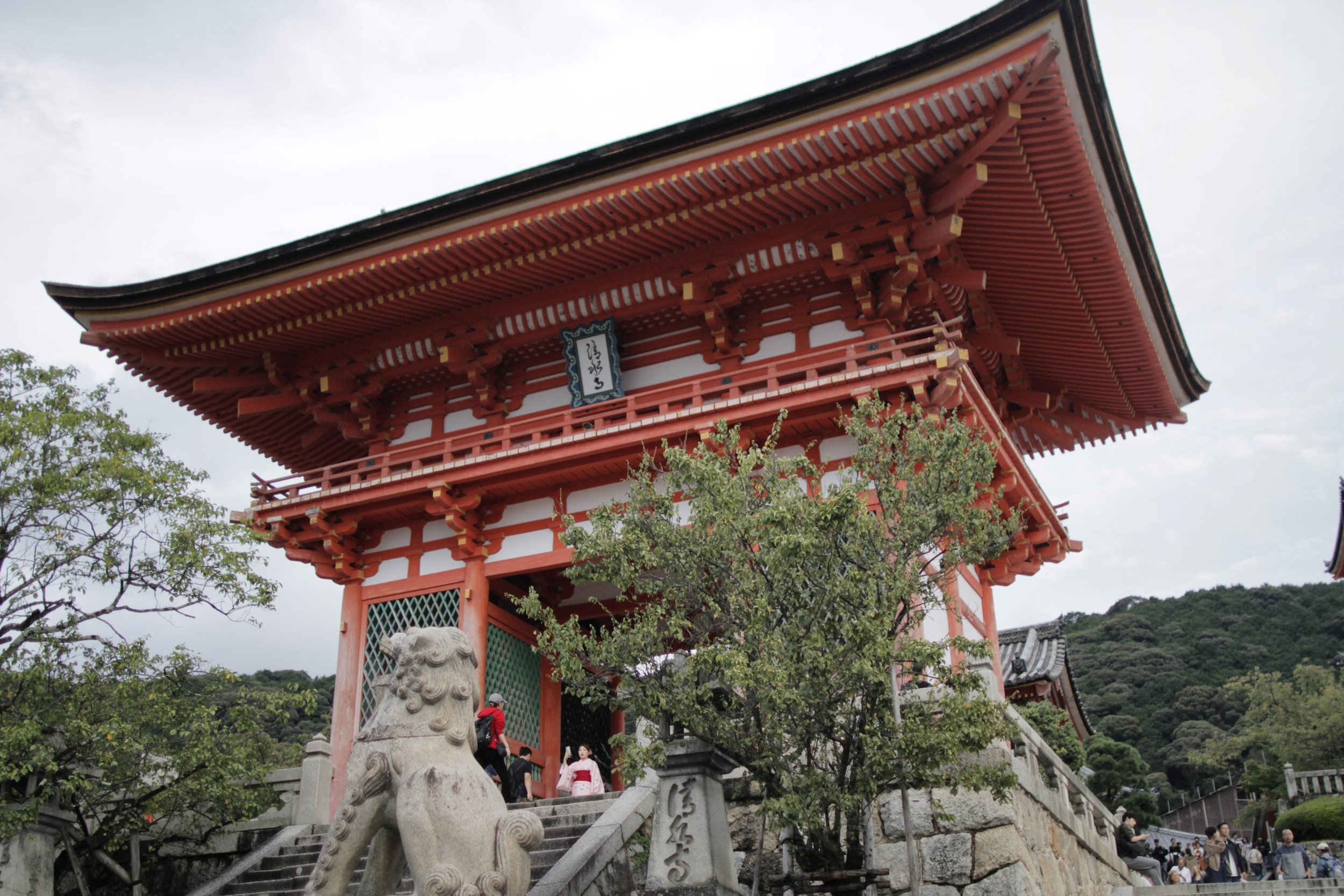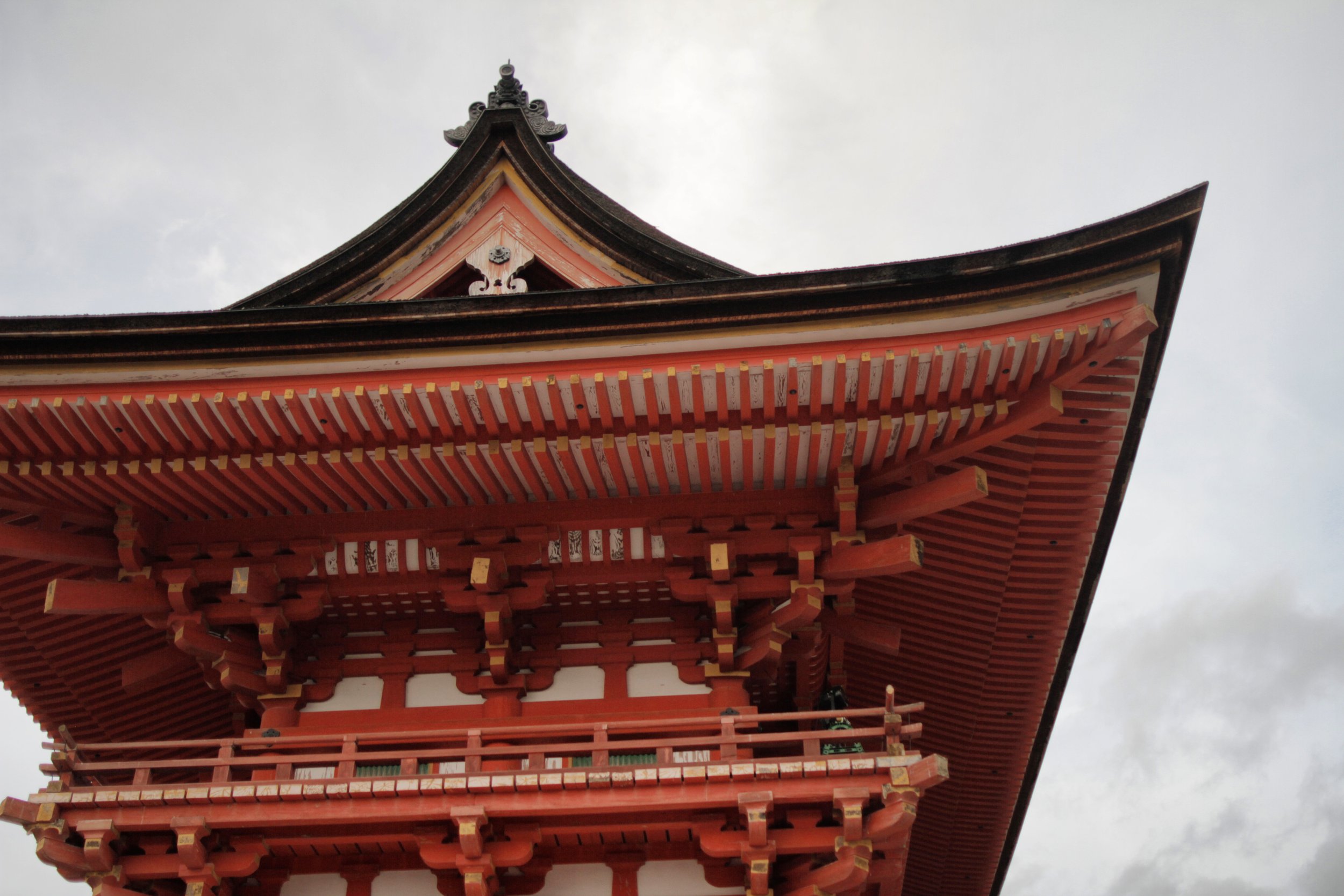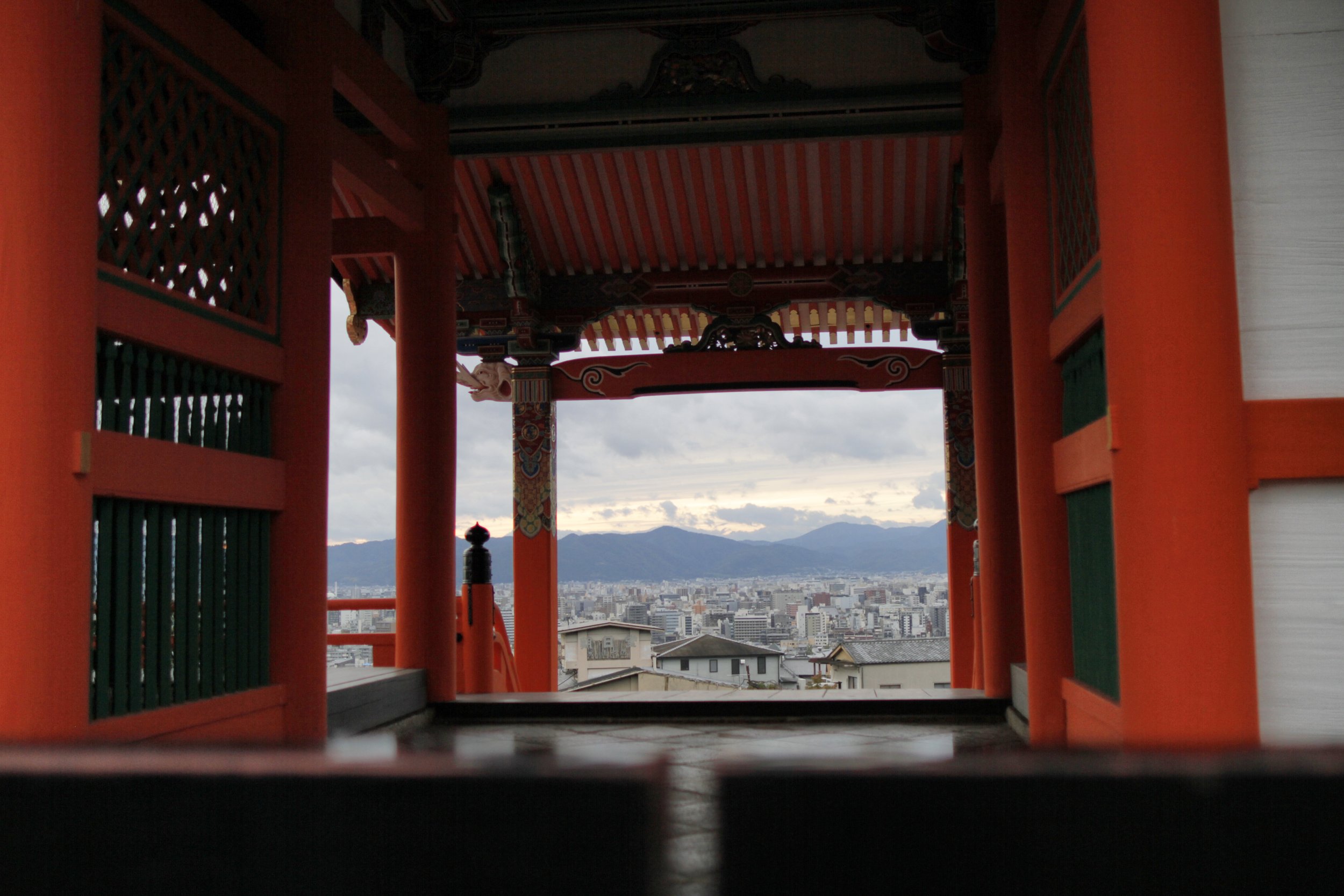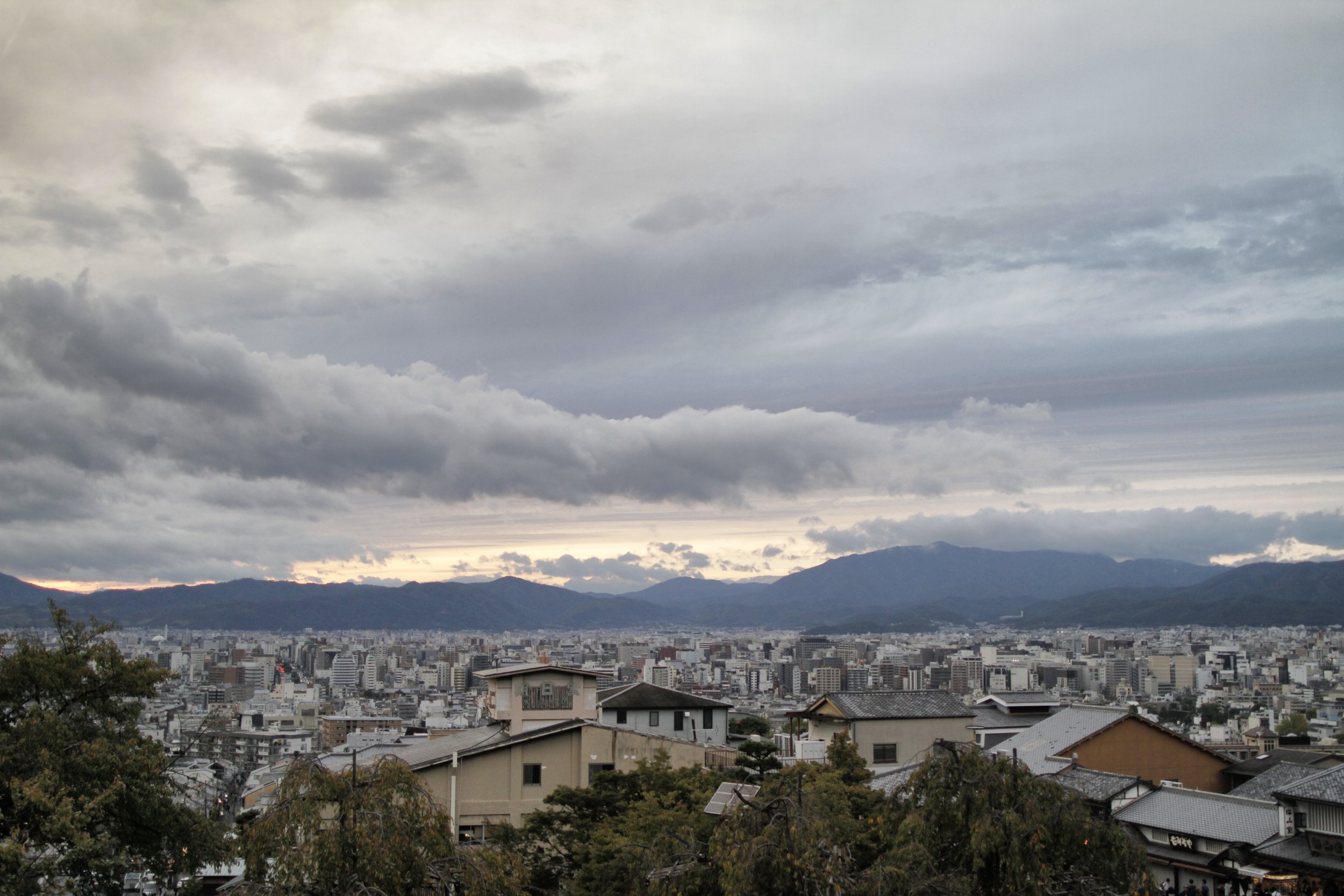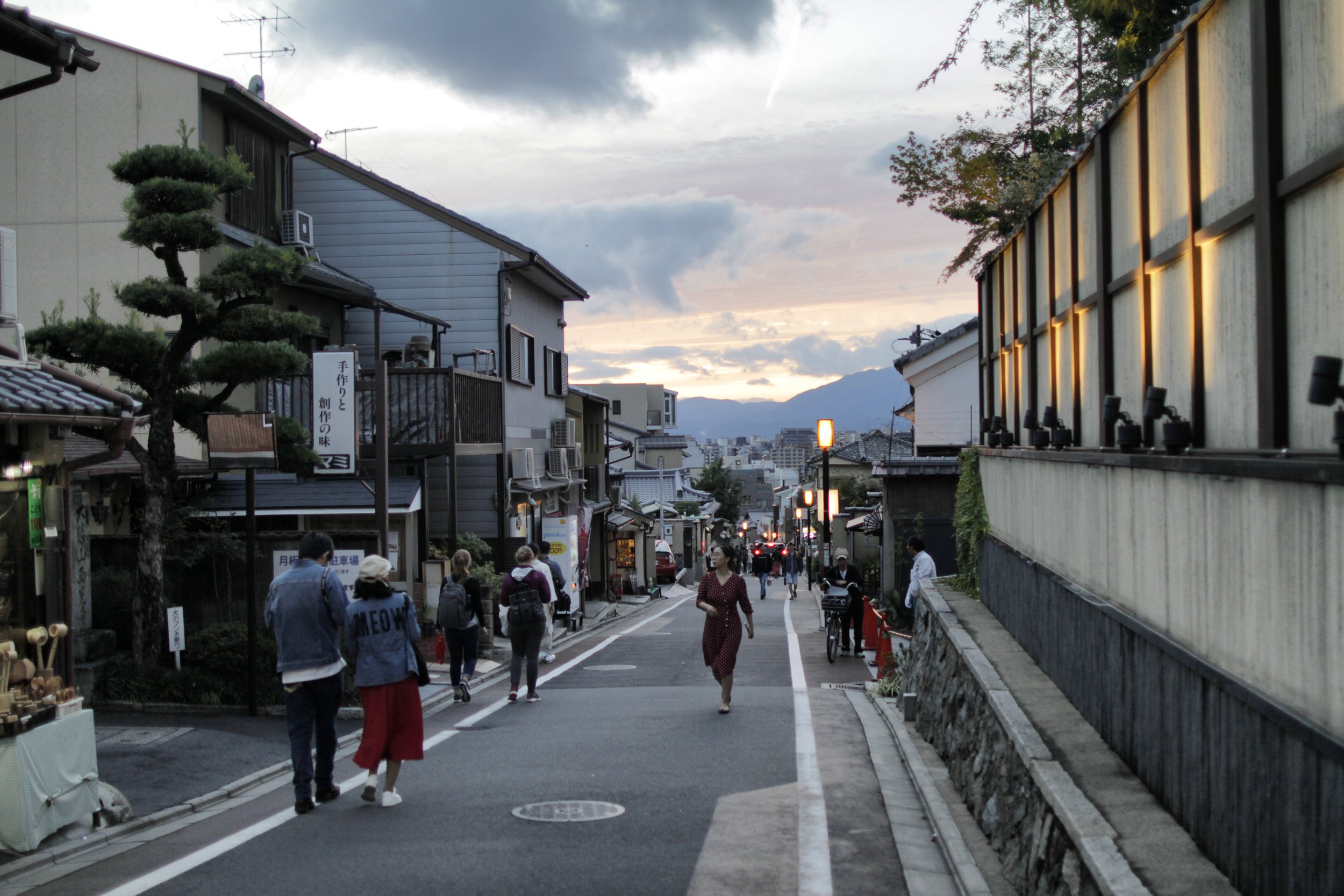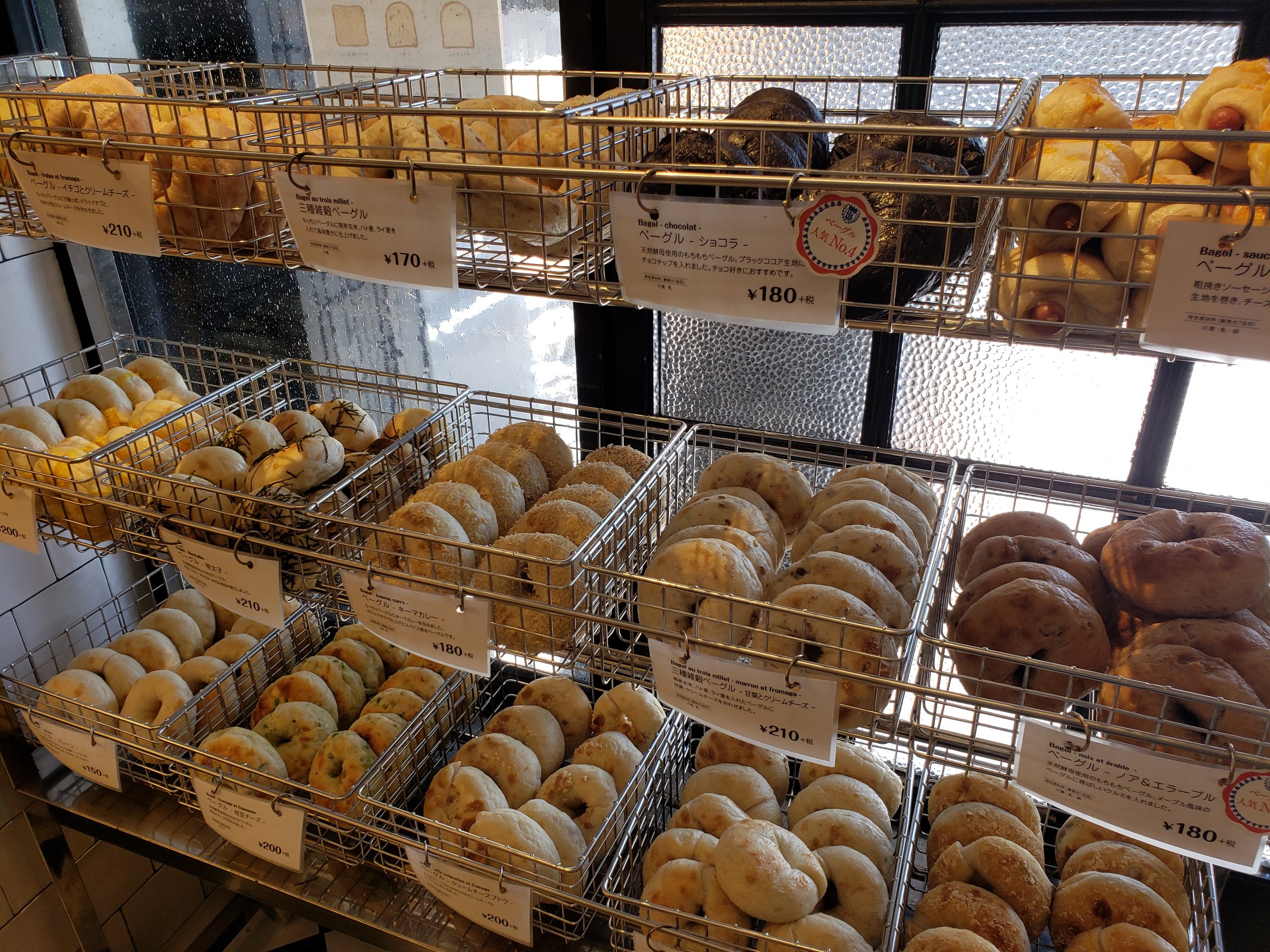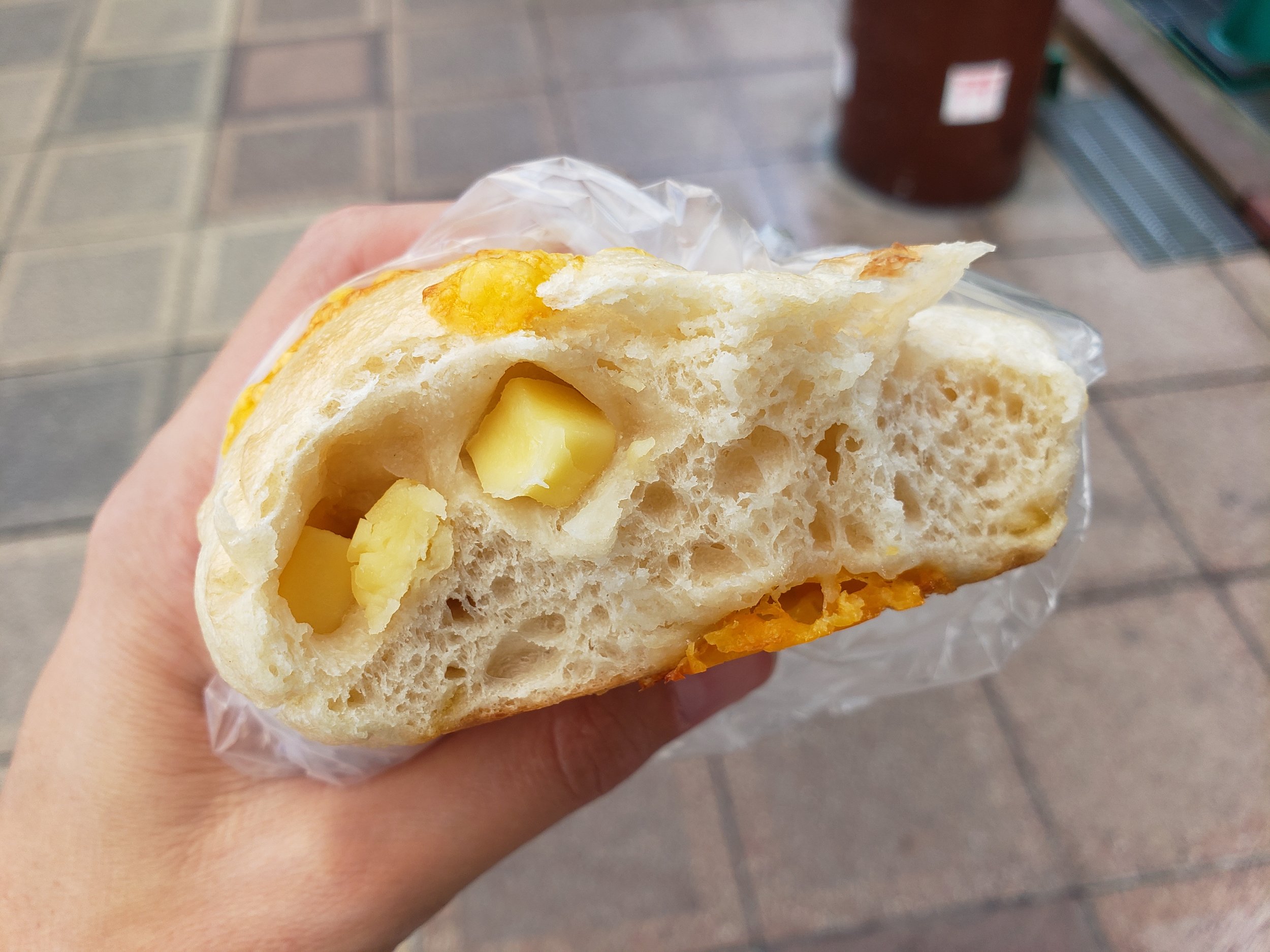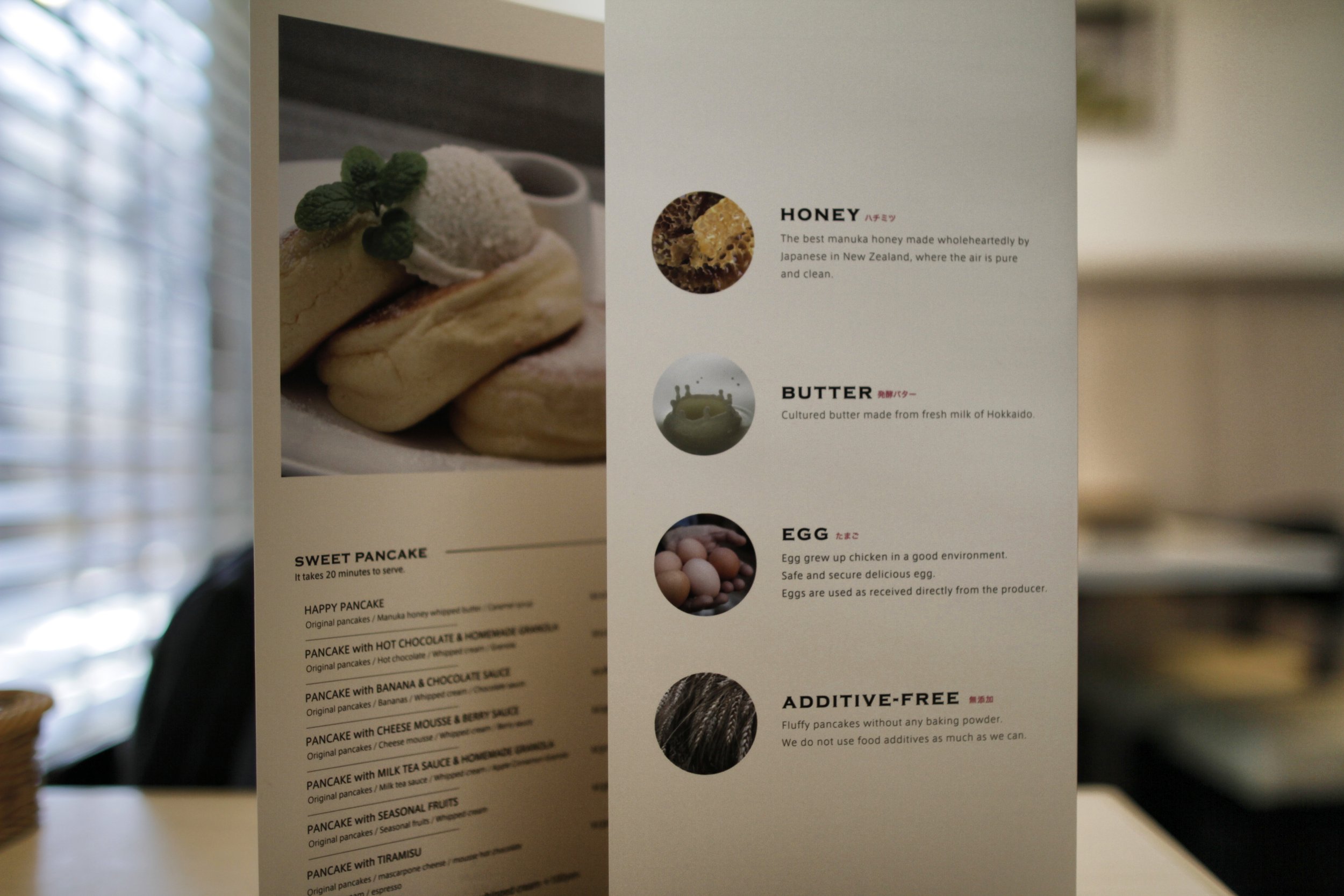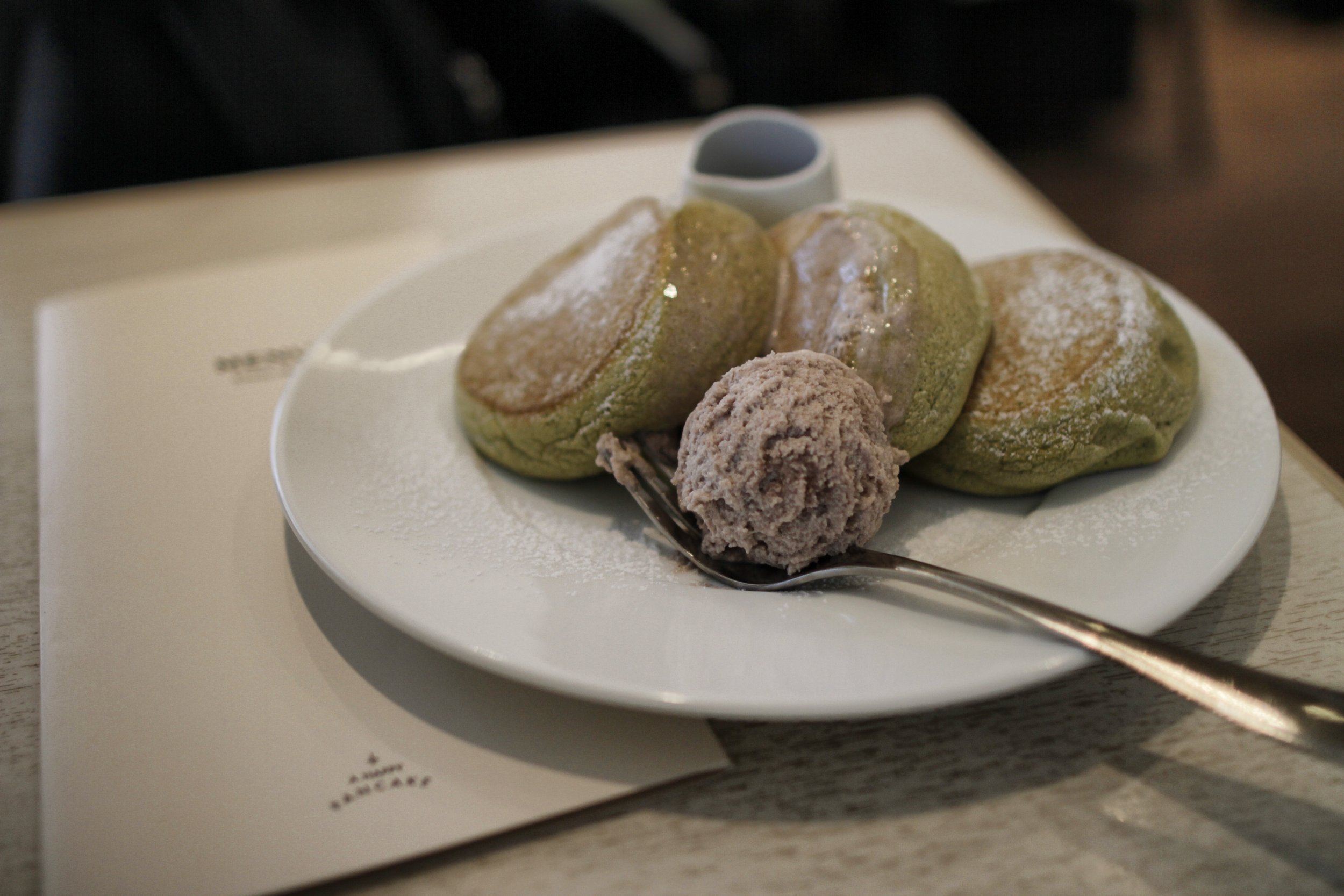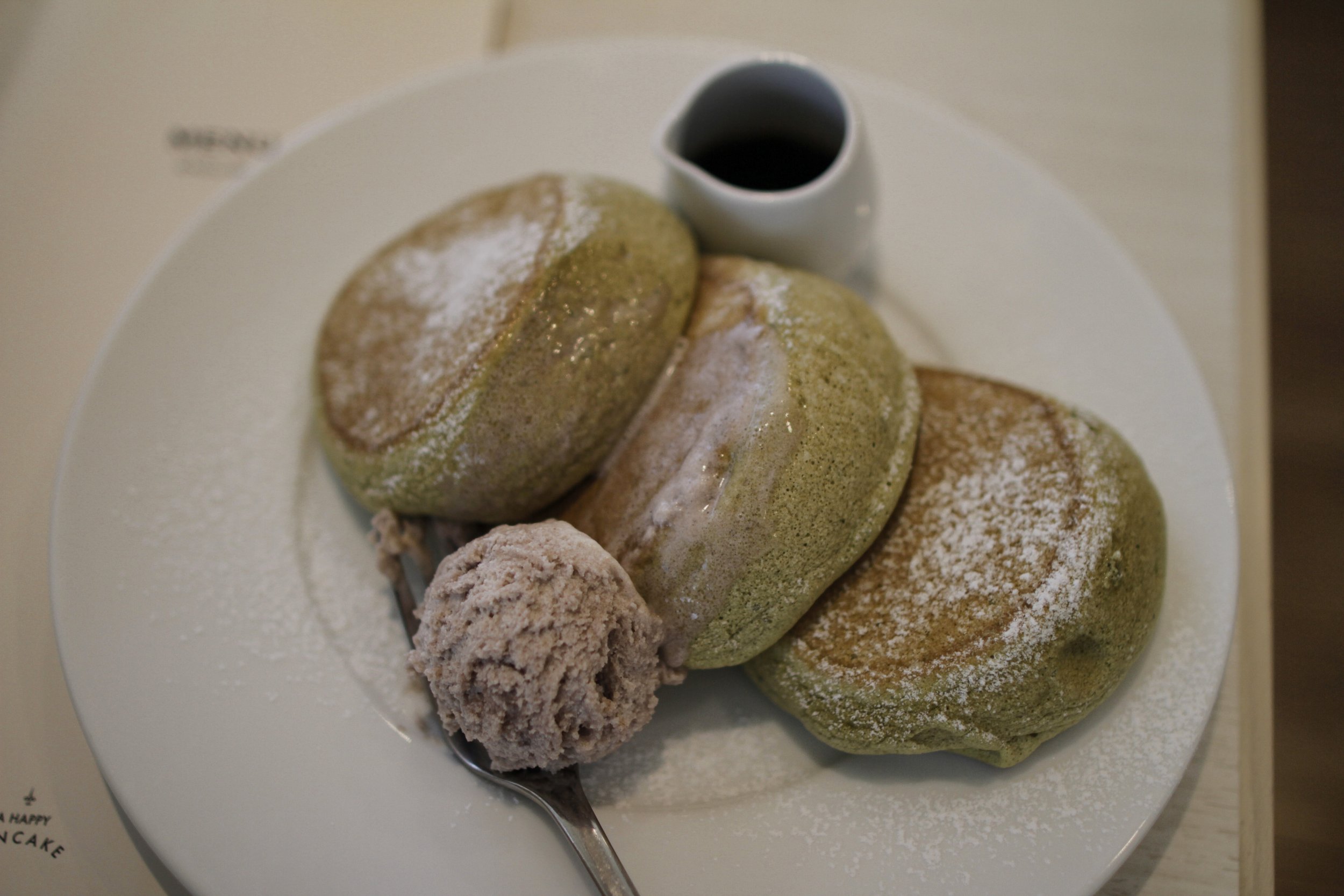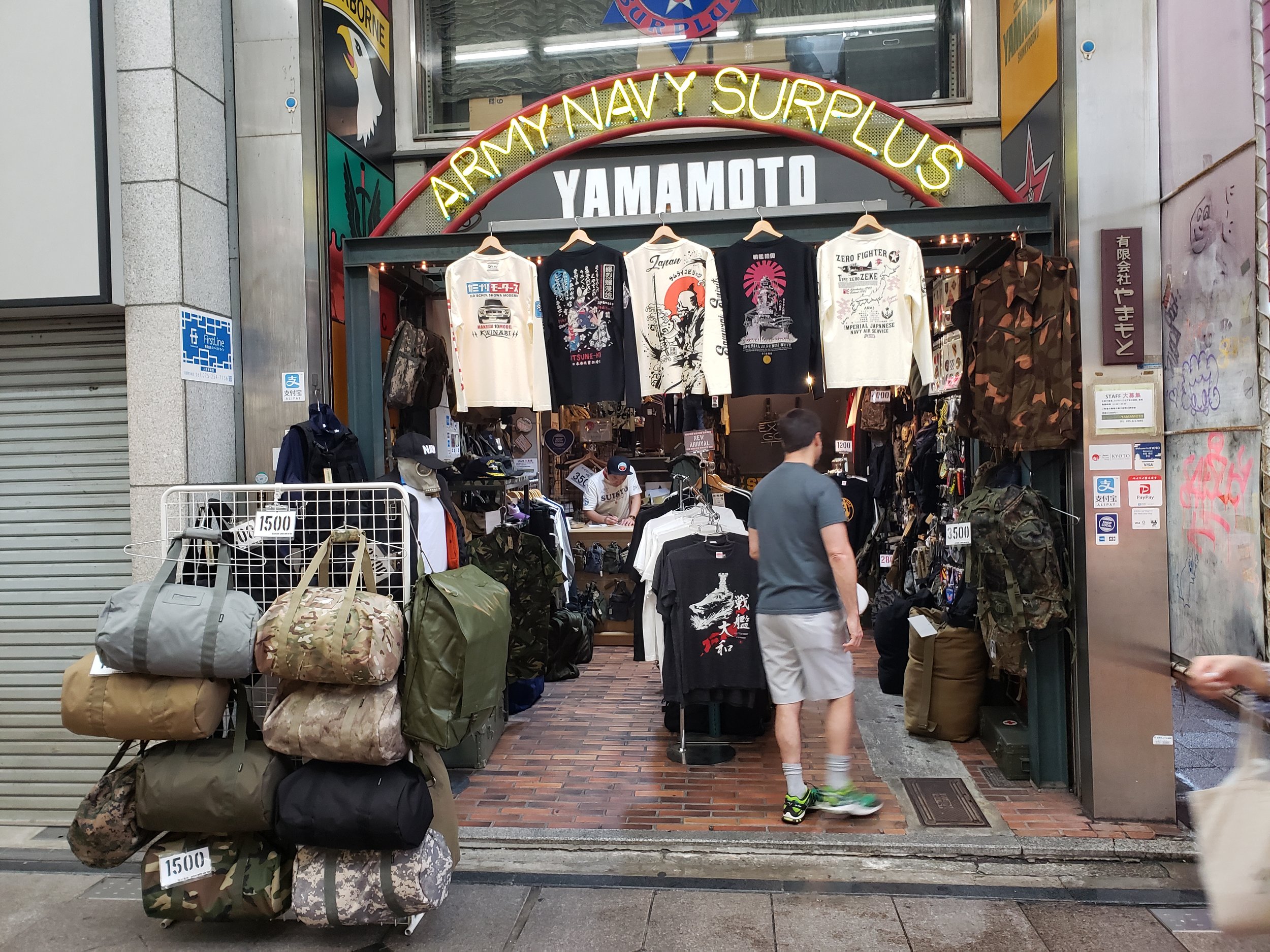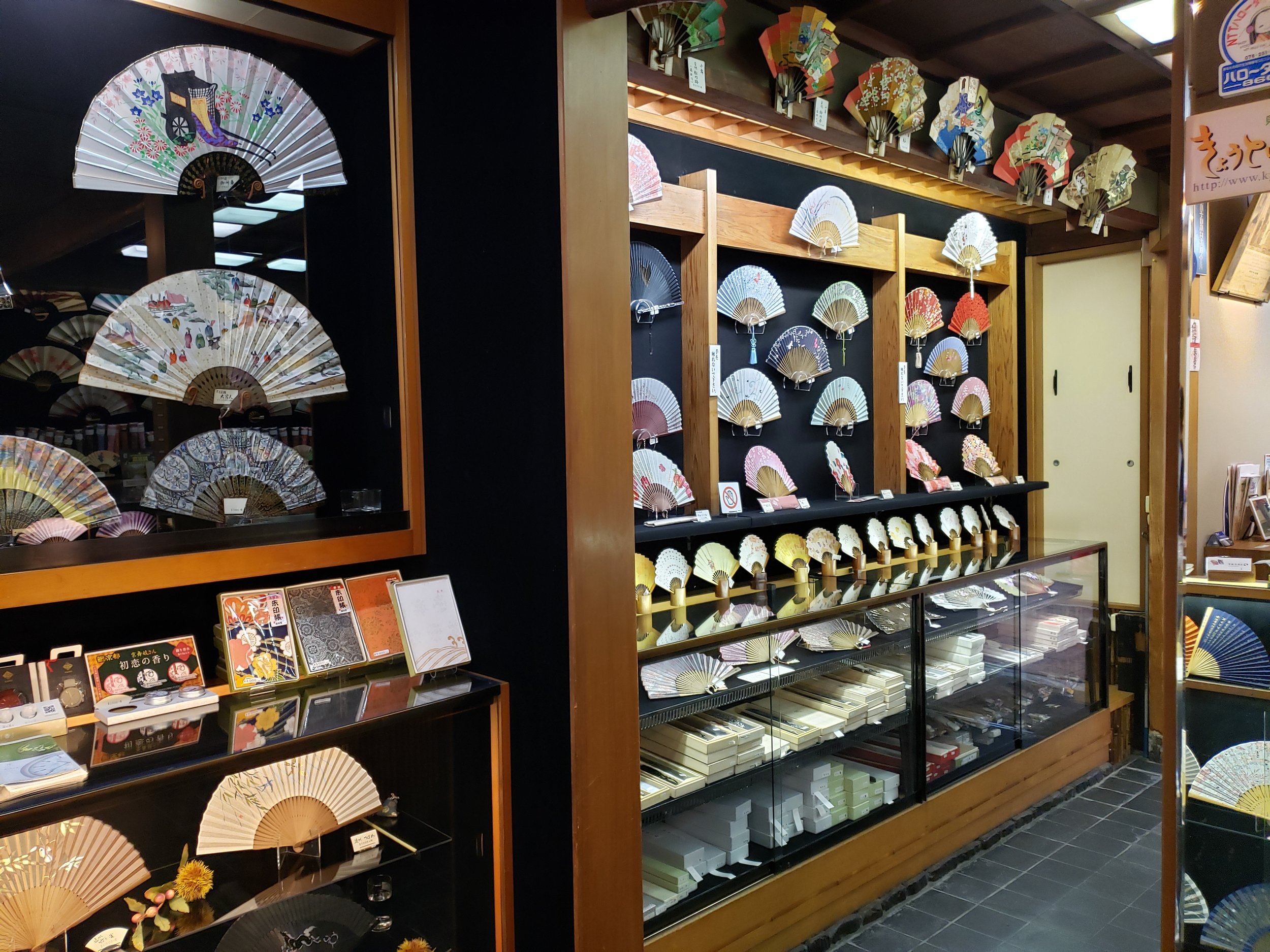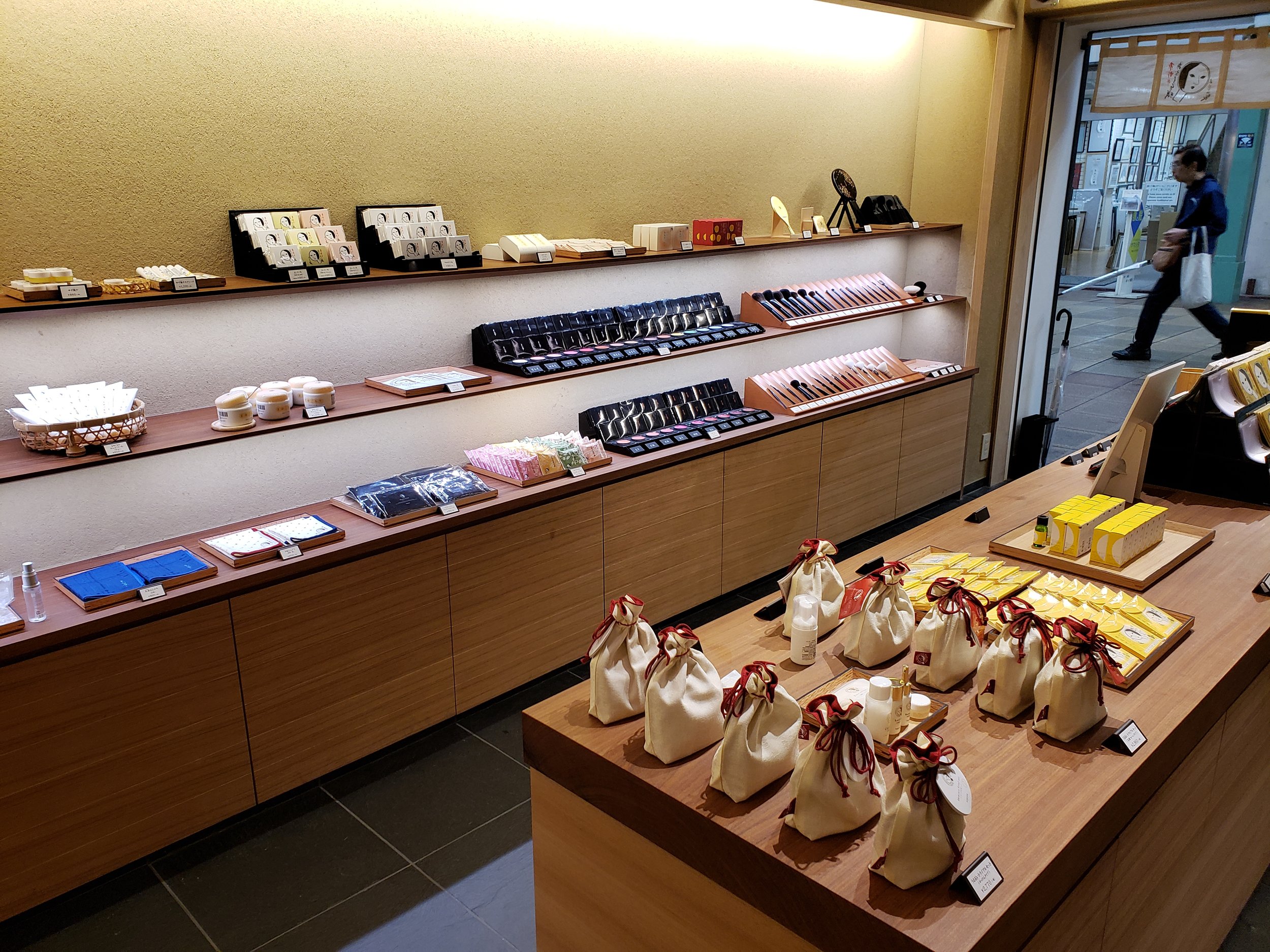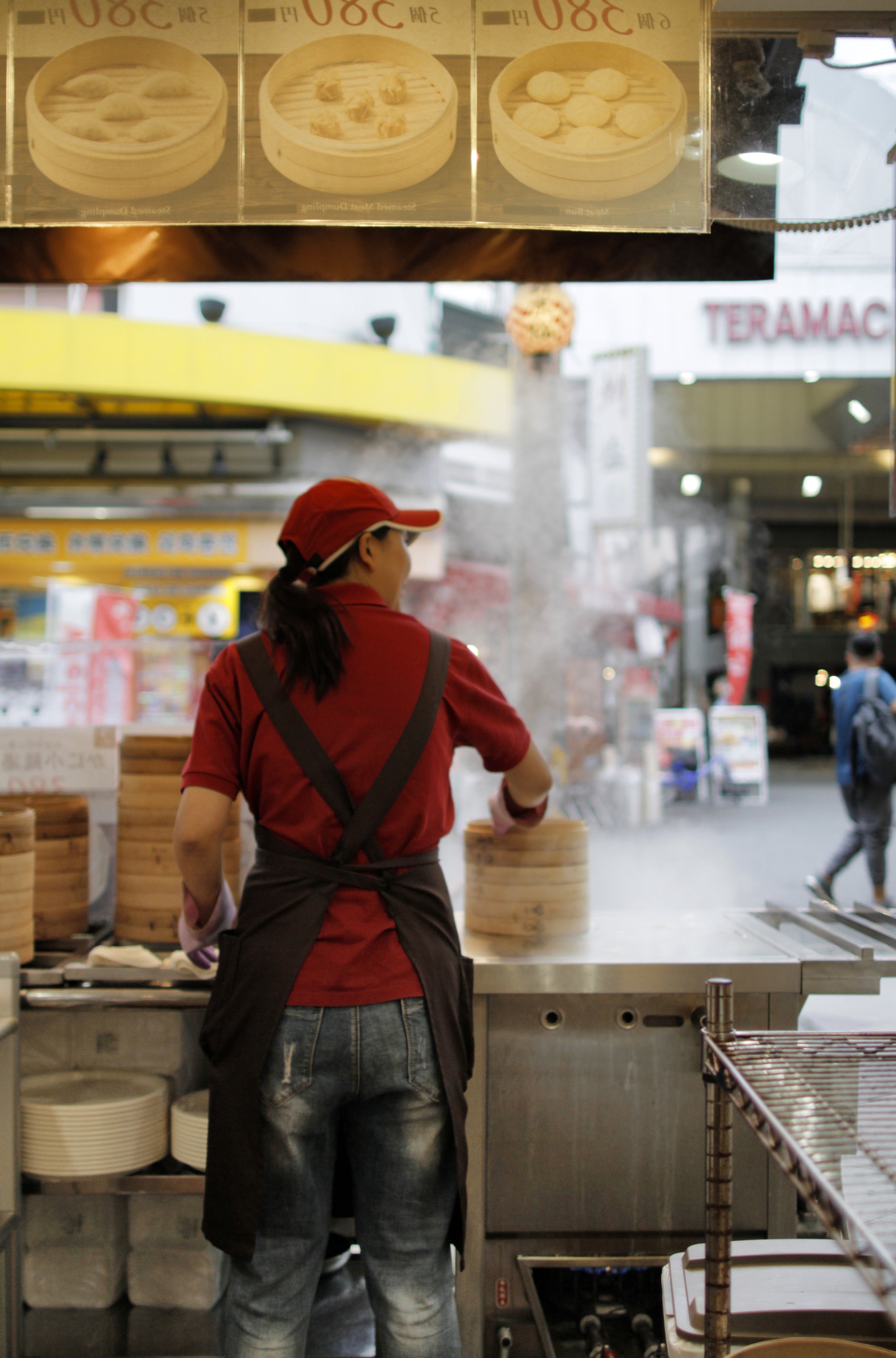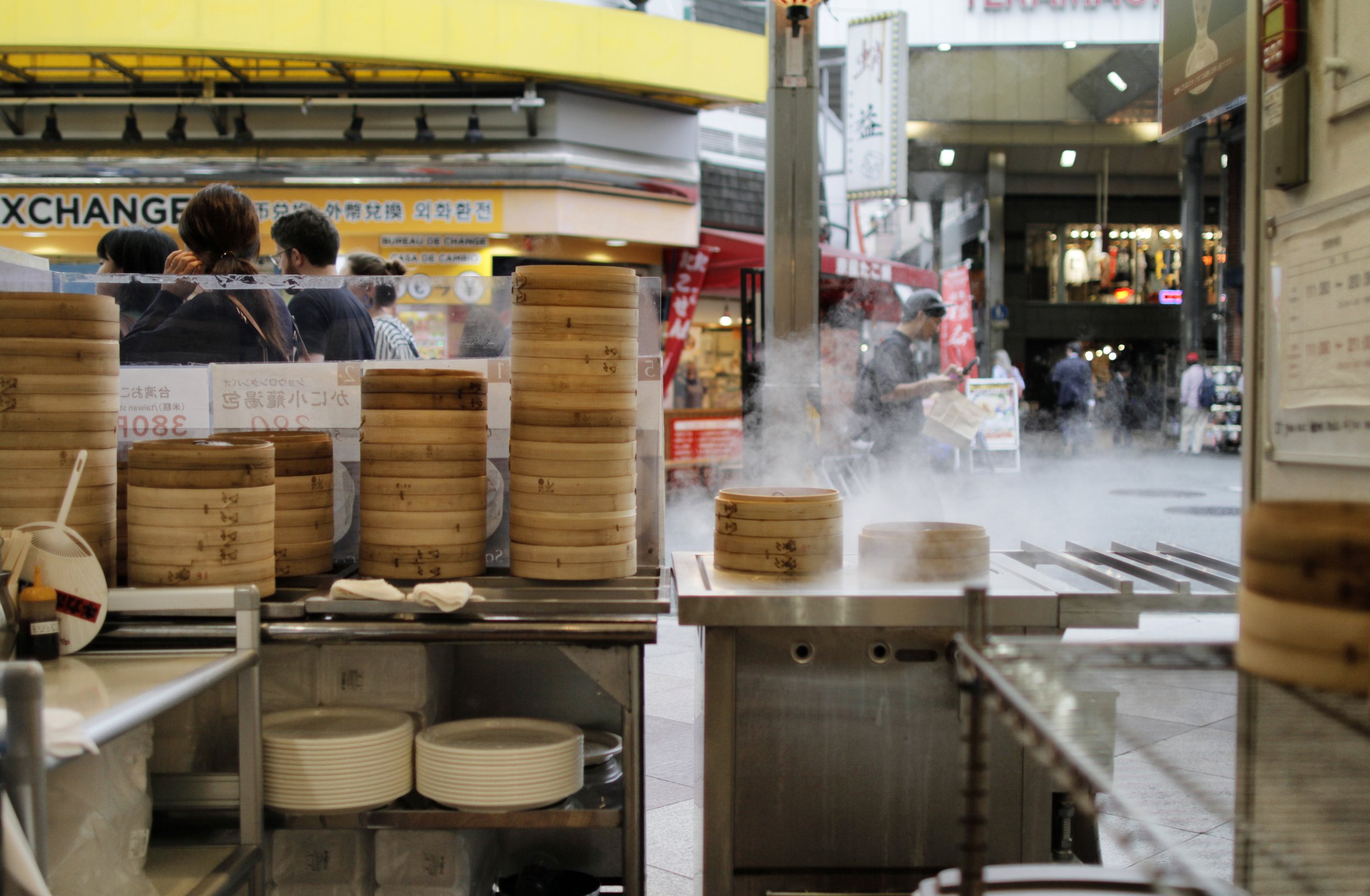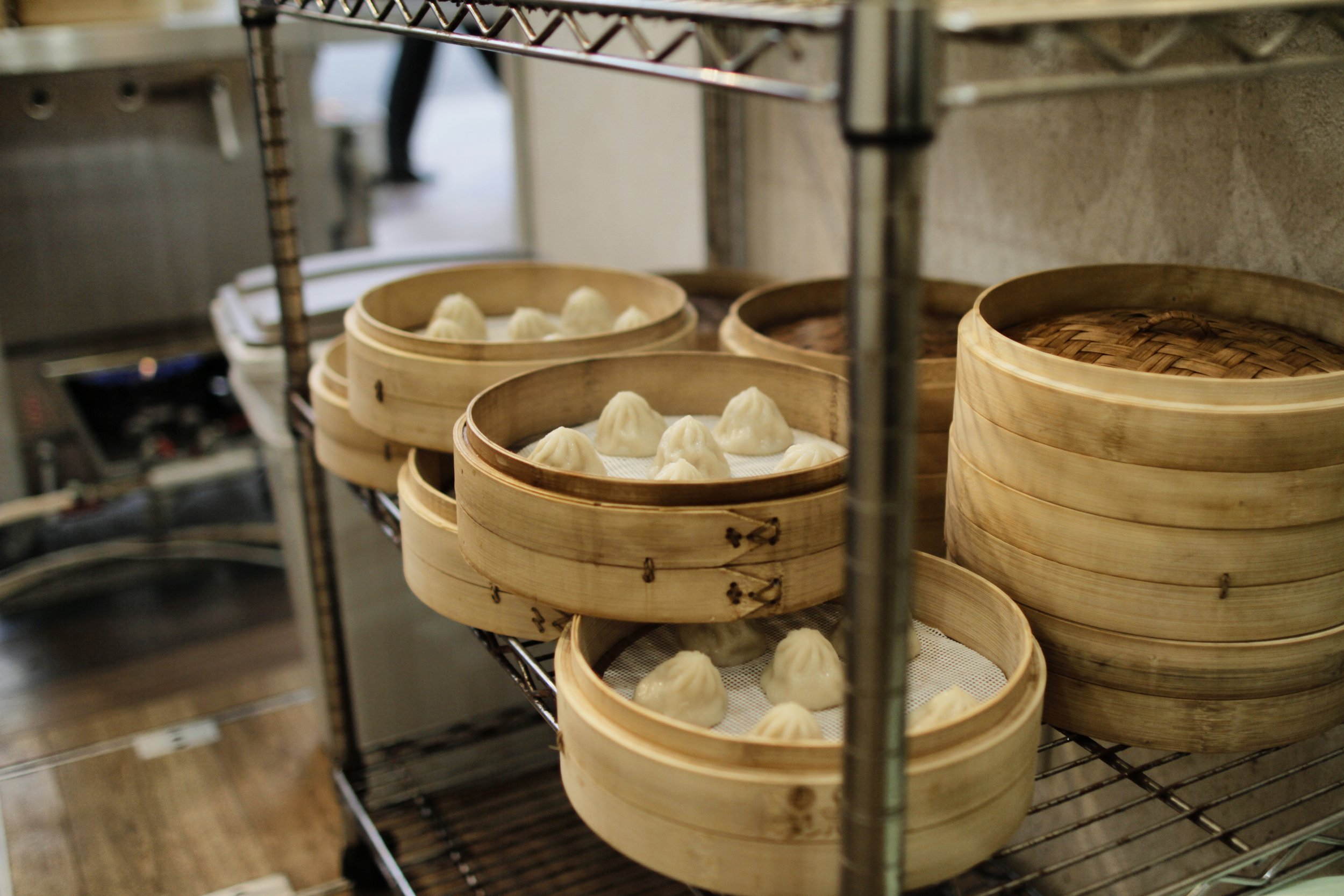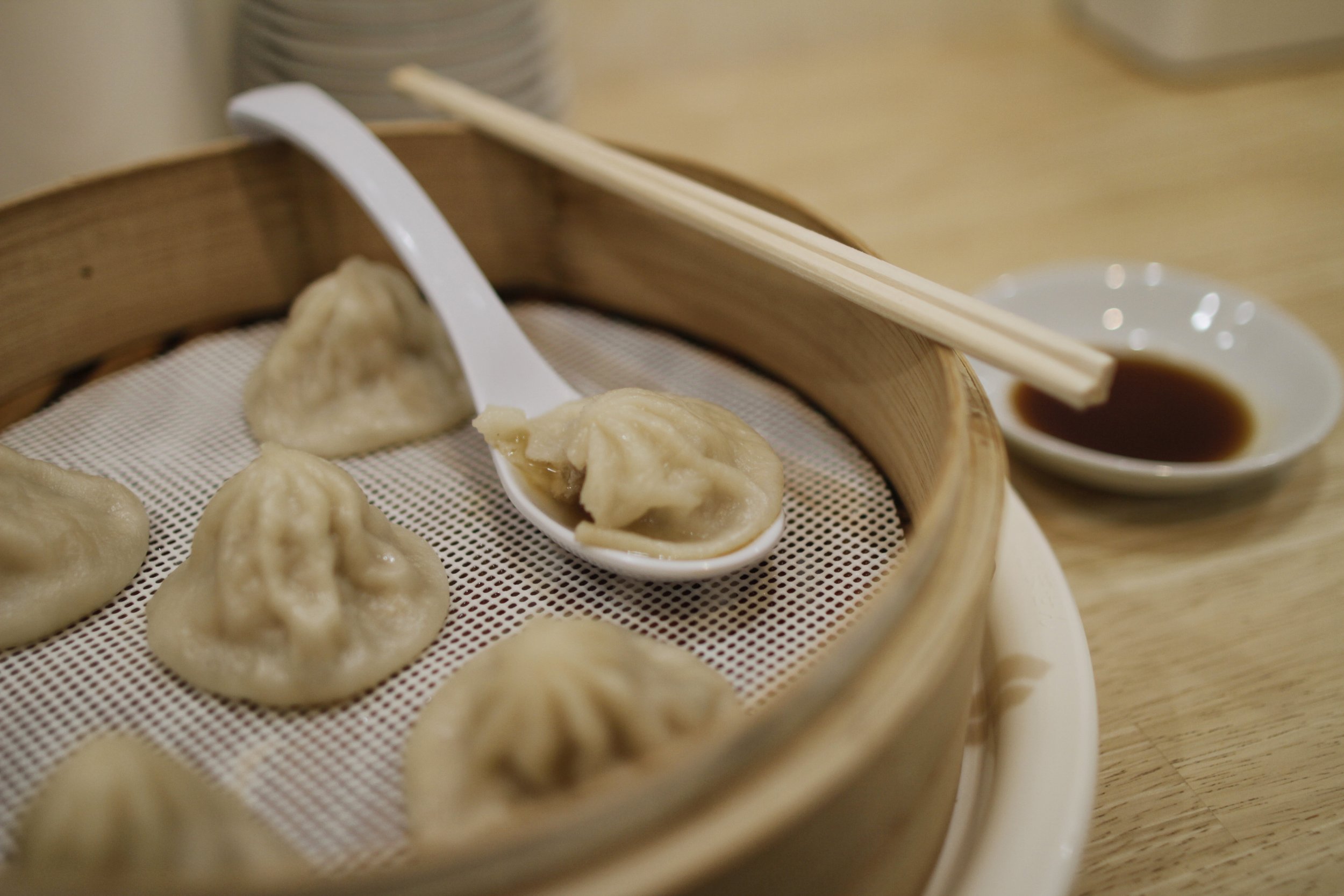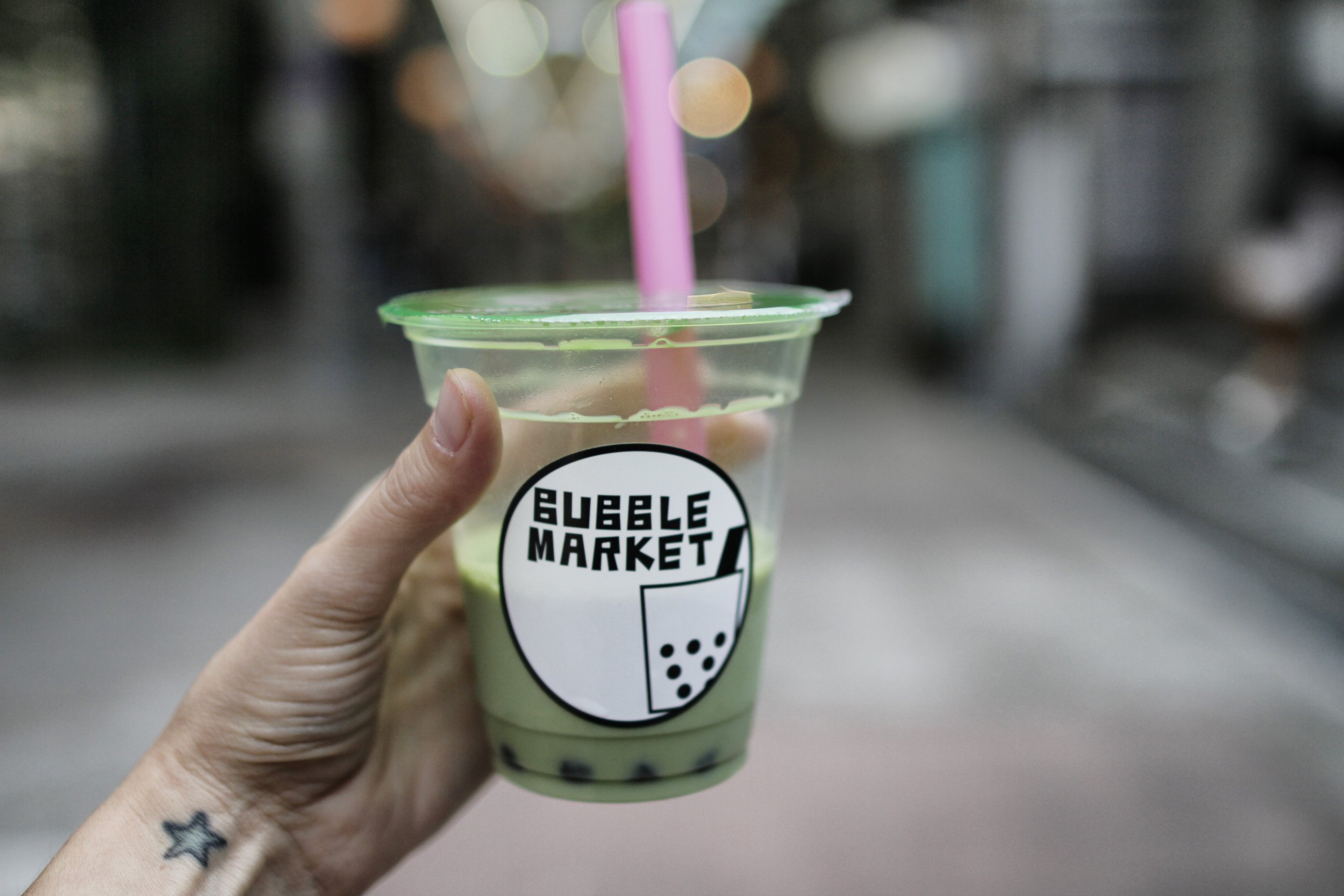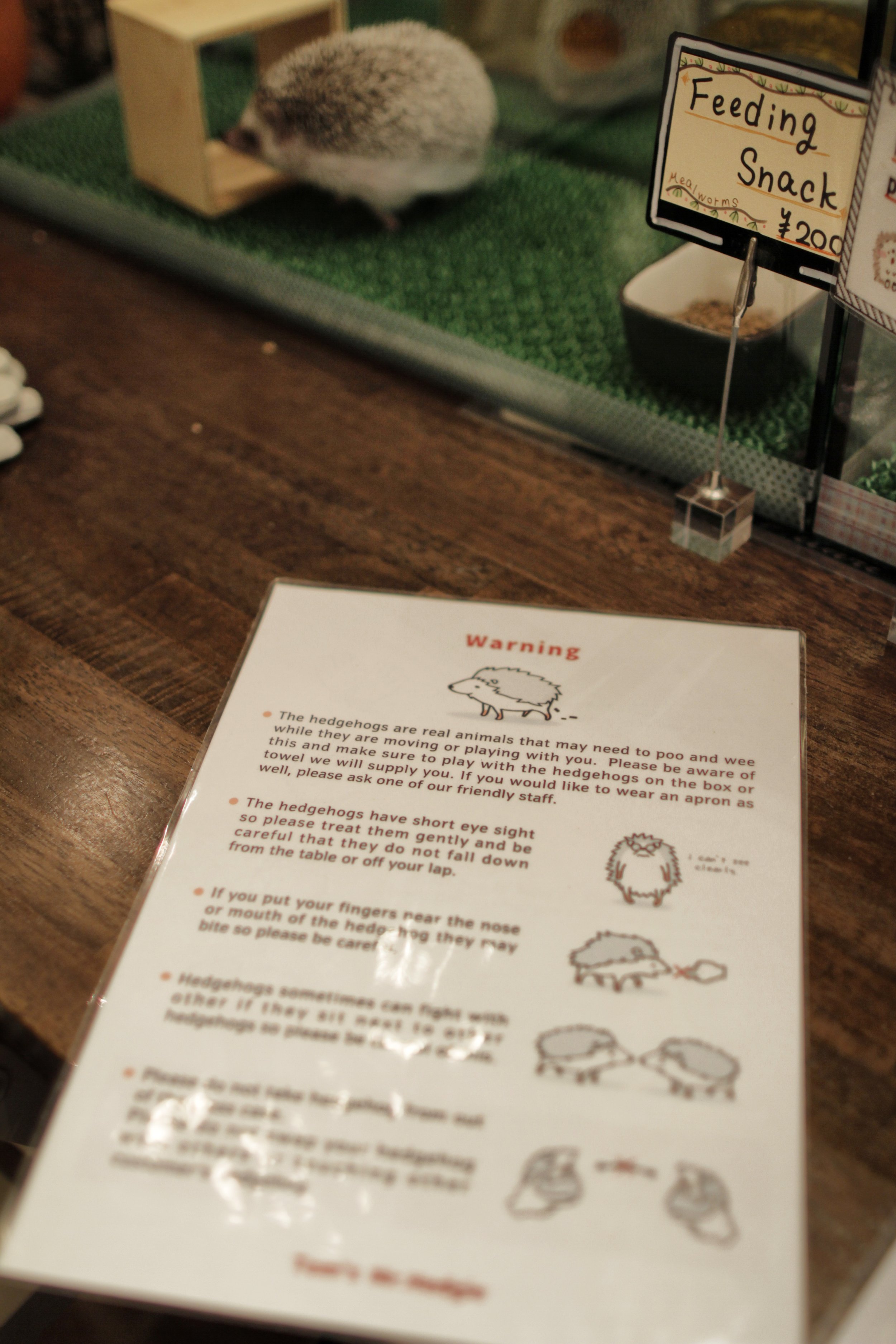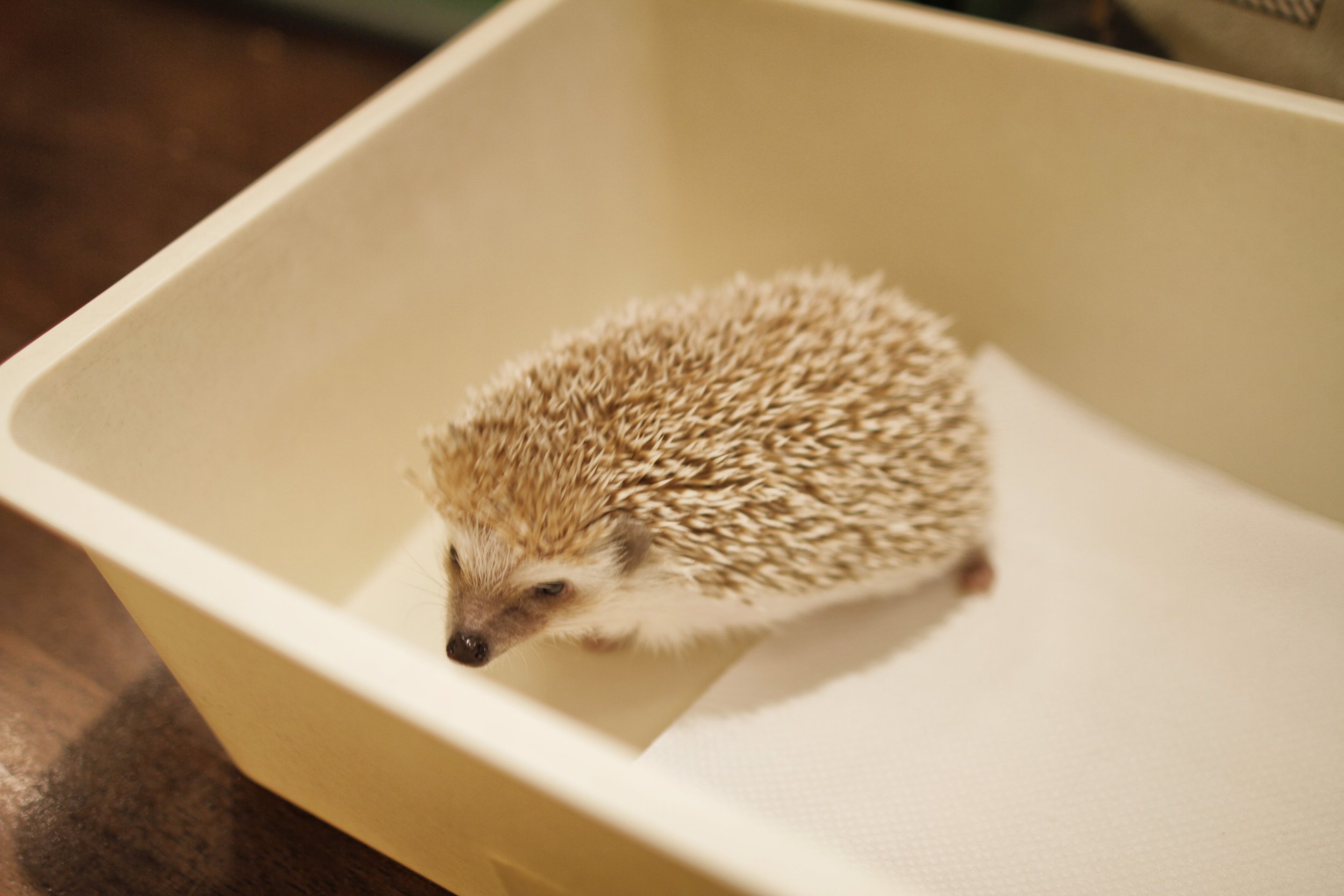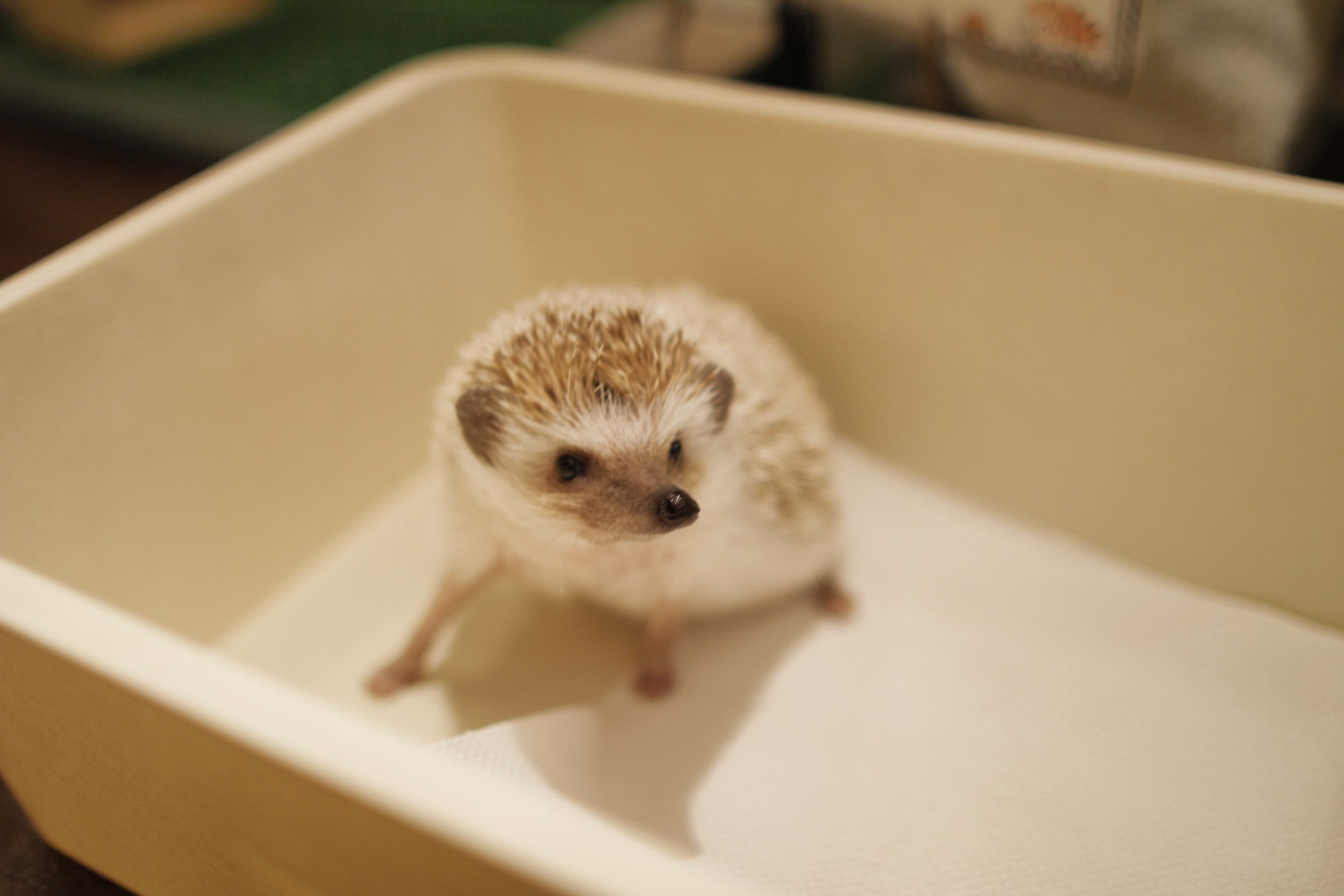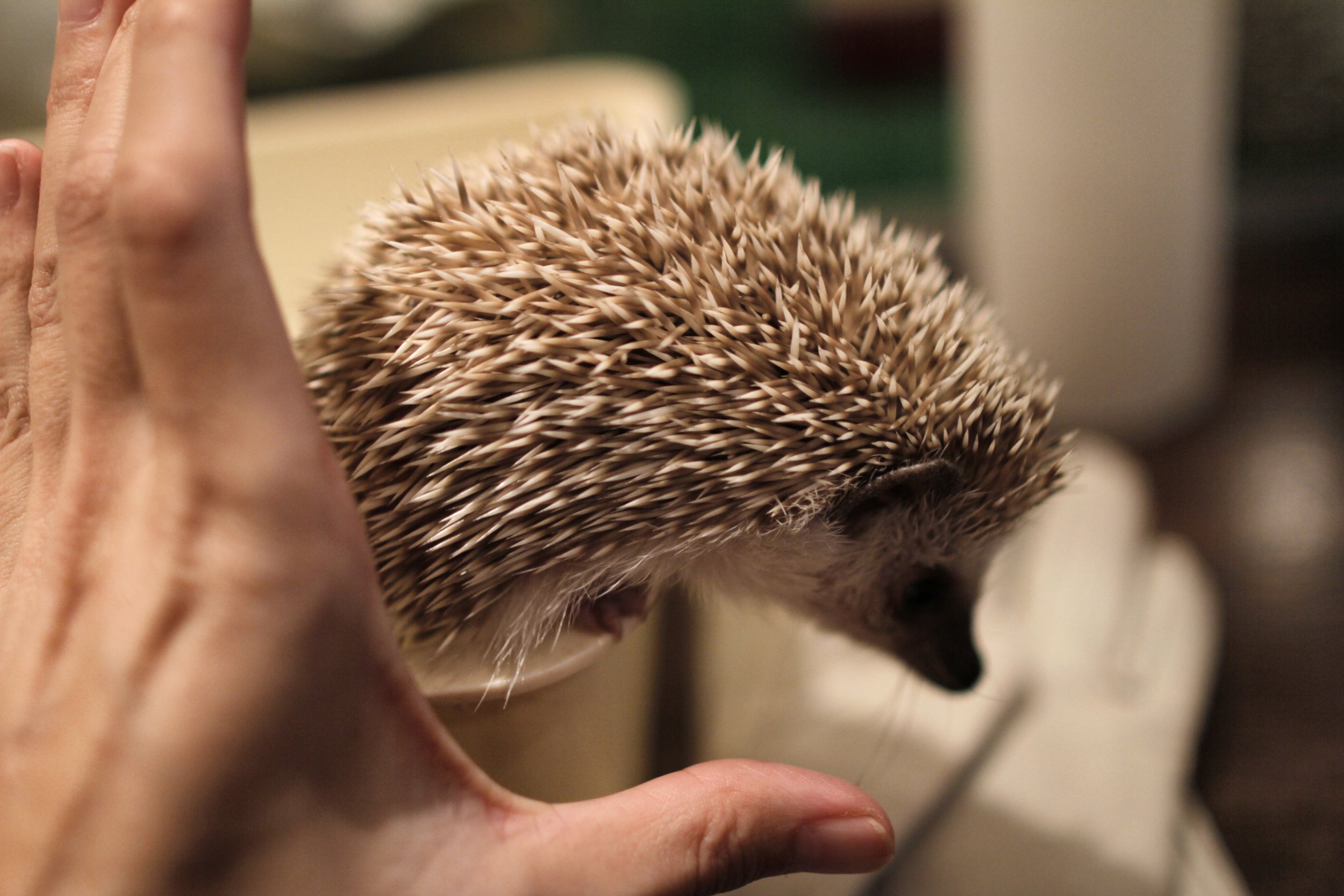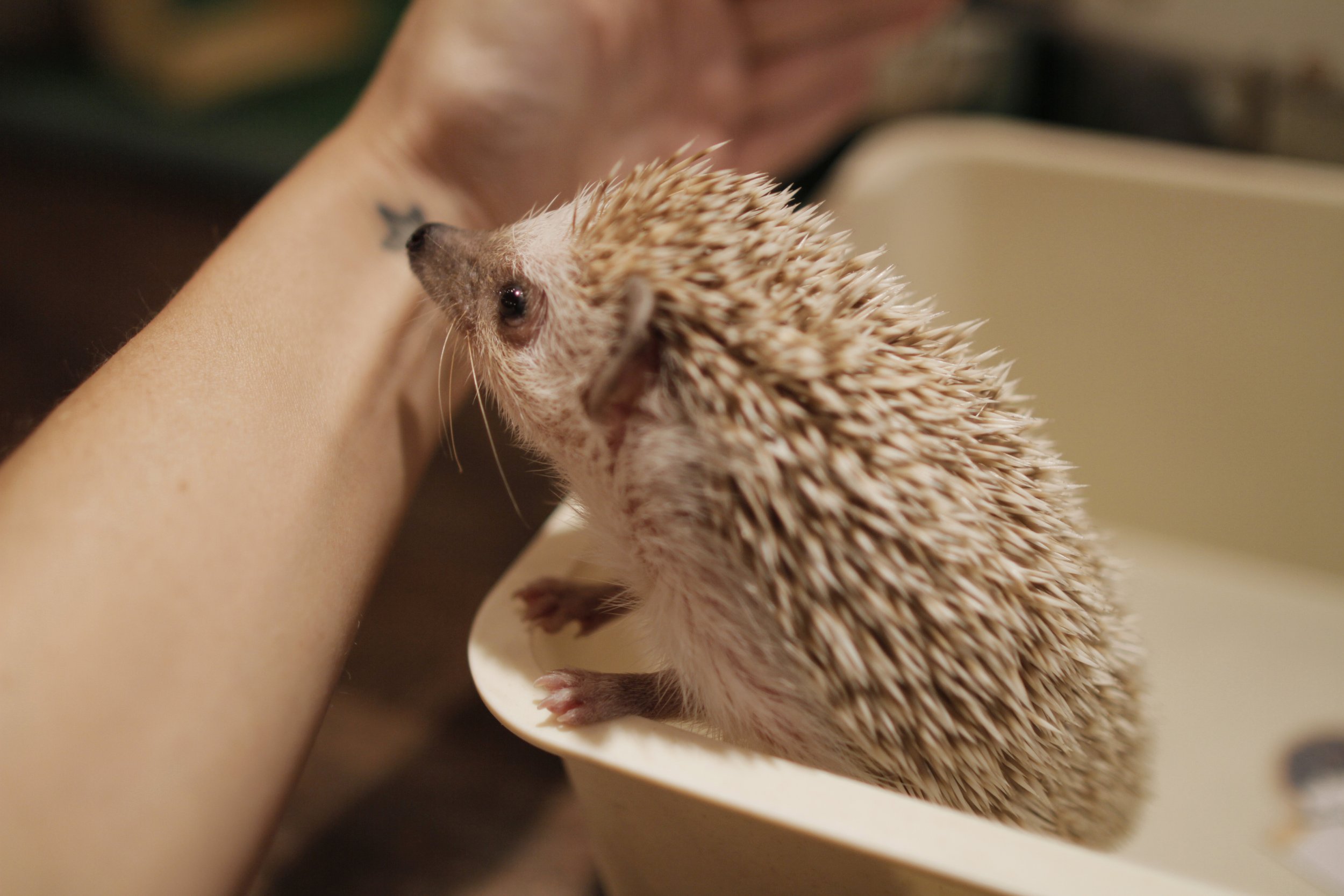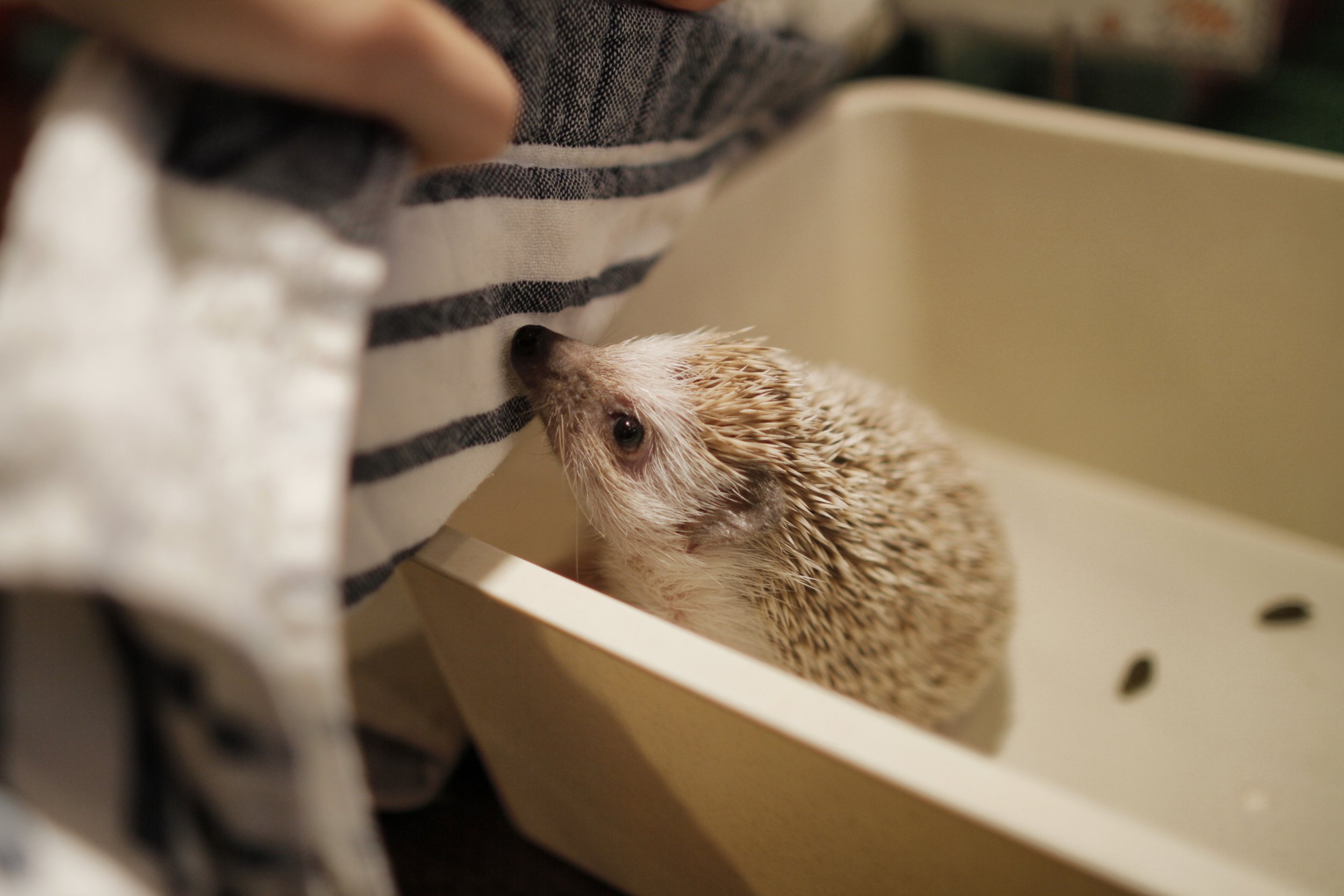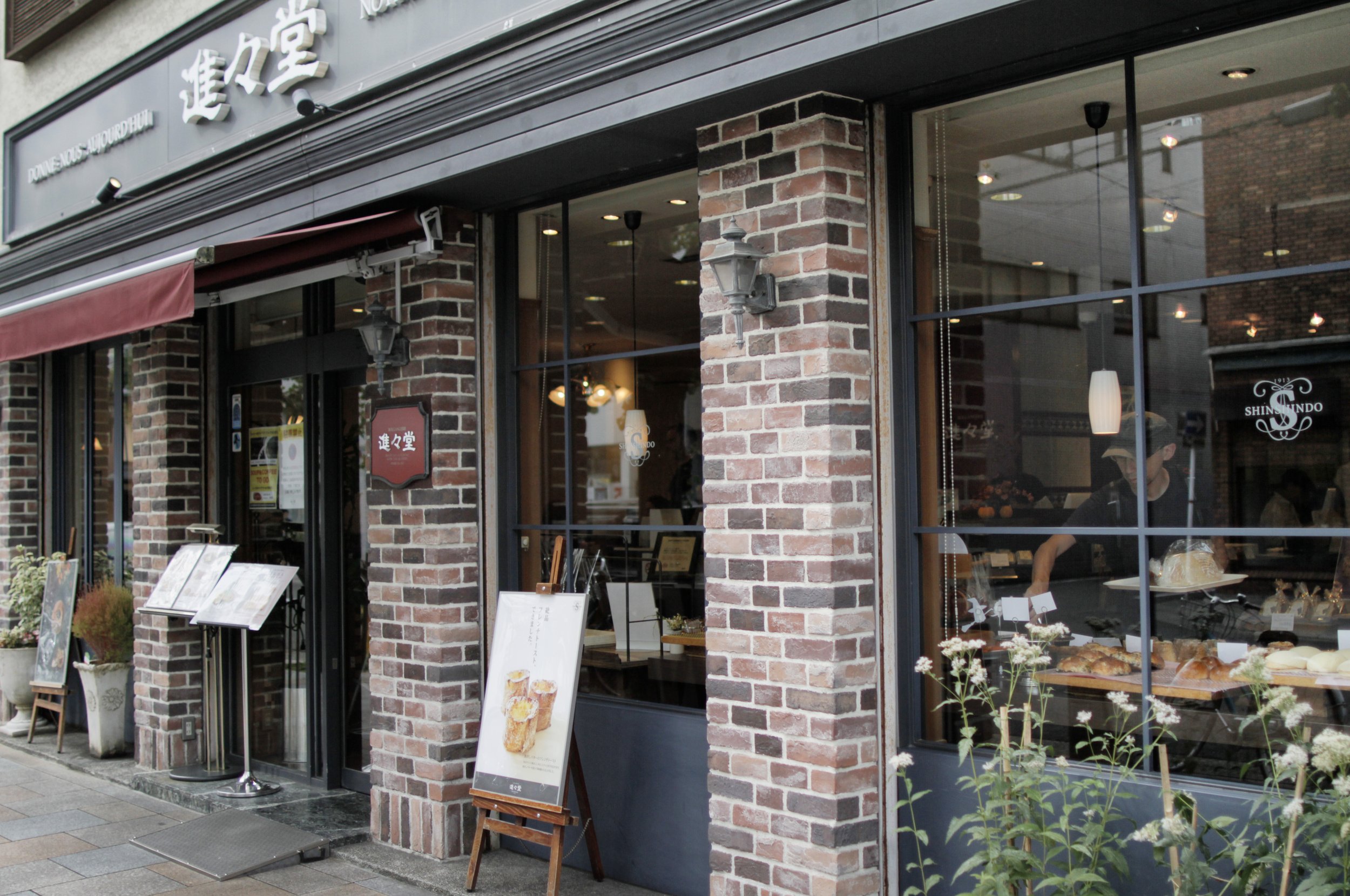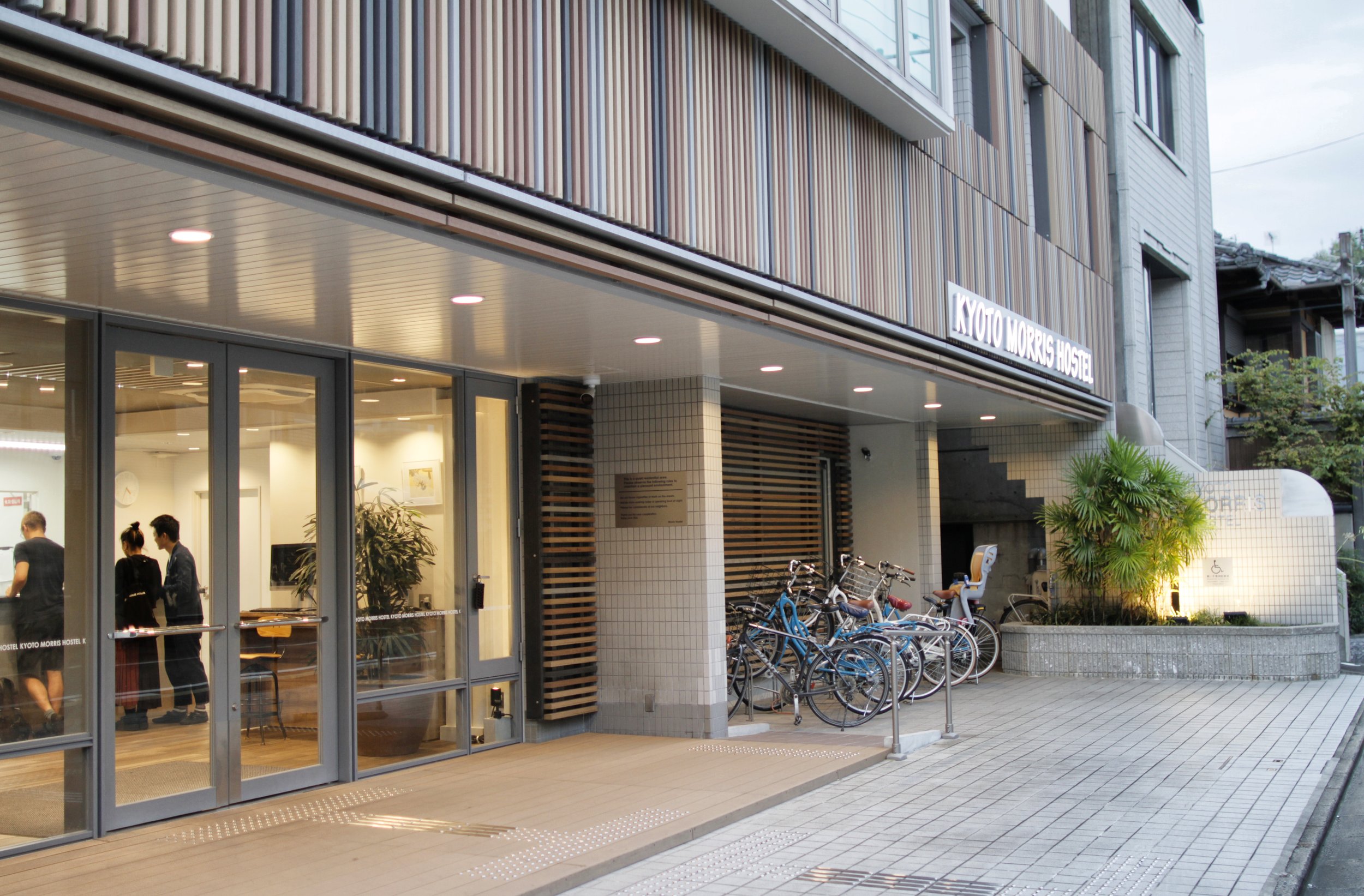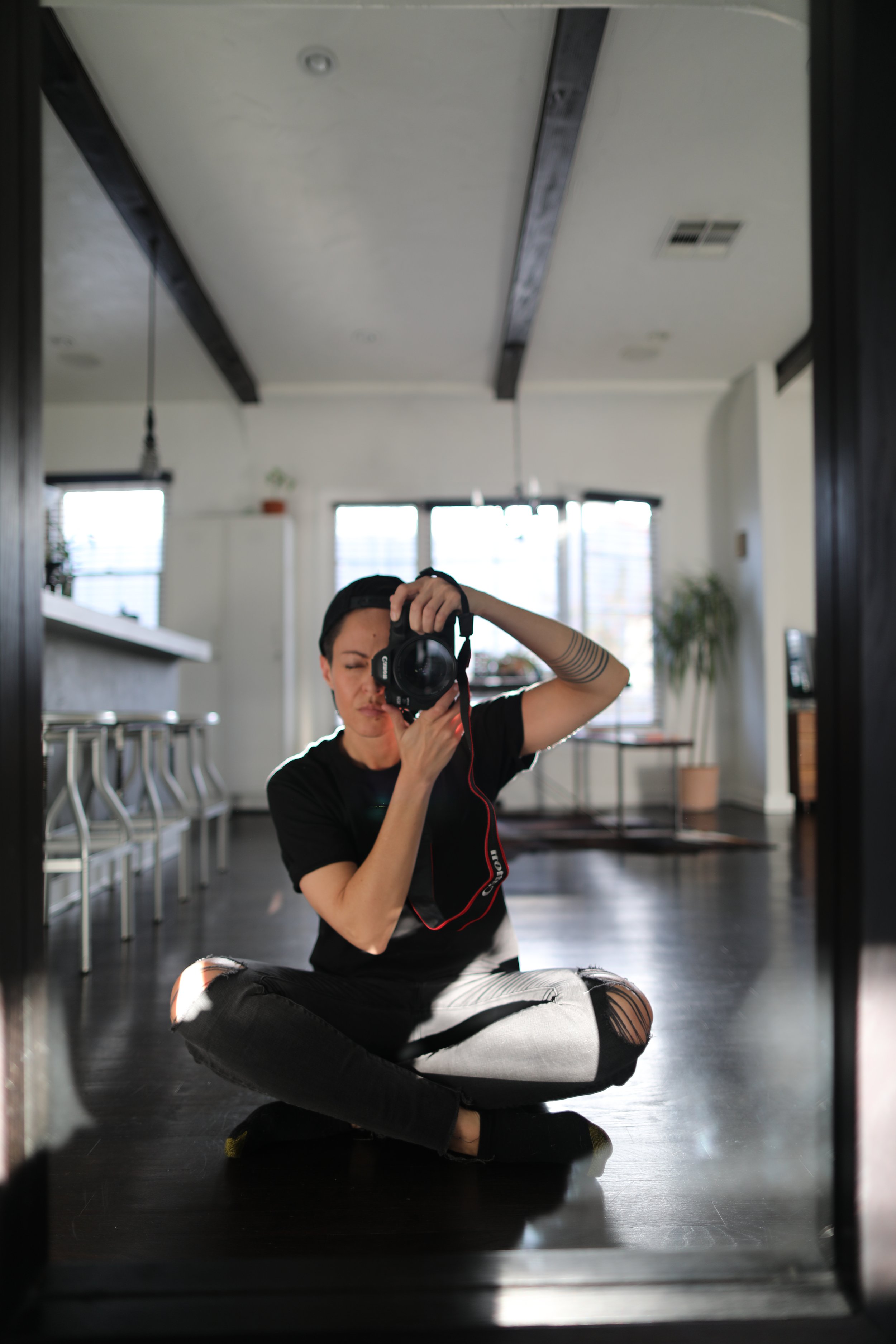Kyoto, Japan
Charming Temples, Gardens & Geisha of Kyoto
Japan, a magical land with an enchanting culture of colorfully decorated kimonos, tiny paper sculptures (origami) and long since abolished samurai. Logistically, it’s a challenging country to travel with a landscape that’s nearly 80% mountainous and composed of 6,852 islands. With such an extreme environment, it’s no wonder Japanese people value harmony, order and self-development above all else. They’re also an incredibly homogeneous people with 98.5% of the population being Japanese, largely due to a mindset to keep its distinctive and ancient culture alive and intact, equating to not much spoken English. All that said, Japan is a mystical country overflowing with delicious cuisine, stunning scenery and kind gentle people.
Kyoto, the old imperial capital and cultural heart of Japan is a major tourist destination for good reason. Located in the Kansai region on the island of Honshu, Kyoto is part of the Keihanshin metropolitan area and takes just over two hours to reach from Tokyo on Japan’s famous bullet train. With a much slower pace, stunning natural resources and hundreds of temples and shrines, Kyoto feels less like a busy city and more like a peaceful retreat. Everything about Kyoto feels authentic; it’s even possible to discover geisha strolling through the Gion district, so keep your eyes peeled but don’t mistake regular women wearing kimonos for true geisha (more on that later).
My trip to Japan was years in the making and though I’ve traveled to nearly every country in southeast Asia, it was a tough go as a solo traveler. Tons of research and preparation weren’t enough as some Japan Rules were nearly lost on me. Tokyo, the Largest Metropolitan in the World, was my first destination with a day trip to the rainy forests of Nikkō for some much needed Mountain Worship. Then, I moved on to the charming temples, gardens and geisha of Kyoto, with visits to Explore Thousands of Torri Gates at Fushimi Inari Shrine, Wander the Emerald Green Bamboo Forests of Arashiyama and Admire the Wild & Curious Deer of Nara Park. In the end, Japan left me wanting more; there was just too much to see and eat and drink and not enough time.
Get to Kyoto From Tokyo
Beginning the day with breakfast at my hostel in Tokyo, Kaisu, consisting of three eggs, a banana and a latte, I packed up, checked out and made my way to Tokyo Station, ultimately finding the platform for Kyoto. Unfortunately, though, I jumped on the wrong express train and got in trouble (see Japan Rules for more info on the train system and other helpful tips). The attendant was very serious and told me to get off at the next stop but I stayed on, too worried about getting lost. Of course, he returned and was very upset with me, so be cautious as the train system is sometimes overwhelming.
Just over two hours later, I reached Kyoto Station which was unsurprisingly also confusing. My train card wasn’t working so I had to have the Shinkansen (bullet train) cancel my trip. From there, I found the regular subway after an exhaustive search. Four stops later, I hopped off at Jingu-Marutamachi Station and walked a quick seven minutes to my hotel, Kyoto Morris Hostel.
Without hesitating, I rushed out for a bite to eat, selecting a spot with sushi on a conveyer belt. It was super busy but I grabbed a seat up at the belt and began my sushi experience.
It was pretty simple, pull off the dishes you’d like to eat, keep the tags for each one and then scan and pay when you finish. The dishes were all very tasty, especially the tuna, yellowtail, octopus and Japanese salmon, all for ¥1500 or $15 USD.
Stimulate Your Senses at Kyoto's Kitchen
Nishiki Market or Nishiki Ichiba (錦市場) is Kyoto’s famous marketplace. It’s narrow alleys span an incredible five blocks in length with origins of an open-air fish market some 400 years ago. Today, it’s occupied by approximately 130 stalls that overflow with local Japanese fare such as sweets, seafood, nuts, snacks, sake, tea and pickled items. Each stall is lined with beautifully hand painted signage that describe their offerings of delicious food, fresh cut flowers or home goods like chopsticks, knives and cookware.
Only about twelve feet wide, the passageways were tricky to maneuver but worth the patience. Many of the delicacies offered were foreign to me but impressive nonetheless. On display there were skewered meats of all kinds, shrimp, fish, squid, oysters, sea urchin, crab, octopus and so much more. It was tough to distinguish some items as the signage was in Japanese but refreshing that you could often pick up a tiny sample to taste instead of having to purchase, as pricing wasn’t cheap.
The quality, freshness and pure size of many of the seafood items were impressive. Both the crab and shrimp were vivid shades of pink and orange, the tuna, a bright red and smaller fish like sardines shimmered in the light with their silver colored scales.
One of my favorite discoveries while traveling is always tea and the tea shops in Japan were no different, though most were of the matcha variety. Unlike typical green tea, where leaves are infused in hot water and then removed, matcha is a type of green tea made by taking young tea leaves and grinding them into a bright green powder. The powder is then whisked into hot water or milk, adding sweetener, as desired.
The matcha I found at Nishiki Market was absolutely incredible and worth the hefty price, rich and creamy, like none I’d tasted before. My favorite way to enjoy is a hot matcha latte with oat milk and honey but be sure to grab yourself a dedicated matcha bowl and whisk while in Japan to make your tea drinking ritual even more special.
Near the bamboo forests of Arashiyama, I found a small pottery store selling handmade traditional style mixing bowls or “cups” but getting a hold of a stirring whisk was a feat in itself. In the market, I learned whisks are made of bamboo with the number of prongs determining its quality. The more prongs, the more expensive.
One of the most interesting shops at the market was the chopstick store because I had no idea there were so many varieties. The chopsticks were also displayed in such a way that they nearly looked like artwork. After carefully studying my options, I chose a pair of bamboo chopsticks with pink accents for ¥3900 or $40 USD.
Amazed, the market and surrounding areas were refreshing and diverse, the perfect place for people watching or window shopping. There were even flower shops with varieties I’d never seen before.
Again and again, I did my very best to try all things matcha. Other than the green tea matcha powder, there was also matcha gelato, ranging by strength of flavor: mild, medium, intense and very intense.
One of my favorite shopswas one selling specialty nuts. They had nuts covered in matcha and honey, along with others drenched in white or black sesame seeds, among others.
Eventually, making my way out of the food market I discovered an area lined with beautifully lit paper lanterns. Curious, I entered and was immediately surrounded by hundreds of traditional chōchin lanterns. Typically, these lanterns are made by glueing washi paper on a framework of bamboo hoops and illuminated by candles. They’re also decorated with a special style of lettering called chōchin moji.
Japanese chōchin lanterns were an essential part of everyday Japanese life up until the beginning of the 20th century when electricity became common. Today, they’re often found outside bars or restaurants to call attention or spread throughout temples or places of worship.
Saunter Down Pontocho Alley
From the market, I walked east until hitting Pontocho Alley, which runs parallel to the west bank of the Kamo-gawa River between Sanjo and Shijo. This area and its narrow alleyways are considered by many to be the most beautiful in Kyoto, with traditional shops and restaurants transporting visitors back in time.
Pontocho (先斗町) is the birthplace of Kabuki, a classical form of Japanese theatre mixing dramatic performance with traditional dance. The dimly lit alleyways had a lively but mysterious energy about them, especially after dark. It’s the perfect area for an evening walk or traditional Japanese cuisine.
Eventually, I reached the river, staying a while to admire its reflections. It brought a coolness to the air and was littered with tourists and locals alike, enjoying the calm evening.
Devour Spicy Ramen
Across the river, I found a tiny but incredibly cute ramen shop, name unknown. The width of a large closet, there were ten seats along a high bar and a small open kitchen on the opposite side. Off my gluten free wagon for good reason, it was time to dive in to a delicious bowl of mouthwatering noodles. This ramen shop was serving abura soba, a dry noodle dish made with soy sauce and pork lard. Its traditional ingredients are a shoyu tare base (soy sauce seasoning for ramen), aroma oil (garlic and onion infused oil), menma (Japanese condiment made from fermented bamboo shoots), shredded nori (seaweed) and green onion.
At the entrance was a vending machine where guests select a dish, pay and pull out a ticket. After taking a seat, I handed my ticket to the cooks behind the counter and began to watch closely as they prepared my meal, first dunking the fresh noodles in boiling water, then carefully adding each topping one by one. A few minutes later, they handed me a steaming bowl of ramen.
My noodles were topped with a tender pork belly, sliced hard boiled egg, marinated mushrooms, green onion and shredded seaweed, all in a light but rich broth.
In order to enjoy the most delicious noodles, follow these steps:
Mix the noodles with the sauce at the bottom of the bowl.
Add a round of vinegar, then taste.
Add chili oil, then taste.
All this yumminess was only ¥640 or about $5 USD.
Honor Yasaka Shrine
With a full belly, I walked over to Yasaka Shrine (八坂神社), also known as Gion Shrine and one of the most famous in Kyoto. It was founded over 1350 years ago and is located between the two popular districts of Gion and Higashiyama. It’s one you’ll pass many times as you wander Kyoto and worth visits both during the day and night, though much more enjoyable in the evening.
One of the most magical things about Kyoto are the gorgeous temples and shrines which exude a sense of calmness no matter the time of day, and the Yasaka Shrine was no different. Once inside, I was taken back at the stunning view of the city I left behind. It looked like a portal through time.
Located on the east end of Shijō-dōri (Fourth Avenue), the shrine is hard to miss. Its main hall combines the honden (inner sanctuary) and haiden (offering hall) into a single building, alongside multiple gates and a large wooden stage.
In the evenings, the dance stage is lined with hundreds of lit lanterns with each lantern depicting the name of a local business in return for a donation.
The Yasaka Shrine is dedicated to Susanoo, a kami or divine spirit, who is often portrayed as a wild and impulsive god associated with the sea and storms. His companion, Kushinadahime, lies at the east of the shine with eight offspring deities on the west.
Explore Thousands of Torri Gates at Fushimi Inari Shrine
Fushimi Inari Taisha, Japan
Adore Higashiyama Neighborhood & Yasaka Pagoda
After a wonderful morning at Fushimi Inari Taisha, it was back to explore the surrounding areas of Kyoto near the Gion train stop in the Higashiyama neighborhood. Higashiyama-ku is one of the most charming areas in Kyoto, with its wood-built historic quarter of narrow streets lined with traditional tea houses, pottery stores and multi-course kaiseki restaurants. The preserved look and feel of this feudal-era Japanese neighborhood is home to centuries old Shinto and Zen sites like the Yasaka Shrine and hillside temple Kiyomizudera, which overlook the city.
Wandering the area aimlessly was the best way to bump into new and wonderful sites. Almost missing the tiny temple, at Yasaka Koshindo Temple (八坂庚申堂) worshippers write their wishes on colorful balls called kukurizaru and hang them at the site in strands like garland.
The temple is most known for its monkeys which are dedicated to the Shomen Kongo, a deity who used to take human energy, eat human flesh and blood and spread horrible plagues but has since surrendered, turning into a good deity. Now, Shomen Kongo is said to have the ability to relive pain and illness. It’s believed that if you give up one of your greedy habits, your wish may come true.
Continuing on, there were so many cute spots to stop and enjoy, even a restaurant serving up hot bowls of beef broth udon, and a spot to rent bicycles, though I didn’t dare.
Higashiyama neighborhood (and all of Japan for that matter) is full of delicious design and as a designer, I really loved the way elements were created with simplicity, mindfulness and functionality in mind. Most objects were made from natural resources and placed only to create harmony with their surroundings. Nature and design were intertwined at all scales.
Getting back into the sites, another impressive structure is the Yasaka Pagoda, also known as the Tower of Yasaka and Yasaka-no-to. This five story Buddhist pagoda stands above the surrounding area and is the last remaining structure of a 6th century temple complex known as Hōkan-ji Temple.
Nestled in the center of Higashiyama, it was astonishing to see the towering pagoda from all directions as the surrounding streets spread out like spokes on a wheel.
Located in Higashiyama neighborhood, Nineizaka or Ninen-zaka, is a 500 foot long ancient stone pedestrian walkway lined with traditional buildings, cafes and shops. From there, I spotted a few beautiful women dressed in traditional Japanese clothing, not to be confused with true Geisha.
Geisha (芸者) are a class of Japanese female performing artists and entertainers who are trained in traditional Japanese performing arts like dance, music and singing, as well as being skilled conversationalists and hosts. Their unmistakable appearance is distinguished by a long kimono, traditional hairstyle and oshiroi makeup, a word literally meaning "white powder." Geisha can be found entertaining at parties known as ozashiki for wealthy clientele, or performing on stage at festivals but less commonly wandering the streets.
The arts that geisha perform are considered highly developed and in some cases unique throughout Japan. The Gion district of Kyoto is the only one that teaches the kyo-mai style of Japanese traditional dance and is only taught by the Inoue school, with the school’s former head having been classified as a “Living National Treasure” by the Japanese government.
These days, there are only about 1,000 geisha left in Japan, most of whom live and work in Tokyo and Kyoto. These modern geisha tend to remain within their district where they’re treated with respect by Japanese locals and not approached for photos or conversation.
Stroll Through Sanneizaka Street & Kiyomizudera Temple
Similar to Ninenzaka street, Sannenzaka or Sannen-zaka, is an ancient stone road dating back to imperial times. Together they are two of the oldest and most atmospheric streets in Kyoto, paved with flagstone and littered with wooden storefronts, tea houses and restaurants.
Although extremely busy, this was one of my favorite areas in Kyoto. Along the streets were shops selling all kinds of sweet treats, ceramics and other traditional souvenirs.
Wandering up and through the winding streets, I reached a clearance where Buddhist temple, Kiyomizudera (清水寺), emerged between the tiled roofs and souvenir shops. Tucked away so nicely that I nearly missed it entirely.
Literally meaning “pure water temple,” Kiyomizudera was founded in 780 on the site of Otowa Waterfall in the wooded hills east of Kyoto. Added to the list of UNESCO world heritage sites in 1994, it’s one of the most celebrated temples in Japan.
Kiyomizudera is best known for its wooden stage protruding from the main hall 40 feet above the hillside but I didn’t catch sight of the stage on my visit. Incredibly, the main hall and stage were built without the use of nails and house the temple’s main object of worship, a small statue of the eleven faced, thousand armed Kannon.
Kannon, meaning “the one who hears their cries,” was one of the most popular bodhisattvas (person who is able to reach nirvana but delays doing so out of compassion) in Heian Japan (time period during classical Japanese history from 794 to 1185). Believers appeal to Kannon for help achieving enlightenment and protection from disaster.
The deeper I moved into the temple, the less crowded it became. It was there, I found a few quiet moments to myself admiring the elevated views overlooking the city. Arriving at dusk was nothing short of perfect timing.
As the sun lowered behind the mountains, the sky began to glow in shades of gold and peach and the crowds scattered, leaving the streets empty, a far cry from what had been just moments before.
Delight in Happy Pancakes (& Other Baked Goods)
If you’re into bakeries you won’t have any problem finding breakfast each morning in Kyoto, no doubt. One of my favorite and easiest breakfast stops was a tiny bakery called Walder where I picked up more than one asiago cheese bagel to snack on. It’s located just north of the Nishiki Market and serves them cold, no toasting available.
One thing, though, walking and eating isn’t really acceptable in Japan and I got some strange looks myself. It turns out, eating and drinking in public is frowned upon but legal, including alcohol. Another law that’s a bit strange in Japan is that it’s perfectly legal to smoke in many restaurants and bars but not everywhere outdoors. It’s also true that foreigners must carry their passports on them at all times. If you’re caught without one, you can be arrested.
Opening at 10:30 a.m. and worried I would miss out, A Happy Pancake Kyoto was my next stop. Indulging in all things gluten, these fluffy cakes couldn’t be missed. Arriving a few minutes early, a line had already began to form; this place was popular. Adding my name to a clipboard, reserving my spot, helped relieve my anxiety and soon I would take my seat.
Excited for my first (and most fluffy) pancakes in years, I wanted to order quickly as I had learned it would take a whopping 20 minutes for a plate of cakes to reach my table (they actually stir your batter for 20 minutes to make them super fluffy). The staff seemed to take the cakes very seriously, and so did I. Obviously, matcha pancakes were my number one choice. After all, I’d already tried everything matcha Japan had to offer.
Once the cakes hit my table, I couldn’t believe how soft and fluffy they were, almost like little green pillows. And there was a scoop of delicious buttery cream, along with warm syrup. These pancakes were definitely worth the hype.
More than satisfied, it was time to wander over to Arashiyama to visit the bamboo forest. By taking a local train out of Kyoto Station, Arashiyama can be reached within 30 minutes.
Wander the Emerald Green Bamboo Forests of Arashiyama
Arashiyama, Japan
Shop Your Little Heart Out
One of the best parts about Japan is the incredible amount and variety of shopping that can be undertaken (I’m talking, bring an extra suitcase). Clothing of all kinds, especially vintage and even army surplus style, leather goods, intimates, beauty products, food items and teas, traditional Japanese pieces like chopsticks, folding fans and kimonos, stationary and cold weather gear like hats and scarves were all easy to come by.
Of course, prices weren’t necessarily the cheapest but the craftsmanship and detail of each item was unbelievable. Japanese definitely don’t seem to participate in “fast fashion” and thoughtfully design with style and longevity in mind, no matter the scale.
Near the Nishiki Market and Pontocho Alley, I found a men’s clothing store called Sous Sous which had some fascinating pieces; unconventional Japanese clothing for modern day "kabuki-mono" is what they called it. They’ve reinvented traditional Japanese wear into modern everyday pieces and I was there for it.
For generations, Japanese style has been defined by one garment: the kimono. Aesthetically fascinating, historically significant and soaked in symbolism, the kimono demonstrates the subtle elegance of Japanese culture and design, showing that clothing can be more than meets the eye. Taken from the words ki, meaning “wear” and mono, meaning “thing,” the kimono is a traditional Japanese garment ranging in style and pattern. They’re usually hand sewn into a “T” shape from four single pieces of fabric called tans and then tied with an obi, or belt.
The type of style worn is determined by certain criteria including gender, marital status or event with patterns, symbols and styles helping communicate the owners status, personality, traits and morality. In any case, I picked up a kimono-style jacket resembling more of a trench coat, a leather handbag and few pairs of tobi trousers (baggy pants commonly used as a uniform for workers in high places like scaffolding and skyscrapers).
Enjoy Dumplings, Boba & a Hedgehog Cafe
It was time to try some juicy dumplings. Picking out my dumplings was pretty straight forward, even though I wasn’t quite sure what I’d be getting, though I assumed pork. Hesitantly, I pointed at the picture of the shape I wanted and that was that.
Afterwards, I sat down inside the booth and waited for my dumplings to be prepared. A few minutes later, the woman placed a steaming basket of dumplings on the table for me to enjoy.
Careful to not sacrifice any of the juice, I devoured the dumplings one by one, dipping them into a bit of soy sauce. Each bite was both mouthwatering and comforting. The entire experience was super fun; I loved watching all the steam rise as the baskets were heated to perfection.
Next up, boba. In Japan, it’s a must and of course, matcha was my flavor of choice. Boba balls are made form tapioca starch, also known as cassava starch, and are often called tapioca pearls. These small spheres are simmered in a brown sugar syrup to give them a sweet taste and dark brown color, then placed into bubble tea, a tea based drink that originated in Taiwan in the early 1980’s.
After boba, I ran into a once in a lifetime experience, a hedgehog cafe. Upon entering the cafe, I paid an entrance fee of ¥600 or $4 USD and took a seat at one of the stations. Right away, I read the necessary information provided, mostly do’s and don’ts, and pulled on my thick fabric gloves. After a few minutes, my hedgehog arrived in a plastic bin.
Straightaway, my little guy was completely out of control; I couldn’t even keep track of him. He kept trying to climb out and wouldn’t give it a rest. Worried he’d tip over the edge or I’d drop him, I looked around at the others enjoying their hedgehogs but they all seemed completely docile, not even moving one bit.
My poor guy didn’t want to be held and kept running away every time I reached for him but he sure did take a few poops, maybe out of nervousness. Overall, though, it was such a wild experience and only a tiny bit stressful.
Breakfast American Style
Toward the end of my trip I stumbled upon a bakery called Shinshindo which served up a traditional American breakfast. This was important because Japan had been a tough place to find a hearty breakfast other than seaweed, fish and soup.
Feeling like home, my hot breakfast included bacon, eggs and toast with a side salad and latte. From there, I took a local train to Kyoto Station and transferred to the Kintetsu Express line with a 30 minute ride out to Nara, a city south of Kyoto known for its wild roaming deer, temples and artwork. Note, express trains cost extra so if you don’t have the correct ticket you’ll need to fork over an extra ¥500 or $3.50 USD but it’s definitely worth the price.
Admire the Wild & Curious Deer of Nara Park
Nara, Japan
All in all, Kyoto offered so many wonderful adventures and was a great jumping off point for day trips. Unfortunately, some of the day trips were just too far to complete in a single day so I had to pass. I’d also recommend making a few dinner reservations as it seemed many of the spots were booked, especially the ones offering kaiseki. Kaiseki or kaiseki-ryōri is a traditional multi-course Japanese dinner with the term also referring to the collection of skills and techniques allowing for the meals preparation.
Also, super important is the time of year you travel to Japan, for a few reasons. While there, I learned that my trip coincided with a popular Chinese holiday so many places were packed full of Chinese tourists. Additionally, near the end of my trip there was weather scare. A typhoon was on the way and causing much of the transportation to close down. Luckily, I made it out just before things got nasty.





